|
On June 6, 1933 the first drive-in ever was opened in Camden by Richard Hollingshead, an auto-parts salesman for 25 cents per car. He was on a mission to see how many more activities could be done in vehicles. His experiment consisted of sticking his mother in a car and putting a projector on the hood and tying two sheets to trees in his yard. He then created a ramp system for cars to park at different heights so everyone could see the screen and patented his concept in May 1933 before putting it to business the next month with an investment of $30,000. When in-car speakers came out in the 1940s, the idea took off . Hollingshead kept the theater in Camden for only two years. In 1935, he sold the theater property and opened a drive-in in Union. The drive-in's peak popularity came in the late 1950s and early 1960s, with 4,000 drive-ins spread across the United States. At one time there were almost 50 drive-in movie venues in New Jersey. Unfortunately the price of land became the downfall for the industry. In the 1940’s, a new drive-in, operated by Redstone Theatres opened near the Newark airport, with a capacity for 2,500 cars becoming the fourth largest drive-in in the United States. For one low price of as many people as you could squeeze in one car, you could take the whole family for a double feature movie at the Newark Drive-In. The drive in also had a concession stand with fast food service where many people socialized before the start of the show and during the Intermission.. When intermission came around which usually ran around 20 minutes between feature films, the screen was filled with snack commercials, the concession stand menu, previews of coming attractions, and another cartoon. It became a outing people looked forward too. For the teenager it had an even greater appeal other than the actual movie. It offered teens a place to meet and hang out and away from their parents especially with boyfriends or girlfriends. Unfortunately the Newark Drive-In closed in 1991 due to declining patronage and the rerouting of Route 1&9. In 1992, National Amusements built and opened a large indoor multiplex theater, the All Jersey Multiplex Cinemas on the site. This was a common occurrence for many drive-in sites which closed. Eventually the theatre went out of business as well and fell into disrepair. It was demolished in March 2014. Today, fewer than 500 drive-in theaters survive in the United States and all that remains of the Newark multiplex is the signage.
0 Comments
On Main Street between Stiger and Bergen in Hackettstown now stands a CVS; the result of a long debate of what would become of the old Bergen Machine & Tool Co. which stood before it. The story of the factory on Main begins with a company called American Sawmill Machinery which was founded in 1903. In their heyday they were the largest makers of circular sawmills in the country. The company is often confused with being an actual saw mill when in fact they manufactured sawmills for lumber businesses. “During the 1950s the company used another name, American Woodworking Machinery Co., for marketing, presumably to de-emphasize their sawmill roots. This name should not be confused with the earlier, and larger, American Wood Working Machinery Co. The former name is associated with Hackettstown, NJ, and was used in the 1950s and possibly the early 1960s. The latter name is associated with Rochester, NY and Williamsport, PA (among others), and was active between 1897 and 1925.” http://vintagemachinery.org An example of a machine made by them can be found here. In 1955, a new player was in town, the Bergen Machine & Tool factory. They moved the manufacturing part of their company to Hackettstown on the old Sawmill site and kept the sales office and warehouse on Franklin Avenue in Nutley. The company left New Jersey for Mountain Top, Pa., in 2003 and the building sat vacant. In 2011, a broken water line that soaked and weakened support beams led to a portion of Bergen Tool building collapsing. After that the building began to suffer from vandalism and neglect. In June of 2011 a new owner bought the building for $1.1 million who proposed demolition as the dilapidated building was beyond rehabilitation.
Residents fought against demolition of the front building stating historical significance, but eventually the brick building came down. Dutch traders first settled in Passaic in 1678 with the founding of a fur-trading post. After the river was dammed, industrial growth blossomed. Some of the most successful mills of New Jersey were built in Passaic. Many of them were German worsted mills. The town used to be full of European immigrants, which had come to fill the factories. In the 1970's came deindustrialization, which was pretty much the downfall of many American cities. Passaic would prove no better. The industrial section of the city of Passaic known as the lower Dundee, the east side neighborhood that runs along the bank of the Passaic, is filled with ruins of the cities legacy as an industrial powerhouse. I made my way down to the area to walk the streets where 15,000 woolen mill workers fought for the rights of workers in the Passaic textile Strike of 1926. To continue reading the story please click here.....
Located on Pine Island Turnpike in the western part of Warwick is Edenville, which was once named Postville in honor of Colonel Jacobus Post, one of its pioneer settlers. The hamlet which is located near Mounts Adam and Eve was known for its beauty and fertile lands and thus the land became known as “Edenville”. Mineral deposits of granite, syenite, granular quartz, hornblende, arsenical iron, and white limestone were found in Mts. Adam and Eve and many predicted the growth of Edenville would soon follow. Soon the railroads came and passed through the neighboring towns on either side, and Edenville was left to its primitive means of transportation. The Orange County Granite Company and the Empire State Granite Company found the quality of the granite to be superior but due to lack of transportation the output suffered. A old general store still in use. The stone block home in the center of town is a private residence that was built by Dr. James P. Young, one of Warwick’s early physicians in 1816. The house has a separate side entrance which led to the public office area and upstairs medical storage and infirmary space. The current owners purchased the house in 1985. James Young was born on Oct. 19, 1791. He arrived in Warwick from parts unknown, apparently at the invitation of Dr. Joseph Houston. The Houston homestead still stands next door. He built a new stone house on adjacent property and it was there that Dr. Young brought his bride Harriet, Dr. Houston's daughter. There he practiced medicine, studied local geology, and became a prominent member of the surrounding community. His civic and professional roles included: Warwick School Commissioner , elected to the Orange County Medical Society in 1814, Censor and Treasurer of the Society, and instructor of other physicians such as Dr. John L. Foster and Dr. Samuel Holly. He presented two papers to the Orange County Medical Society, titled "Sleep" (1815) and "Scientific Botany" (1833) . In addition to these activities he was an avid geologist, and one of his projects included mapping the geology of the area with Dr. J. Heron. He would have been acquainted with many of the prominent political figures of his time. He treated Aaron Burr at least twice, as shown in the list of articles in his possession at the time of his death filed at the Orange County Clerk’s office. He was one of the citizens active in renaming the hamlet of Postville as Edenville. His son Dr. Silas Young was also a geologist, and his valuable mineral collection, perhaps partly his father’s work, was sold to the New York State Museum in 1914. Among Dr. James Young's work is one of the first maps of Warwick's geological heritage. Source :http://www.albertwisnerlibrary.org The Edenville Country Store closed in 1987. At 29 Edenville Road is the Nanny House built in 1870. The Edenville Church has been turned into a private residence.
Dunellen is a one square mile small town in North-West Middlesex County, NJ, which is often referred to as the “Railroad Town”. Originally, the land had consisted of farmland, which was settled by Colonists. Up until 1887, Dunellen was a part of Piscataway Township. That was until October 28th of 1887, when it officially became a separate town. The Elizabethtown & Somerville was chartered in 1831 as the "Elizabeth-town and Somerville Rail-road Company". Starting construction on the eastern end, the Elizabeth & Somerville Railroad laid tracks to Plainfield in 1839, which then passed through Dunellen on its way to Somerville . It later became known as the Central Railroad of New Jersey. The original station was then known as "New Market". It was in 1866 when John Taylor Johnson, president of the Central Railroad, decided to establish towns along the line and formed the Central New Jersey land Improvement Company. Land was purchased by the company, which mapped out streets, parks, lots and land for churches and schools. Due to the fact that the town was built after the railroad was constructed, the city was designed so that railroad right of way did not cut directly through the city disrupting property owners and separating communities. A passenger on the railroad at those times would have seen backyard fences and a handful of factories as he zipped past the town not knowing a thriving community existed beyond the view from his window. The railroad which brought the town into existence also brought its industry with the incentive of cheaper land. The town's biggest and well known industry was the Art Color Printing Company. The company printed publications and magazines, and was originally located in Manhattan when, by 1925, it had grown too large for New York and was moved to Dunellen. At its peak, the plant turned out over 10,000,000 copies of magazines a month. Among the more popular publications were True Romance, True Detective Mysteries, Modern Screen, and Modern Romances. The W. F. Hall Printing Company of Chicago bought Art Color in 1931, and ran it until 1968, when it closed the plant. The president of Art Color was Arnold A. Schwartz, who was known for his kindness to his employees and had a yearly ritual of distributing food-baskets to needy families during the Thanksgiving and Christmas seasons. He remained as president even when W. F. Hall Printing Company had purchased the plant. He passed away in 1963, five years before the company closed. Arnold A. Schwartz is also responsible for the establishment of the Arnold A. Schwartz Memorial Library, which is named in his honour. A portion of the Art Color parking lot on New Market Road was used to construct the library with funds from the Arnold A. Schwartz Foundation. The Foundation continues to service the library with purchases of books, computers, and equipment. As Dunellen changed into an industrial town so did the demographics which came in response to the need for labor. Slovaks started to pour into the town in 1880, followed by Polish settlers in 1910. Other races soon followed. In 1911, Dunellen became home to its first theater. J.G. Wolfe of Scotch Plains, NJ opened the theater at the Linke building on North Avenue and began charging 10 cents for admission. By 1912, business had declined and the doors closed. Arthur Heatherington was the next to bring theatre to Dunellen in July of 1913, when he built and operated a theater which displayed well-known vaudeville musical actors. The businesses passed around in ownership for a short while until ultimately closing in 1915. A few years went by when in 1921, Tony Hanko of Raritan, N.J., was granted a permit to erect a new movie house. The year 1927 brought about the “Blue Laws dispute” when the movie house opened for Sunday picture shows which was against the law at the time. “Blue Laws” are also known as “Sunday laws.” The manager, his wife and the projectionist were arrested and ordered the theater closed. Upon release, they returned to the theater and opened it yet again which resulted in the same outcome. The theatre went through a series of owners with John Fiorvanti owning it the longest. By the 80’s it was only showing Indian films and the building fell into serious disrepair. The operators proposed a plan to raze the building and construct a Indian Cultural Center when Richard Zupko, who owned the adjoining tavern, purchased the theatre, cleaned it up and combined it with his tavern and renamed it the Dunellen Theater and Cinema Cafe. The original moviehouse was purchased by Van Blaricom Curtain Factory, which produced curtains, bedspreads and drapes. The company, which was founded in 1897, had located to Dunellen from Jersey City in 1917, and converted the old theater into a factory. Quick Chek, the popular convenience store chain, had its beginnings in Dunellen. The first store opened in town on North Avenue in 1967. Its founder, Carlton C. Durling had an established dairy business known as Durling Farms, which was founded in 1888 by Augustus C. Durling, his grandfather, in Pottersville. Durling Farms, facing growing competition from supermarkets which began selling milk, had to evolve in the 1960s into a convenience store as a way for the farm to sell fresh dairy products, grocery, produce and deli products to its customers. They wouldn’t have been able to survive just from delivering milk door-to-door. The company also has a long history of giving back to its neighbors and sponsors the annual New Jersey Festival of Ballooning which is recognized as the largest summertime hot air balloon and music festival in North America. Although no longer in the same location, one needs to not look far as there is one directly across the street. Over on the corner of Washington and Front is the Dunellen Hotel, which is nestled along an old stage coach route, and was the first home for the Alvah Gray family, founders of the First National Bank of Dunellen in 1907. The First national Bank Building can still be seen along North Avenue. This national bank opened in 1907 and stopped printing money in 1935. During its life, The First National Bank Of Dunellen issued 8 different types and denominations of national currency which is noted by its assigned charter number 8501. The Dunellen Volunteer Rescue Squad which was established in 1933. I love small mom and pop shops such as Dunellen TV Shop. O.K. Soft Water Service, a family-owned business which has been there since the 80's. Devine's Drugs Towards the quieter residential parts of town is Mountain View Terrace, which at one point had been known as Fifth Street. It is over here that the historical Edward Maurer house, which Maurer, an international rubber magnate purchased from the Central New jersey Improvement Company. Located at 520 Washington Avenue is the Ernest L. Ransome House More grand homes along Washington. And here I'll leave you with more pictures from my walk through Dunellen.
At the intersection of Mount Holly-Juliustown and Pemberton-Arney's Mount Roads in Burlington County is a historic Quaker meeting house, which dates back to 1775, and has been remarkably preserved in the same appearance it had in 1811, despite succumbing to fire twice in its history. Arneys Mount is an community located within Springfield Township in Burlington County. Its also the name of a hill located next to it. The building is constructed of iron-stone quarried locally on Arney's Mount. Engraved in the bricks is the name Samuel Smith, which is the person who built the structure. The building is still without electricity or plumbing, and a wood stove serves as the only heat source. Next to the Meeting House is the burial grounds, which are still in use and pre-dates the Meeting House by many years and includes early settlers in the area. The oldest graves are not marked. In 1870, a wall was erected around the graveyard in sandstone. It encloses only a portion of the grave as some were buried "outside the wall" having lost favor with Meeting or were buried elsewhere on the grounds in unmarked sites before the walls were constructed. Since 1941, meeting for worship usually has been held twice monthly.
Located in Somerset County of New Jersey is the small rural community of East Millstone. Located along the Delaware and Raritan Canal, the town grew and prospered during the 19th Century. It was originally called Johnsville, but that was later changed to East Millstone. The original manufacturer of famous Fleishman's Yeast was located here. Built in 1752 by Cornelius Van Liew is the Franklin Inn, also known as the Van Liew Tavern is the oldest structure in East Millstone. It is located on Amwell Road, close to the canal. and was an important stopover for canal workers, boatmen and other travelers who utilized the canal system. It was recently operated as a used book store. Despite flooding due to Hurricanes Floyd in 1999 and Irene in 2011, the building still stands in excellent condition. The Millstone Township First Aid Squad has been around since 1954. Sitting beside the Delaware and Raritan Canal since 1834 is the East Millstone Bridge Tender's House which housed workers who opened the swing bridge of the canal. It was renovated and repainted in 2010. The Millstone and New Brunswick Railroad once ran through town but the tracks have since been removed. The coming of the railroads was the reason the town changed its name. The Wilson House (pictured above) is an example of High Victorian Eclecticism. The house was built by Nathanial Wilson, a local entrepreneur who operated a hardware store across Market Street from the canal basin. There's five churches in this little town, a big surprise when you take into account the town is comprised of just six or seven short streets of houses. Cedar Hill Cemetery is a small cemetery located off of Wortman Street.
At the far western side of New Jersey is the small community of Brainards, which was once known as Martin's Creek. Martin's Creek takes its name from the stream that empties out just across the Delaware on the Pennsylvania side, that area is also known as Martin's Creek. In New Jersey the railway station was also called Martin's Creek. Martin's Creek was the junction point of the Pennsylvania railroad. The name Brainards is taken from David and John Brainerd, who had their cabin across the river. The Brainerds were a missionary to the Lene lenape that occupied the area in the 1790s. The area has since changed to Brainards instead of Brainerds. Named after missionaries, one would expect to at least find one church in town, this is not the case in Brainards. “David Brainerd was born at Haddam, Connecticut, in 1718. He was educated at Yale, licensed to preach in 1742, and was appointed missionary to the Indians within the Forks of the Delaware by the "Society for Propagating Christian Knowledge." He began his mis- sionary labors among the Indians in the Forks of the Delaware early in the summer of 1744. On the 13th of May, 1744, he came to Sakhauwotung (Martin's Creek) within the forks, and was respectfully re- ceived by the Indian king, who permitted him to preach most of the summer at his house.” Warren County, at one time, had large cement mills in active operation which helped in growing the towns up around them. The mills of the Alpha Cement Company helped to make the small town of Brainards grow by building company housing to attract the many Slavic immigrants arriving to become workers. The workers would then walk to work on the railroad bridge which crossed the Delaware River to Martin's Creek. Before this time the area had been mostly vacant and nothing which resembled a town or village. Broad Street is Brainard's main thoroughfare. It is lined with former company housing. Alpha would rent the homes to the workers for 9 dollars a month. For single men there were the boarding houses which were run by widows of factory workers who had died. By the time the 1960s rolled around, the cement companies decided operating elsewhere would be more cost effective. They sold the company housing to those who wished to stay for $900 a home or $1200 for a home with plumbing. Company housing is usually recognized when viewing the landscape as a whole in the little variation from house to house and simple architectural styling. I noticed this when i first visited Brainards, before i knew it had been a company town. Some of the Alpha company’s houses are on property formerly a part of the lot of George Depue who lived in a stone house one-eighth of a mile south of the station from 1850 until his death in 1897. The Bangor & Portland Railway delivered slate from quarries in northern Northampton County, Pennsylvania, to the Delaware, Lackawanna & Western Railroad junction at Portland. In 1885, a branch line was built to connect with the Pennsylvania Railroad at Brainards, New Jersey which at that time was called Martin's creek as well. The name was eventually changed to distinguish it from the Martin's Creek located across the water. The town also would have its dark times.... On April 29, 1911, disaster struck the the area of Martins Creek when a Utica teacher's excursion train carrying 169 Up-State school teachers and friends were on the way to Washington, New Jersey. The train was hurled down a forty-foot embankment at Martin's Creek, where it crashed and caught fire killing 12 people and injuring 101 others On March 26, 1942 an explosion at the Lehigh Portland Cement Co. in Easton took 31 lives, many had been residents of Brainards. The cement company gave deceased workers' widows only $11 per month for about six years as compensation for the loss of their husbands. In 1945, it was the scene of a shooting after a fugitive escaped custody after being apprehended for the brutal slaying of his wife. Ernest Rittenhouse, 30, war plant worker had been a resident of the area and escaped back to his hometown to hideout after he murdered his wife with an ax and disappeared. The officers caught up to him and he somehow managed to wrestle the gun from the officers and shoot them both dead and jumped into the Martin's Creek to escape. Now that the industry of the area is gone the town of Brainards is awaiting its next step, which is the development of its vacant parcels that line the Delaware River to spark life back into the once prosperous area.
Along the Pequest River and U.S. Route 46 in White Township within Warren County, New Jersey is Buttzville which is frequently listed on lists of odd and unusual place names. Buttzville was not known as Buttzville until 1839, when Micheal Robert Buttz purchased the land from a miller who had used the property for a gristmill in its past. He soon opened a hotel and his descendants lived and worked in the town. Michael Robert Buttz named this little settlement Buttzville and that is still the name today. Before Michael Buttz had come to Buttzville, he had a teaching gig near his former residence along the Delaware River before buying property in New Market and opening a saw mill, hotel and apple and rye distillery. He was also a justice of the peace and in the army. He sold it all in 1831 to George and John Troxall. He then took his chances in Politics and was elected on the Democratic ticket but finally gave up due to financial reasons. He next took his chances in Easton but again grew restless and made his final move to the Pequest River where he opened a grist mill, plaster mill and a general store. By 1854, he sold the mill property to Elisha Kirkhuff. It, then, later passed hands to Linaberry and Anderson and then to Thomas Craig. Buttzville United Methodist Church in Belvidere just commemorated 175 Years last year He would die there at the age of 72 and was buried in the M.E. cemetery. Thomas A. Edison once had a manufacturing plant and quarry in the area. Edison would often stop at Craig's Store in Buttzville. He and Tom Craig(also owned a store in addition the mill) became good friends. The original homes which were built in the last century are located off a street called Mill Street. No members of the Buttz family live here today, although the name remains and many people still pass through and remark on the odd naming of the town.
One of northwestern New Jersey's oldest communities, is Johnsonburg once known as "Log Gaol" , which means log jail due to it being the location of jail which was erected in 1753. It was once the seat of newly formed Sussex County in the 1750s before joining Warren County. The log jail was the first county building erected for Sussex.County. The town was renamed Johnsonburg after a store owner who had been of the Johnson family. I found myself driving out to Warren County in New Jersey once again to see the small town which still retains its original general stores, mill and hotel. At one time in the 19th century, it was a place of importance, a place where horse-drawn carriages moved up and down the streets and the tavern became was an important meeting place where court meetings and elections would be held. Originally a stagecoach stop in which an east-west route carried mail from Dover, New Jersey to Stroudsburg, Pennsylvania, and a north-south route which carried mail from Albany, New York to Philadelphia, Pennsylvania, the routes crossed through here and the town grew. But the 19th century saw a new era, the age of canals and trains, which didn't make its way through Johnsonburg. The result was a town which grew little and remained stuck in the past. Many of the buildings were built in the 1800’s. Upon entering the town I am greeted by the Hardin's Store, which dates to 1871 when is was built by Samuel Hardin, who had ownership of the mill at the time. The wheelwright shop still stands on Allamuchy Road. At the end of the road is the Johnsonburg Hotel with a store on its left. I had a nice talk with the man who currently owns the hotel and hes been in the process of renovating it for quite some time. Next to the hotel is the Old Stone Episcopal Church. Drake & Mackey store is pictured below, which was built in 1860. Frelinghuysen Township Hall which is housed in the former Presbyterian Chapel. On the western edge of town is an old barn. Below is the Armstrong-Blair house. The home first was owned by William Armstrong and then was was acquired in the 1840s by James Blair. William Armstrong was a principal landowner at the time in the area and had control over the gristmill, tavern and a store. Blair is responsible for the Greek Revival remodeling of the home. The wagon house of the property sits on the site of the old jail. William Armstrong was known as the village's pioneer merchant. On Route 661 , I come to the mill which has been a focal point in the town since the 18th century. It ceased operation in 1937. The large mill pond to the north was created by damming Bear Creek and connected to the mill by a short head race while an underground tail race returns water to the creek. At the end of the town on the western side of Route 661 are the ruins of the Van Horn Farm which sits upon the site of the Petite tavern which was operated by Jonathan Pettit as early as 1753. This was definitely a surprising find after reading a 1874 map of the area. The site was destroyed by a fire. On Allamuchy Road is the small Johnsonburg Christian Church Cemetery which was established in the mid 19th century, and contains a variety of 19th and early 20th-century grave stones. Johnsonburg today is a quiet residential neighborhood.
|
ABOUT THE AUTHORLaura Gonzalez is a photographer, blogger and historian currently residing in Newark, New Jersey. Archives
April 2021
Categories
All
|
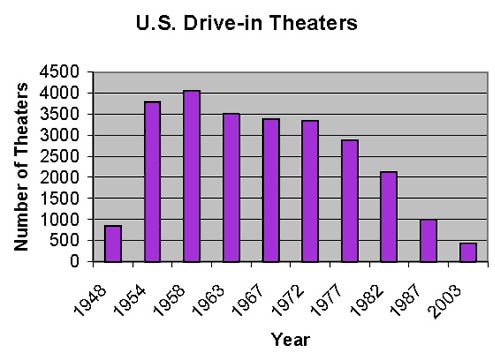
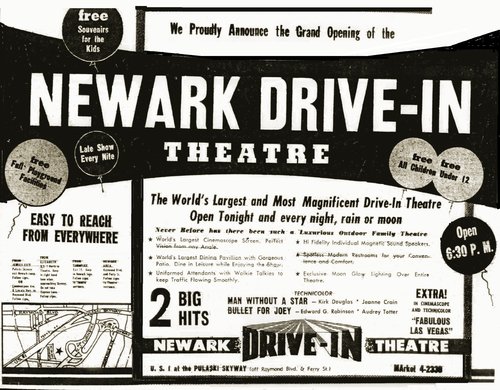
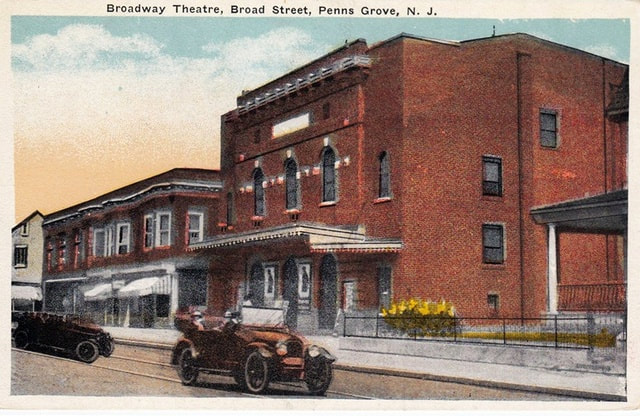
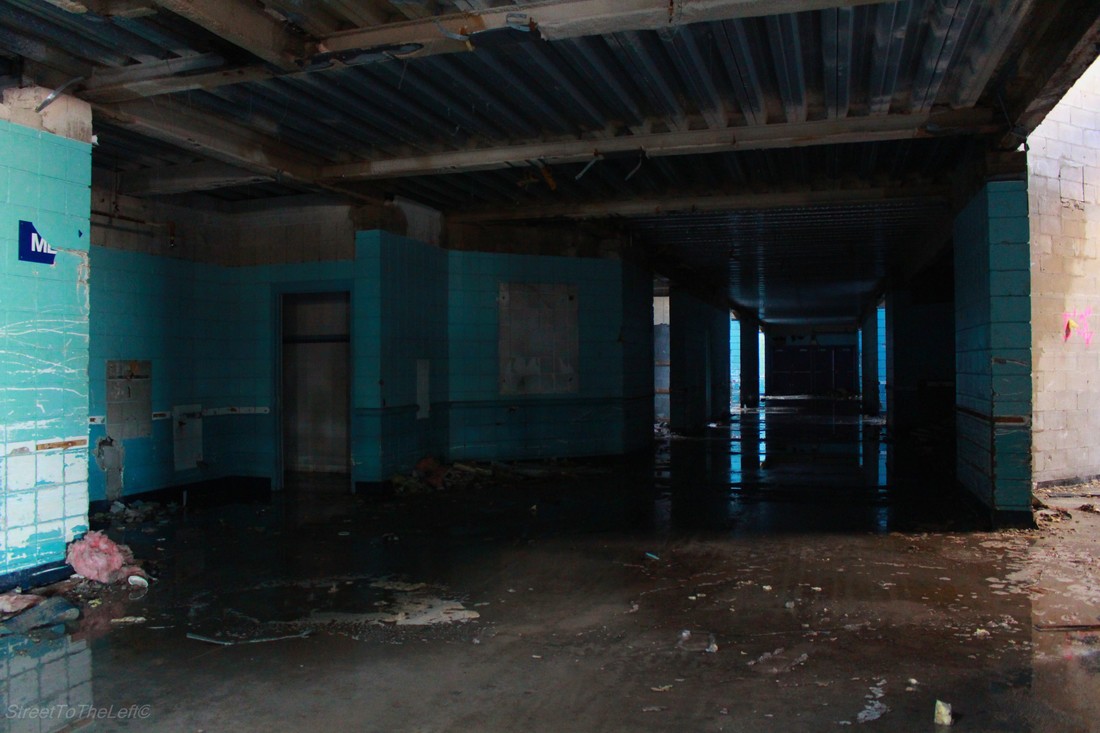

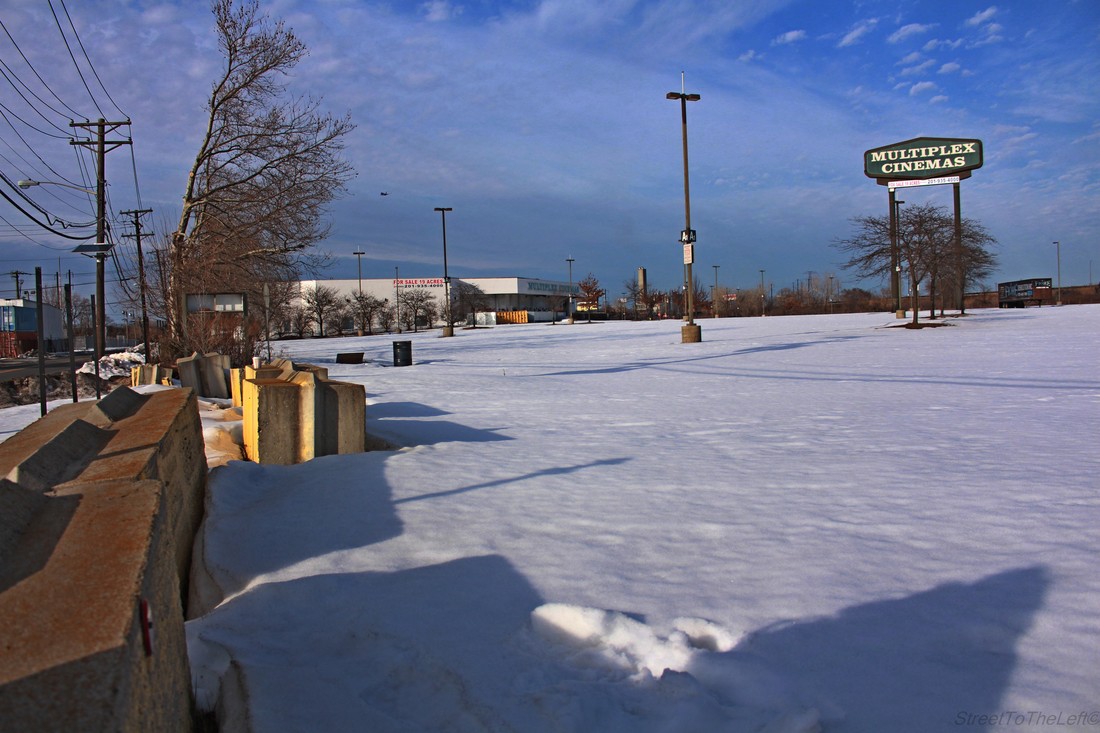
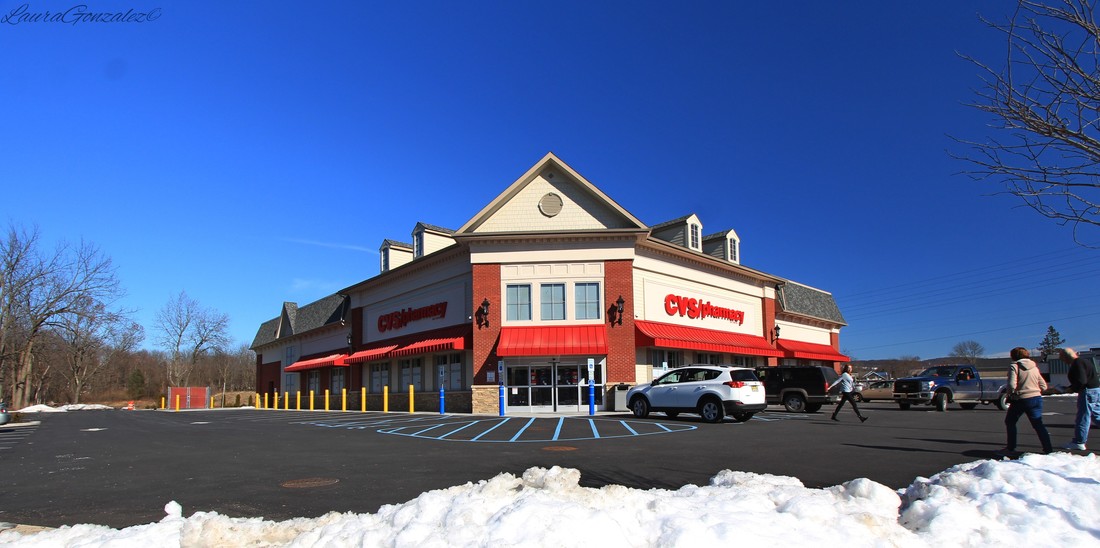
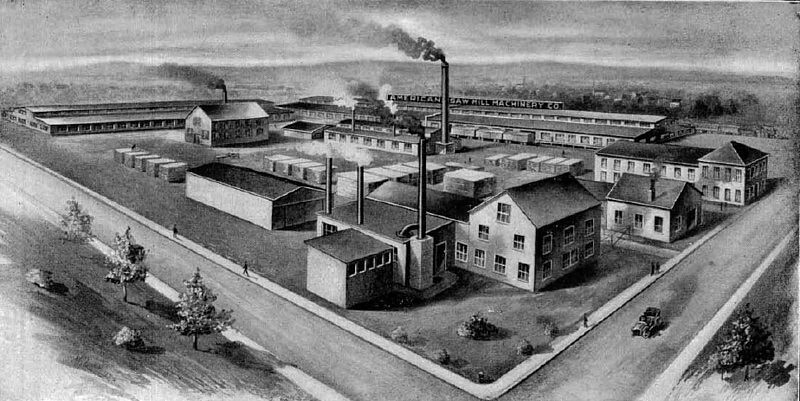
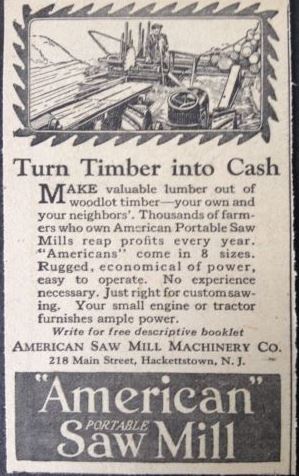
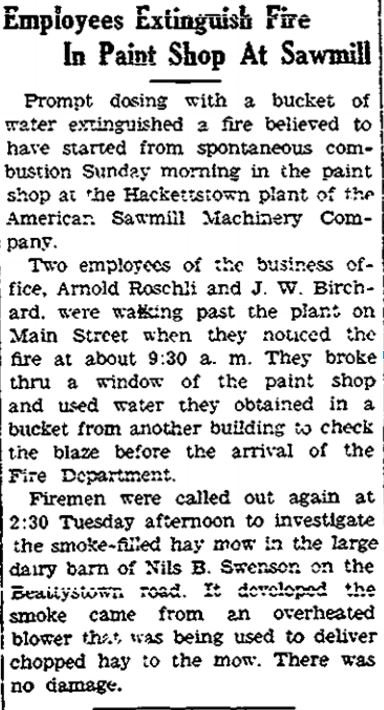
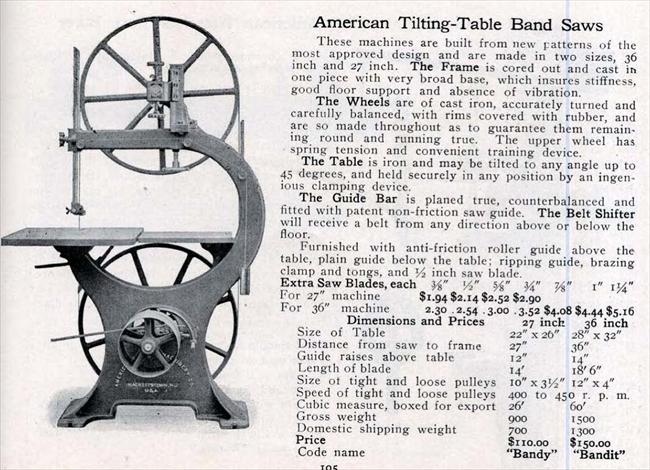
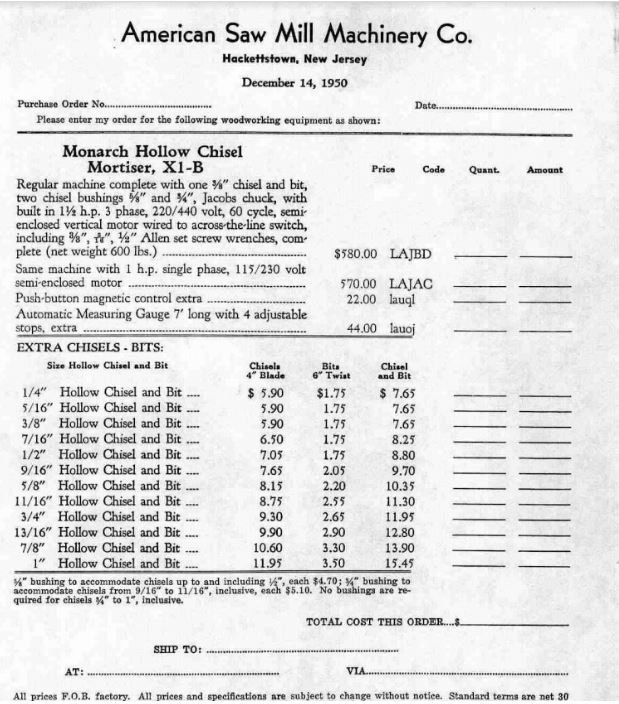
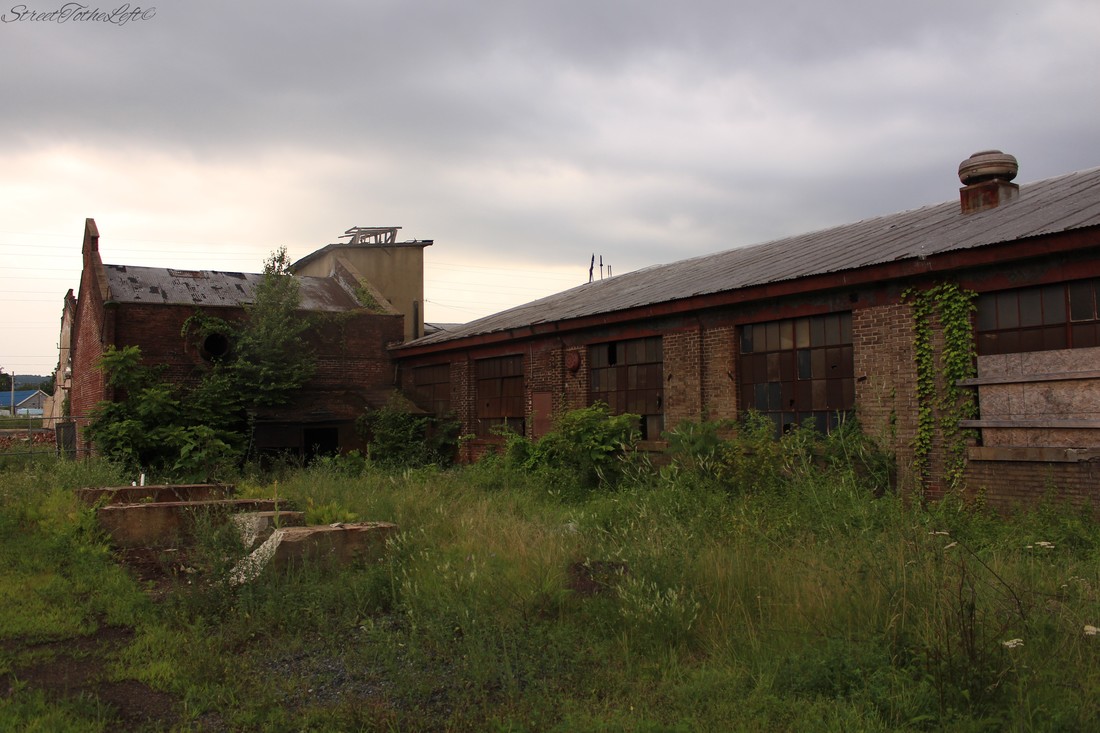
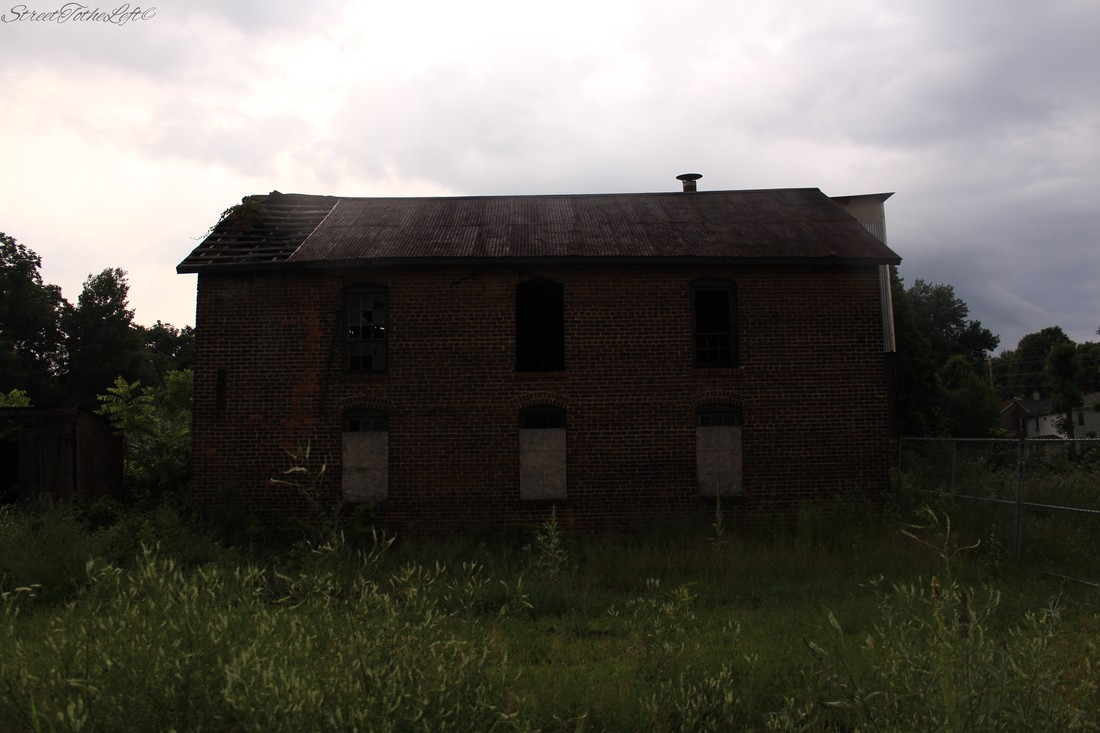
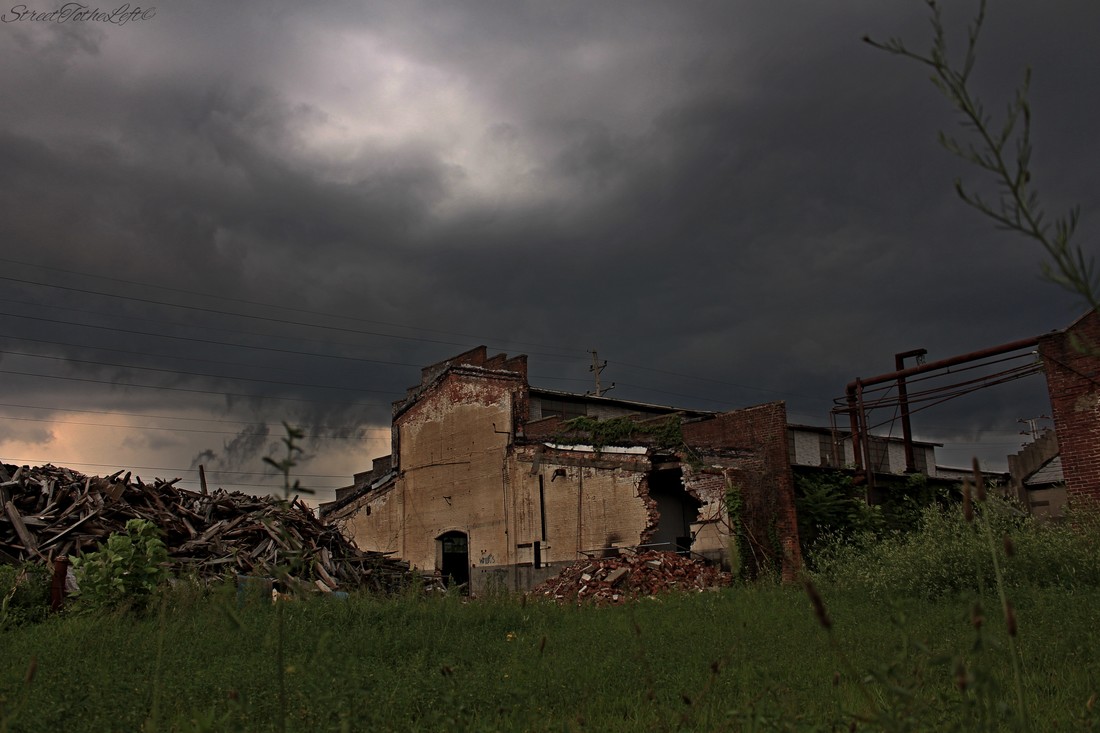
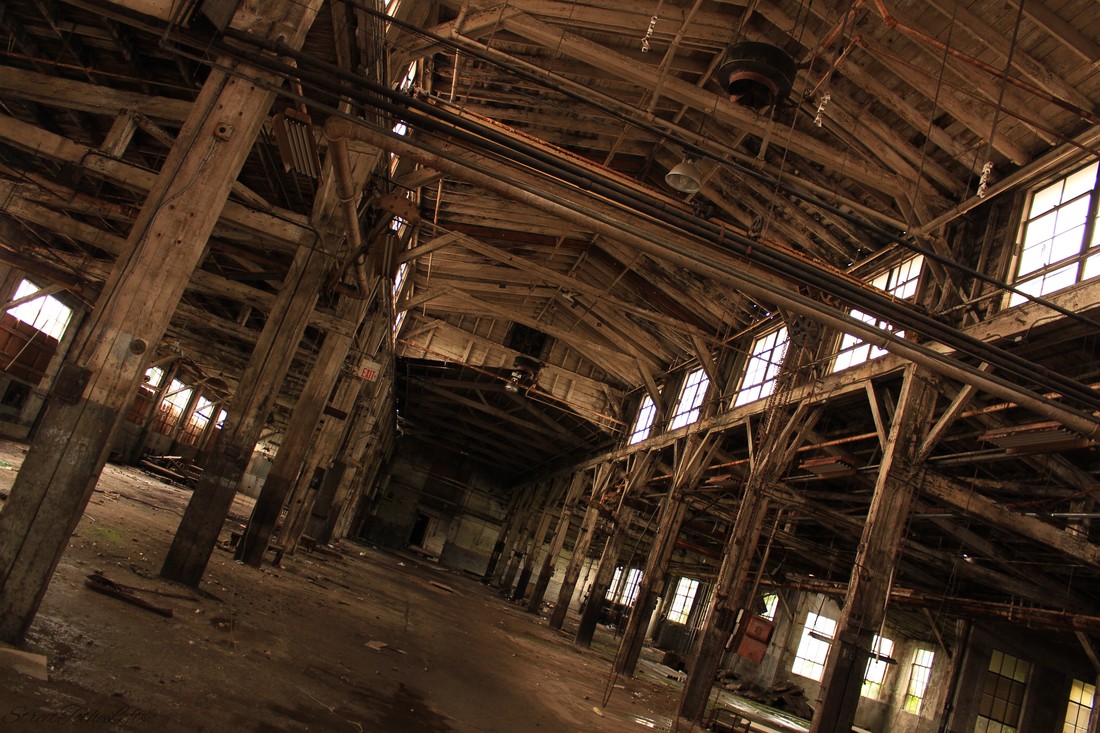
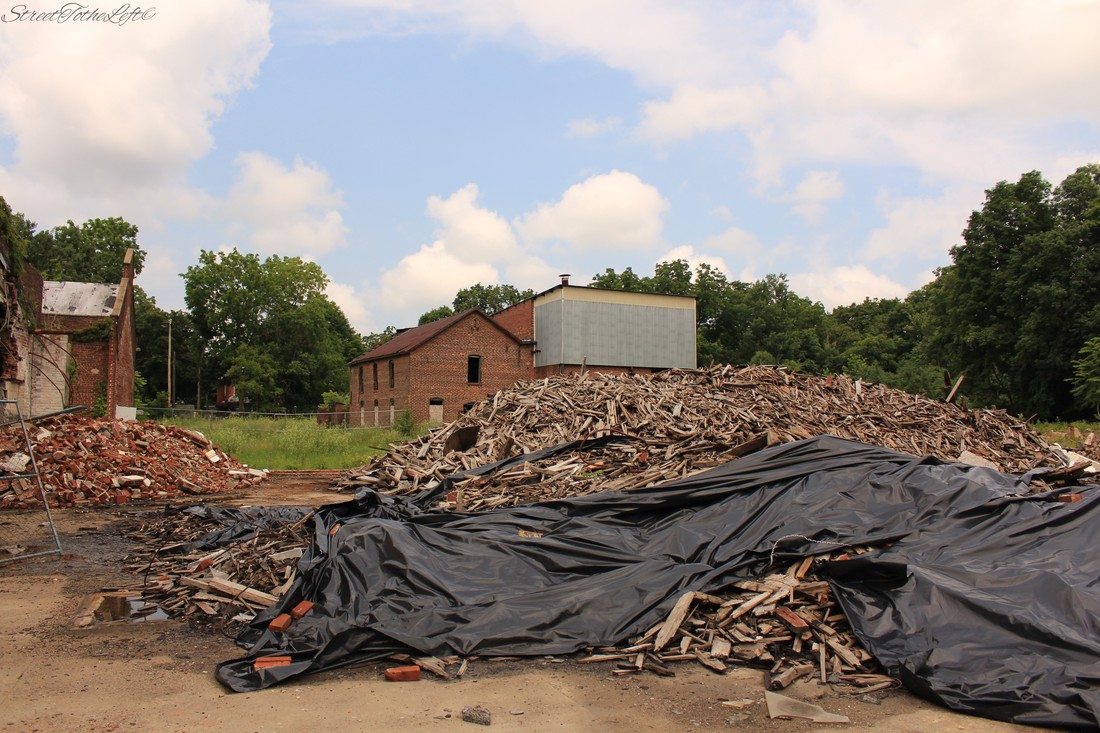
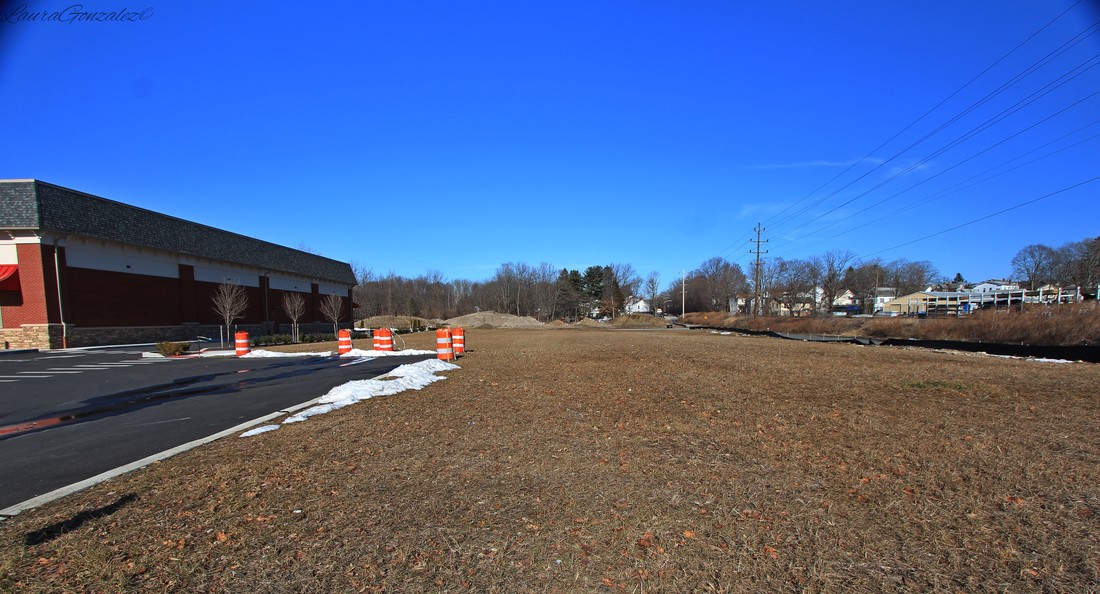
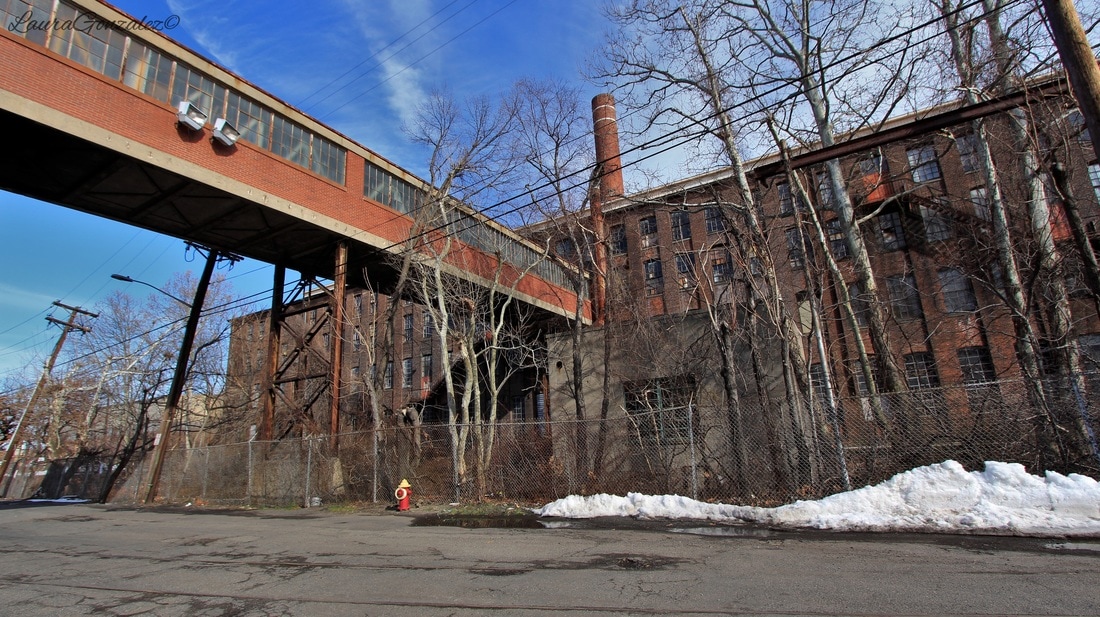
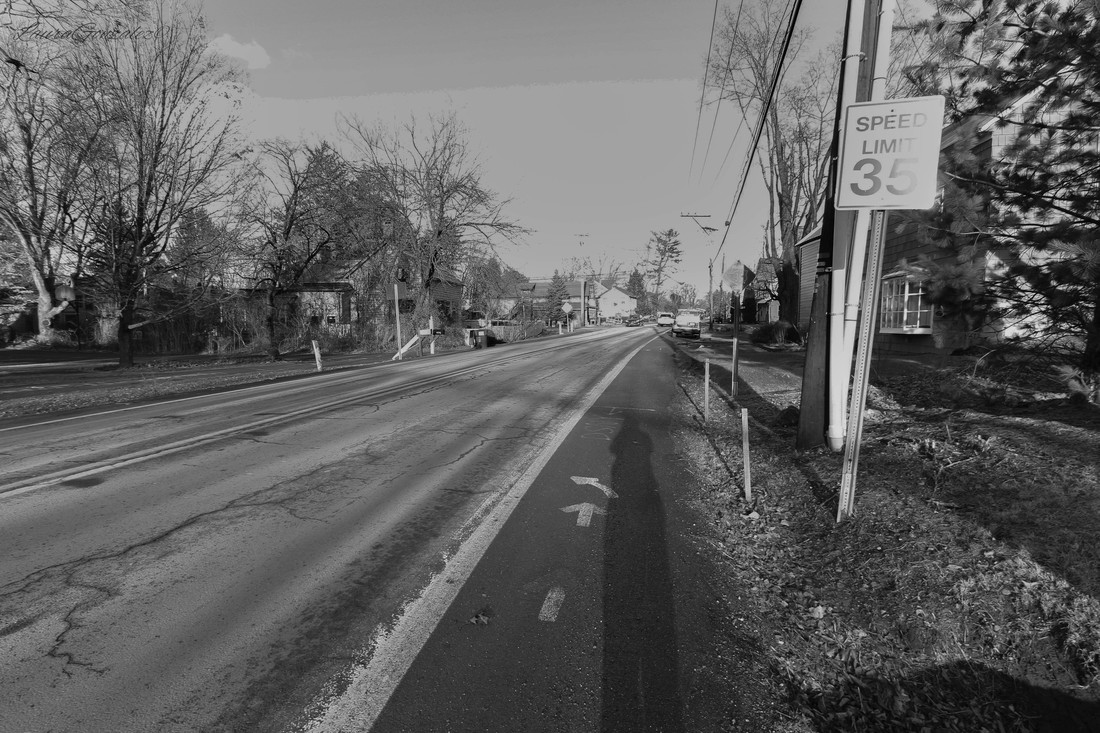
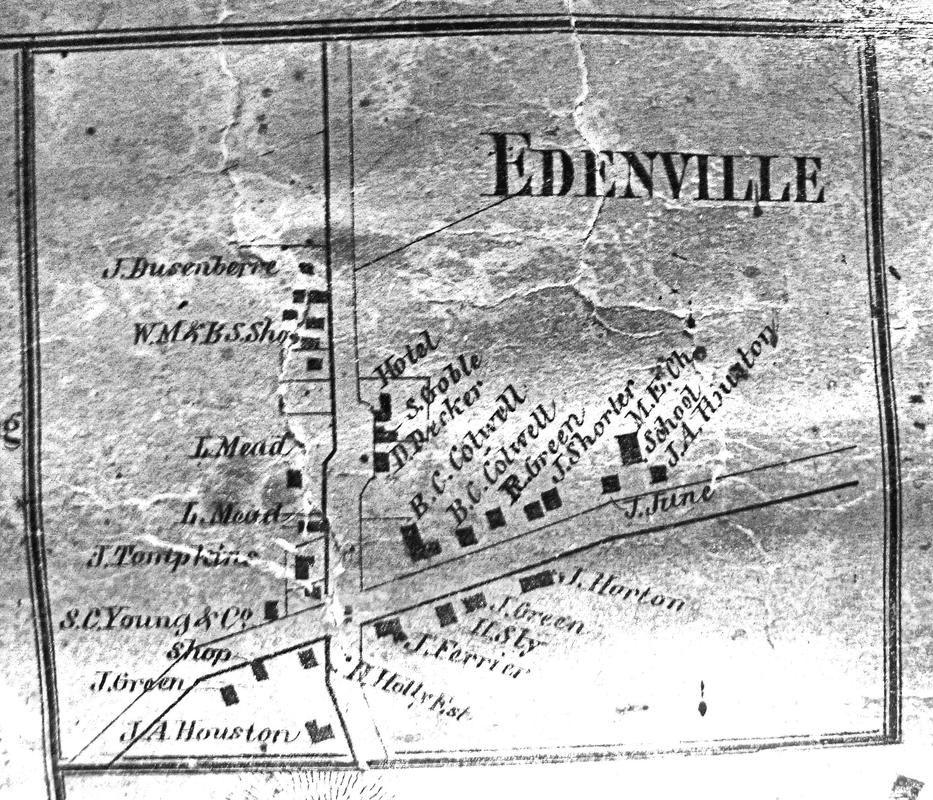
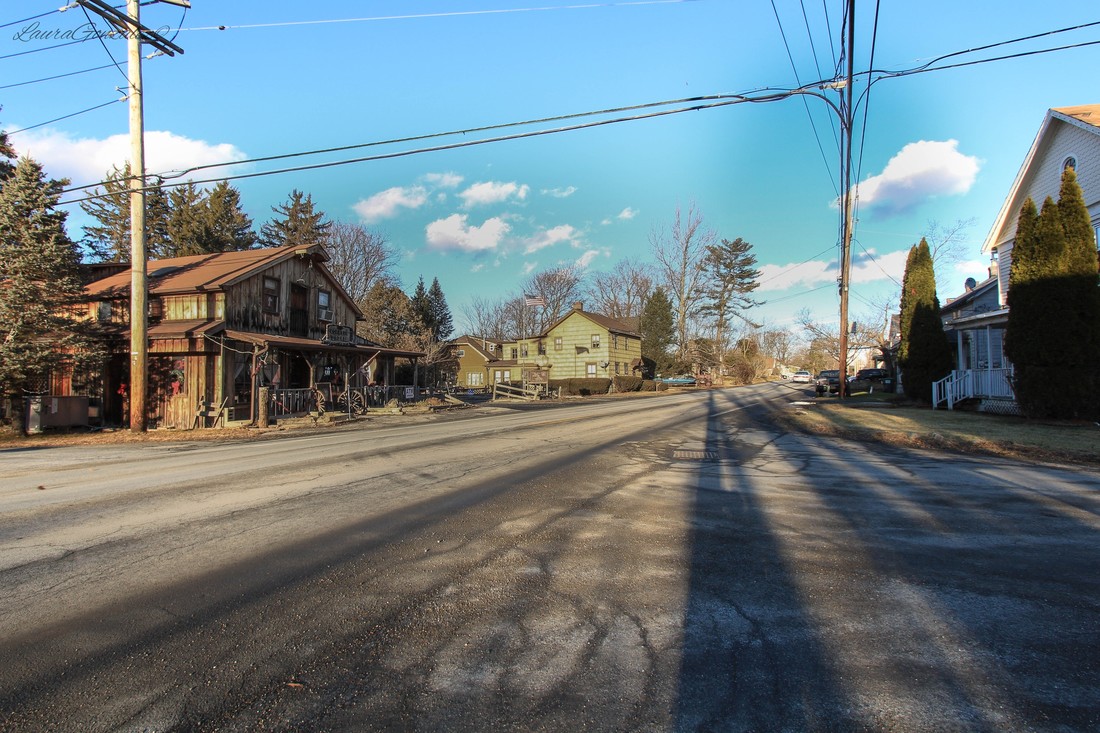
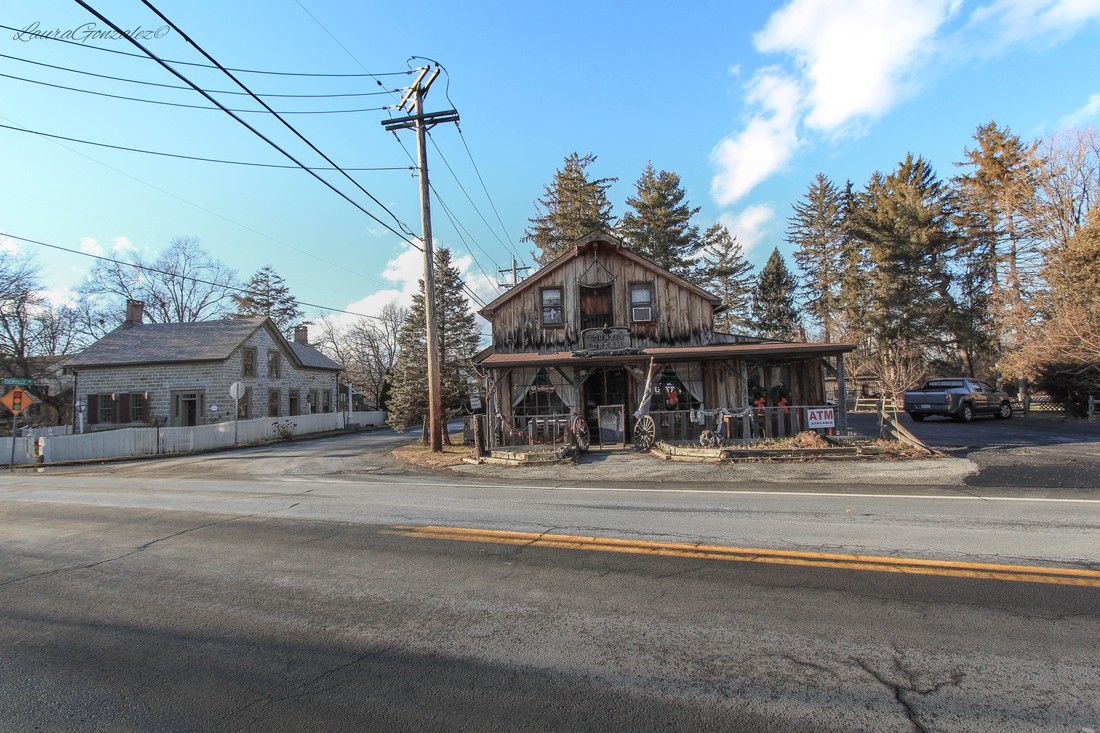
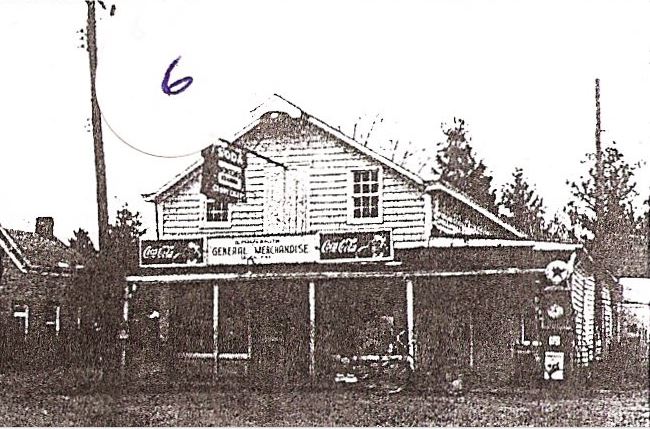
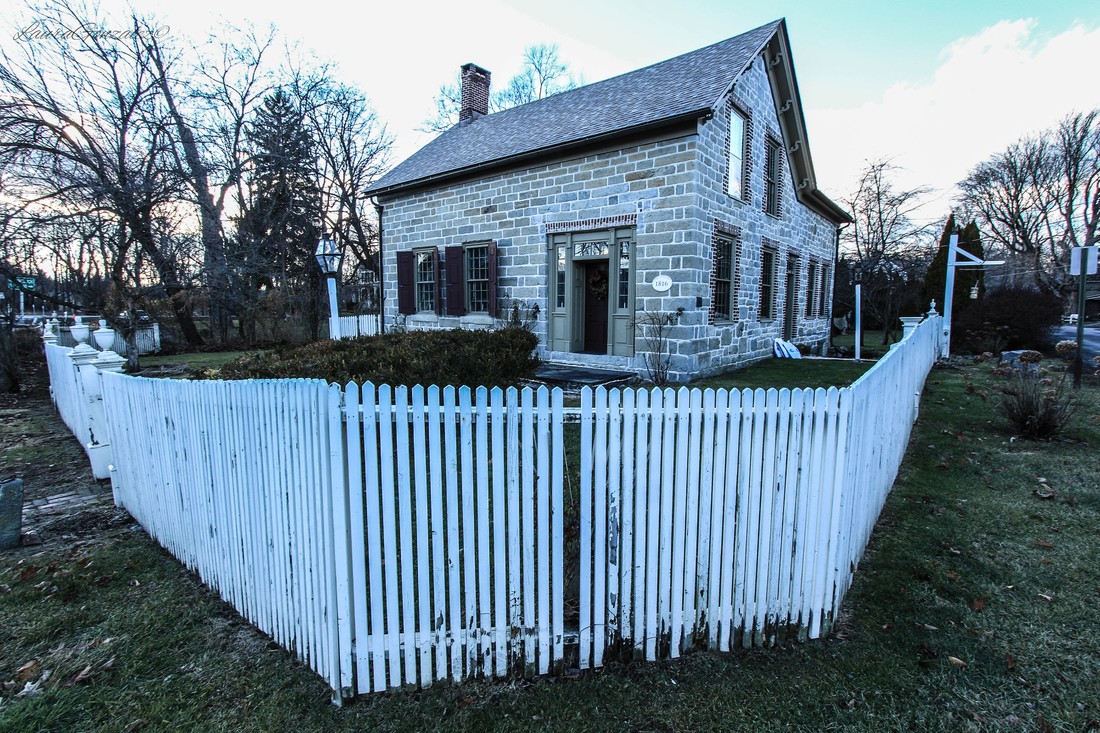
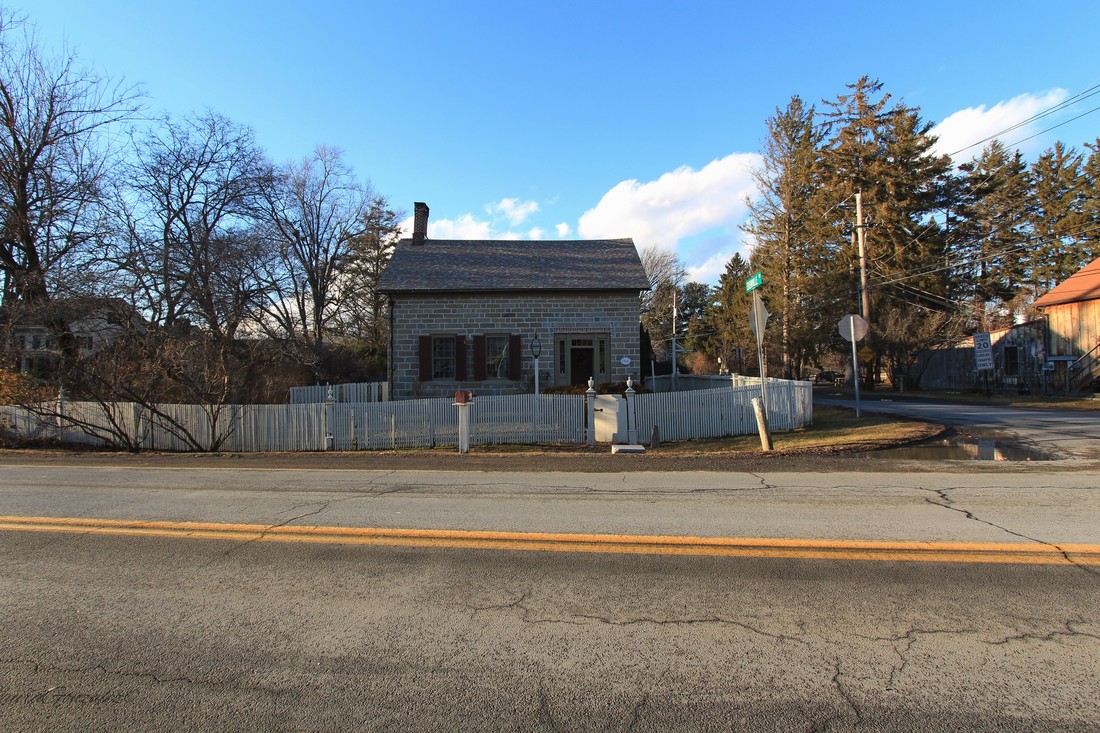
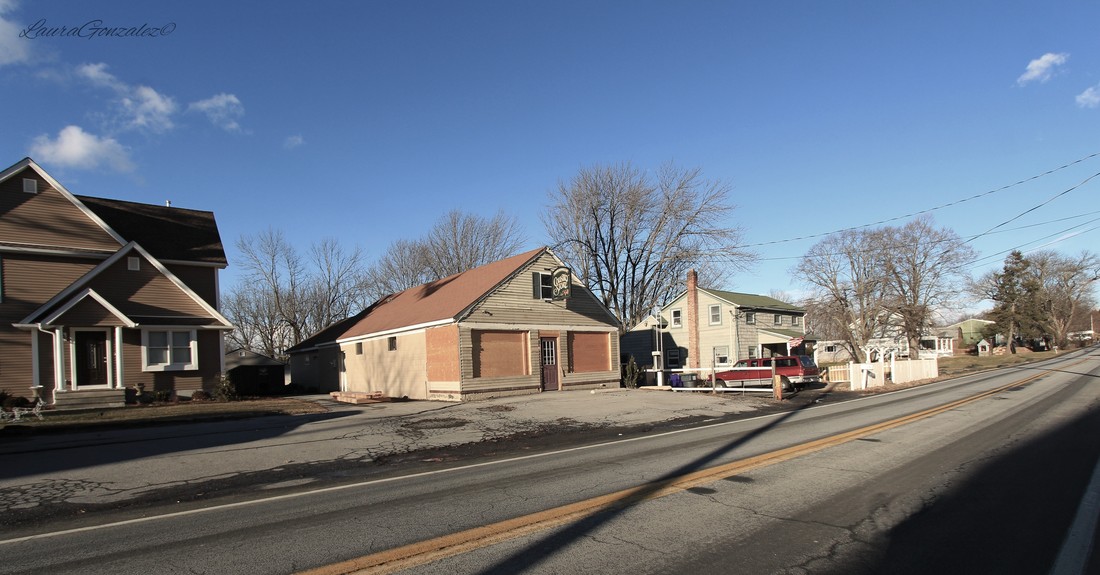
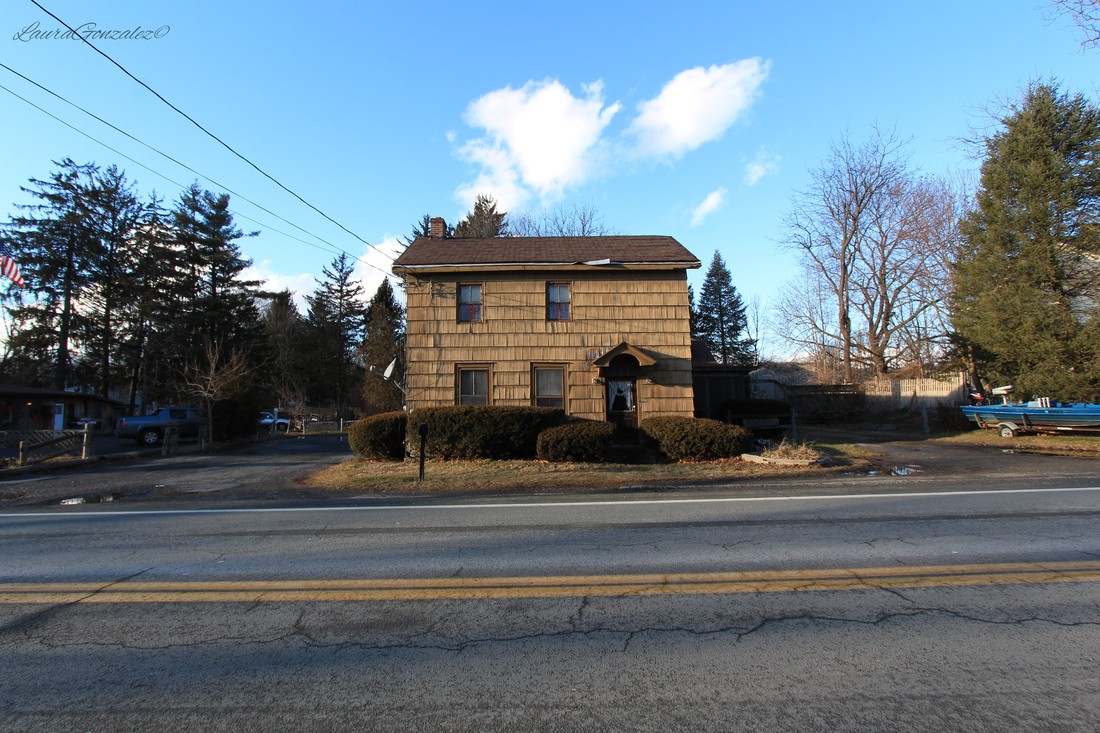
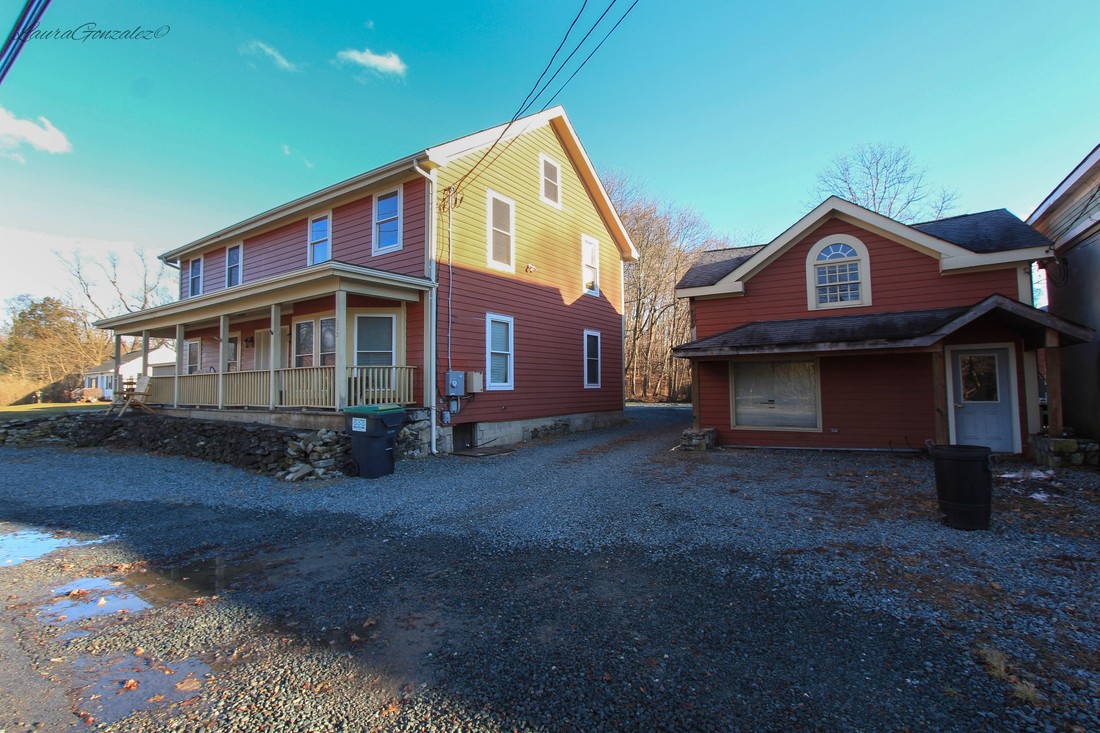
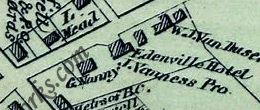
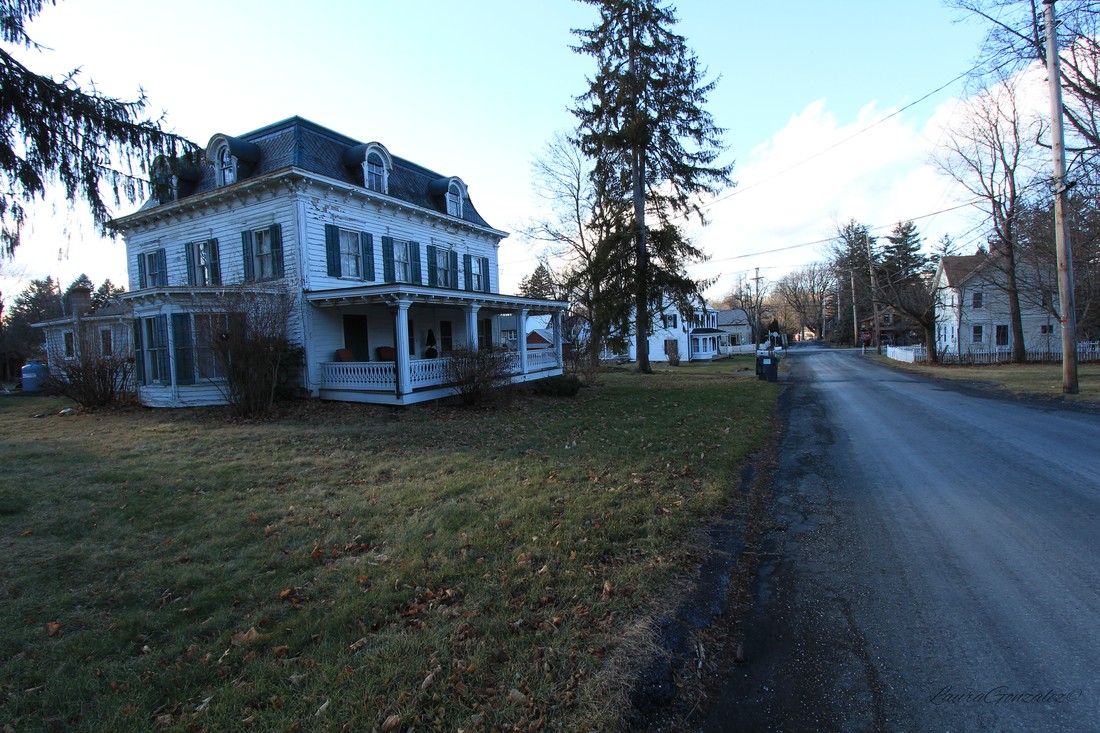
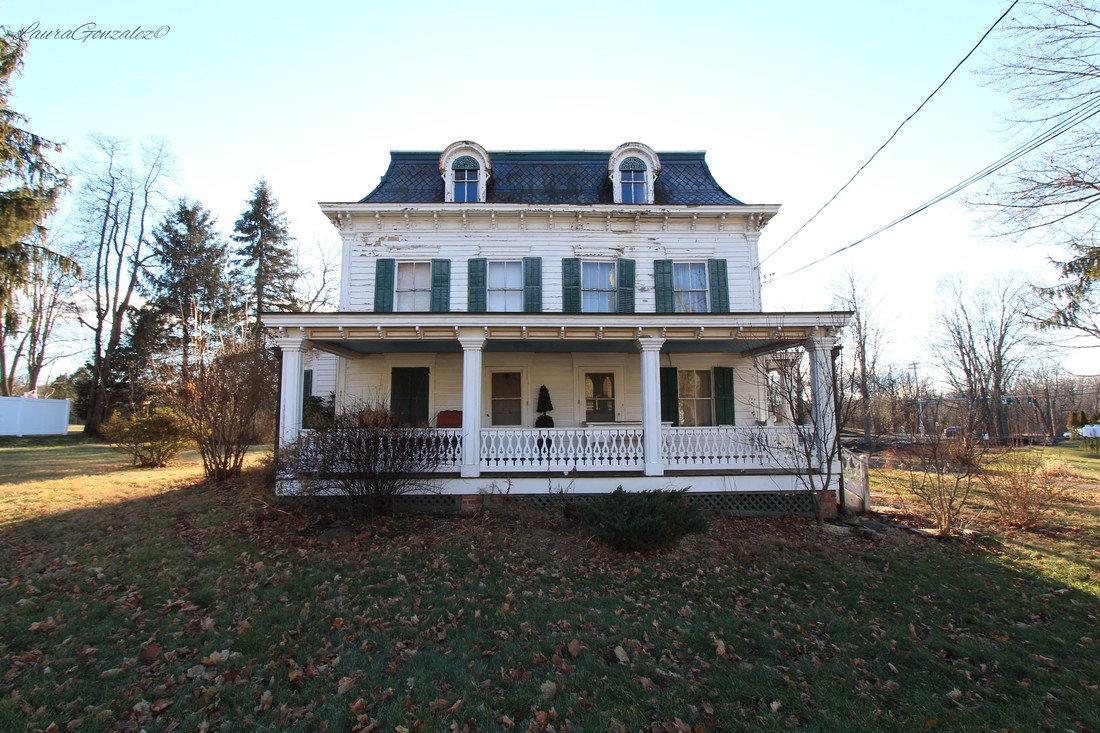
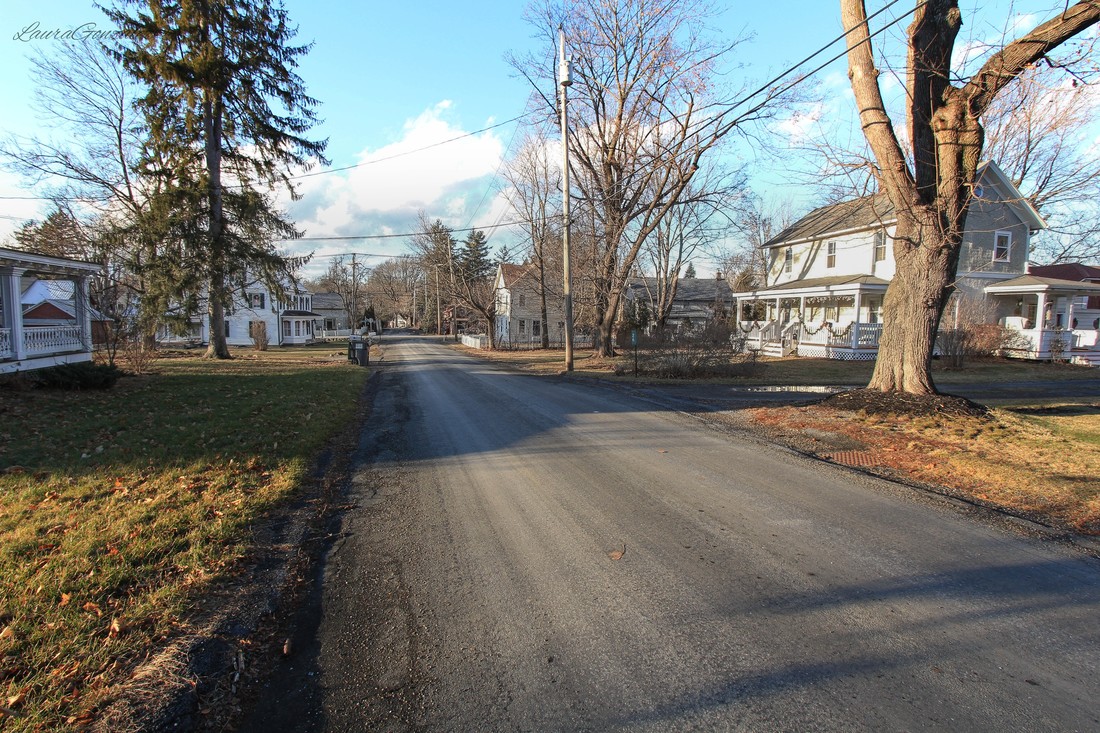
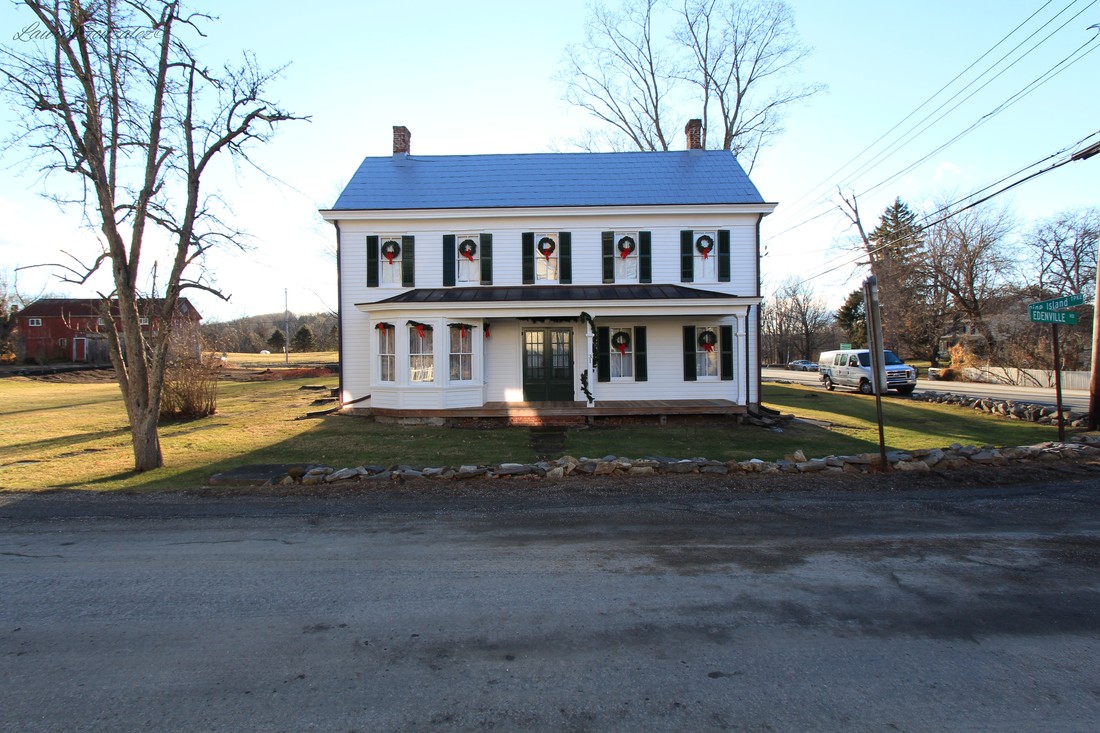
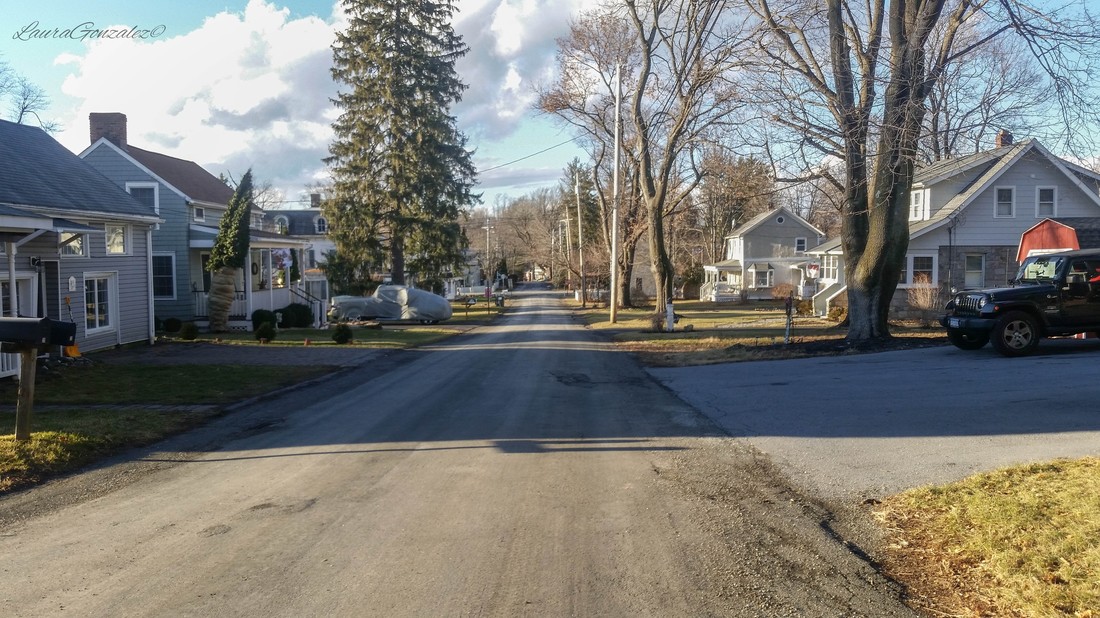
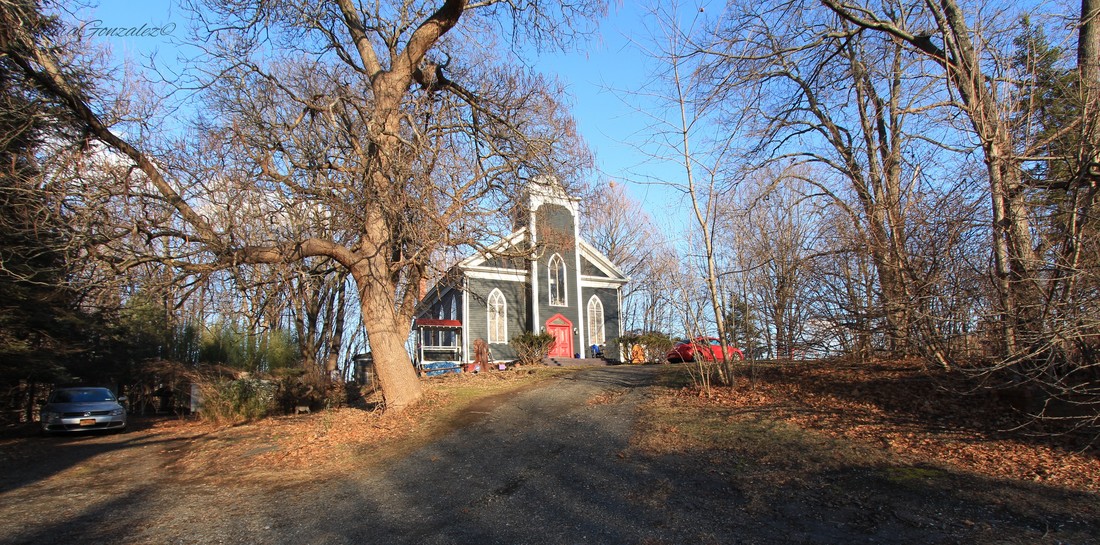
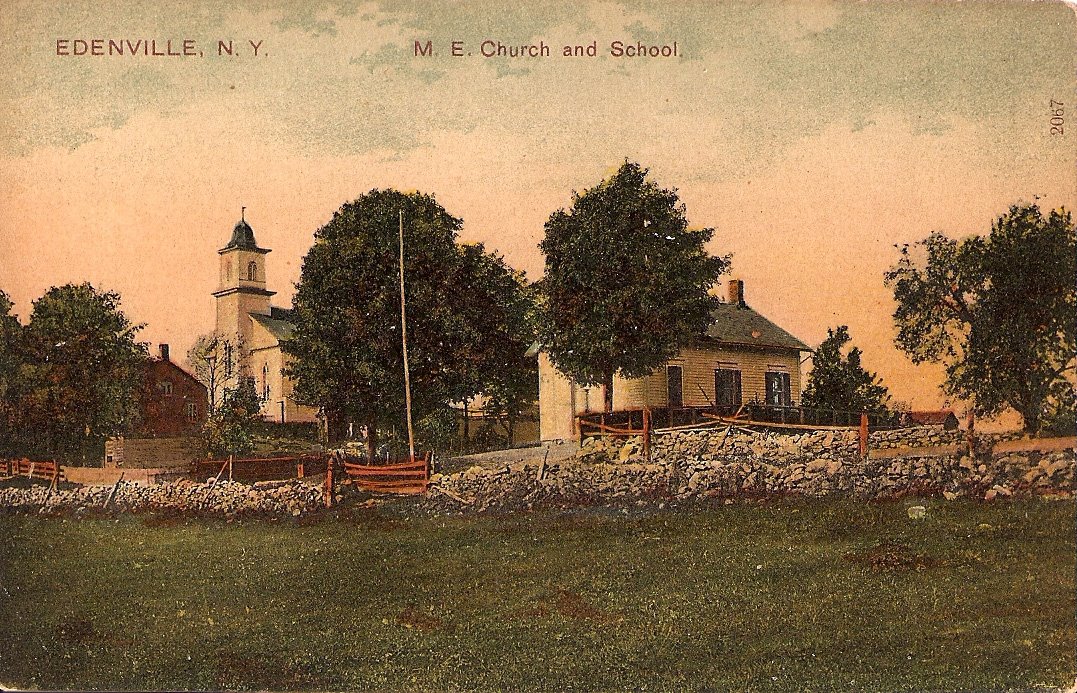
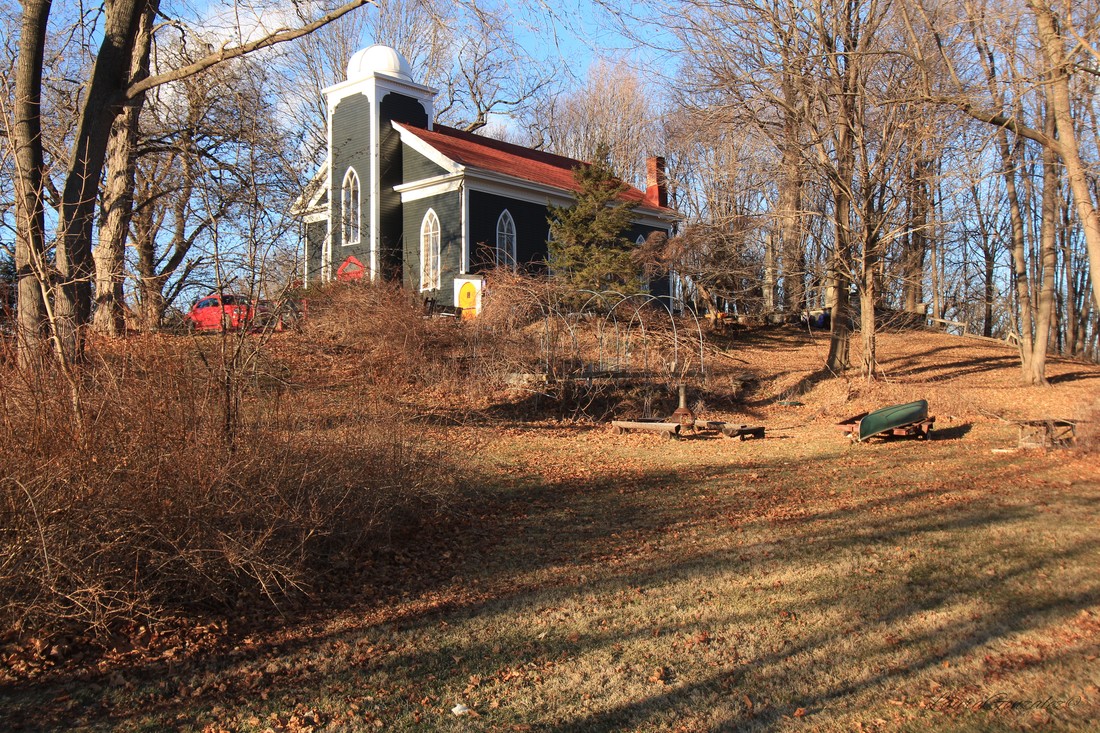
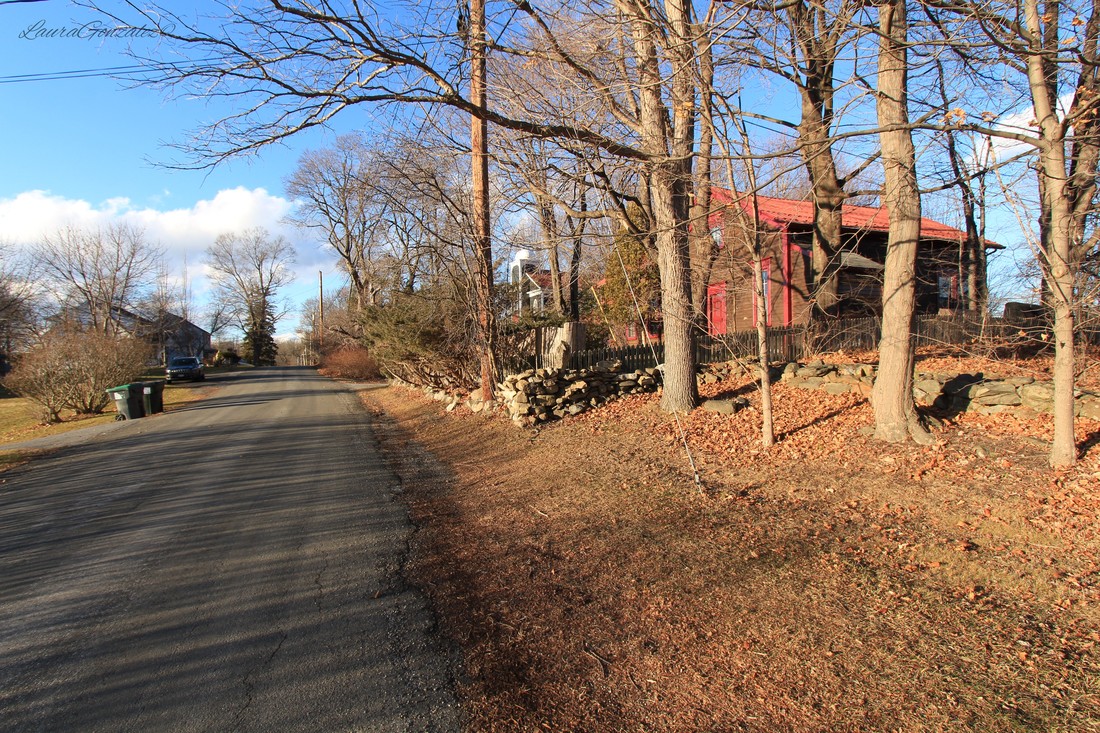
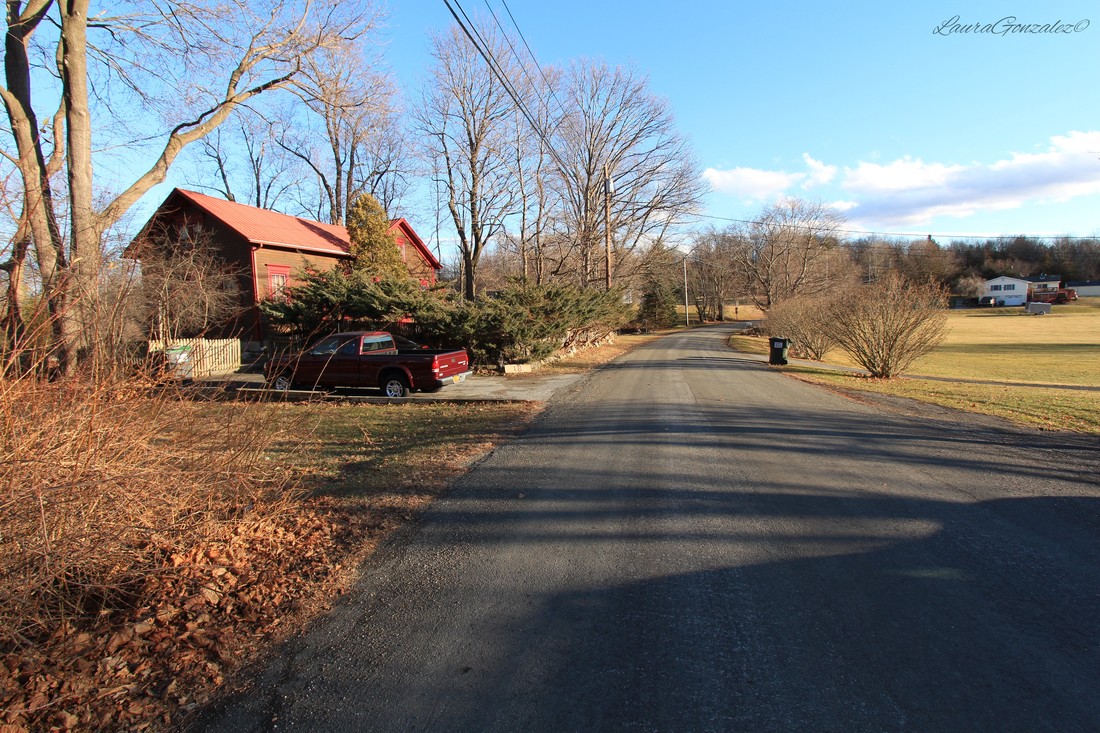
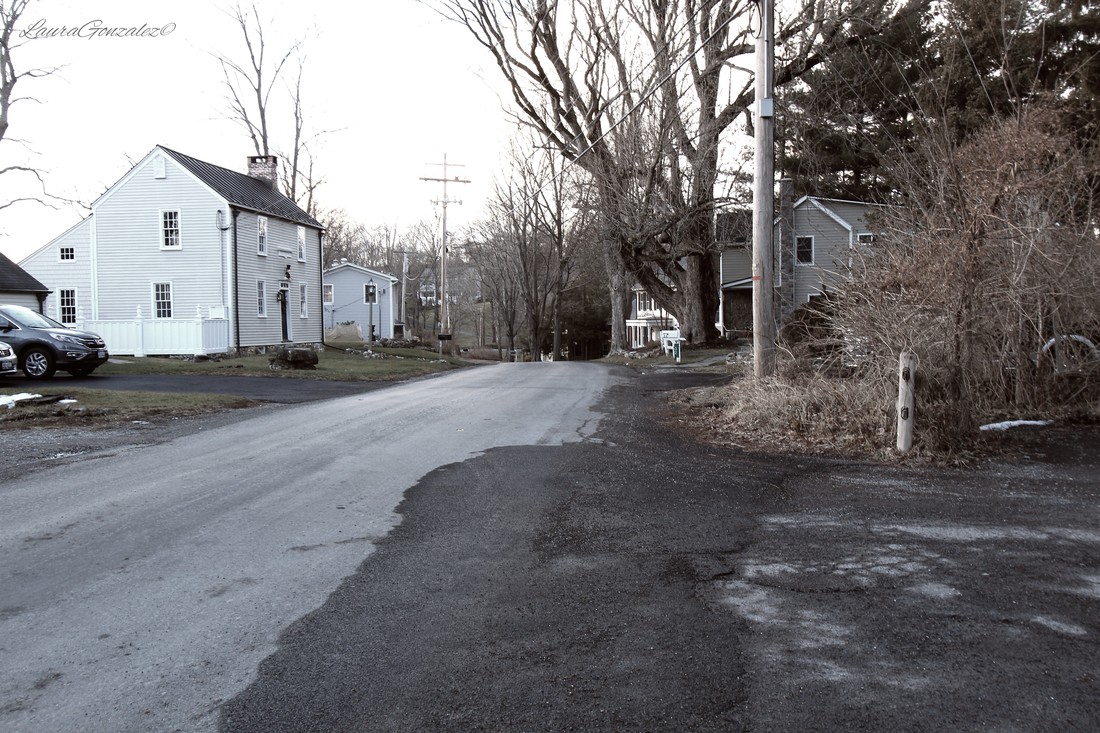
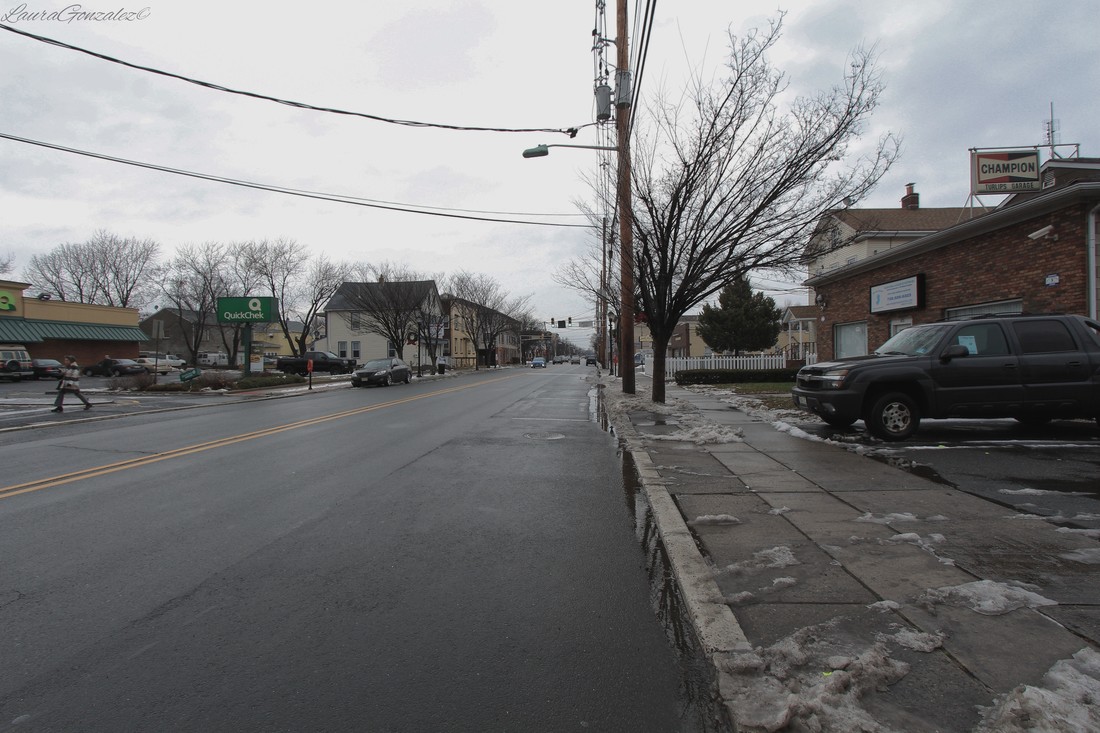
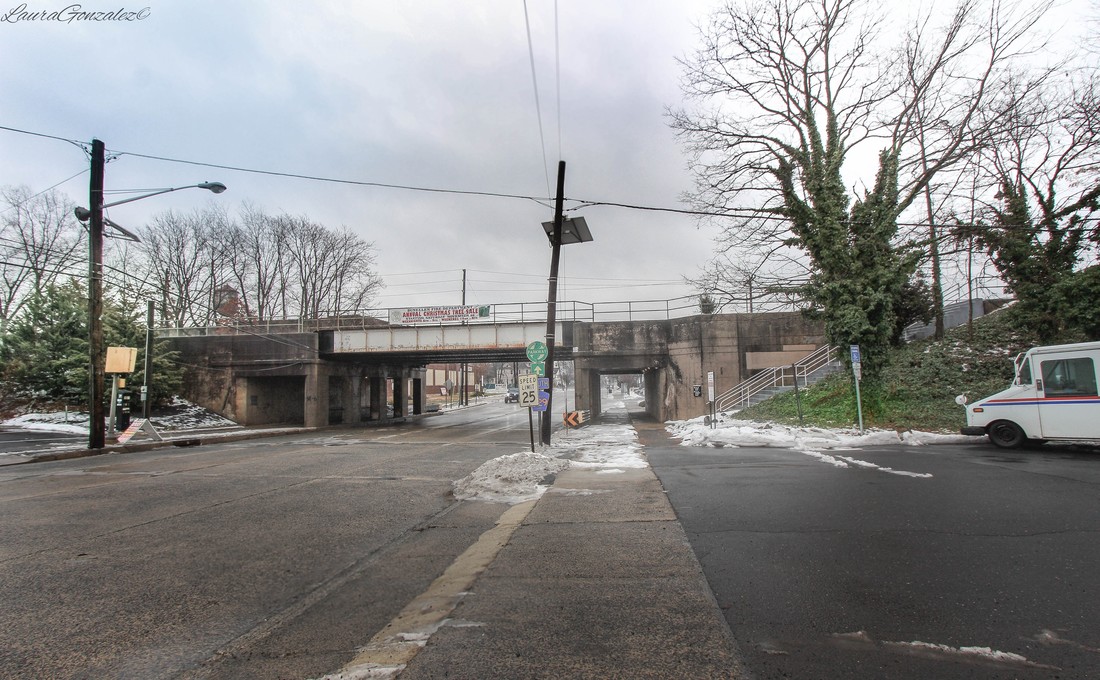
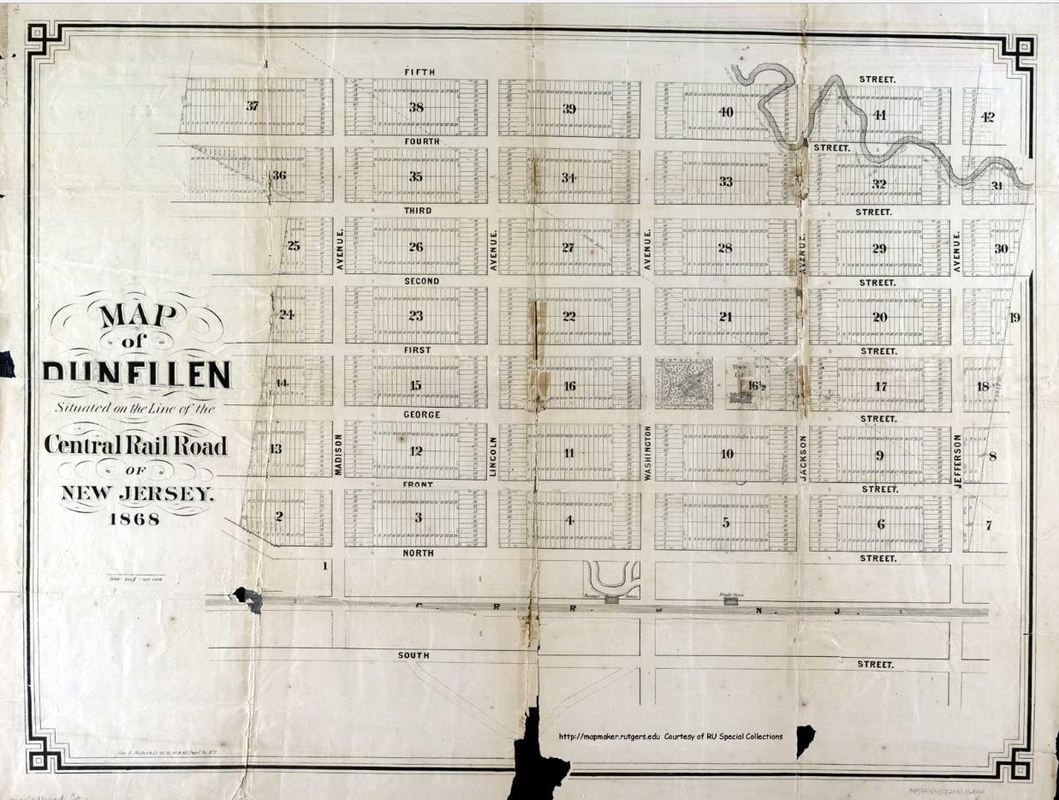
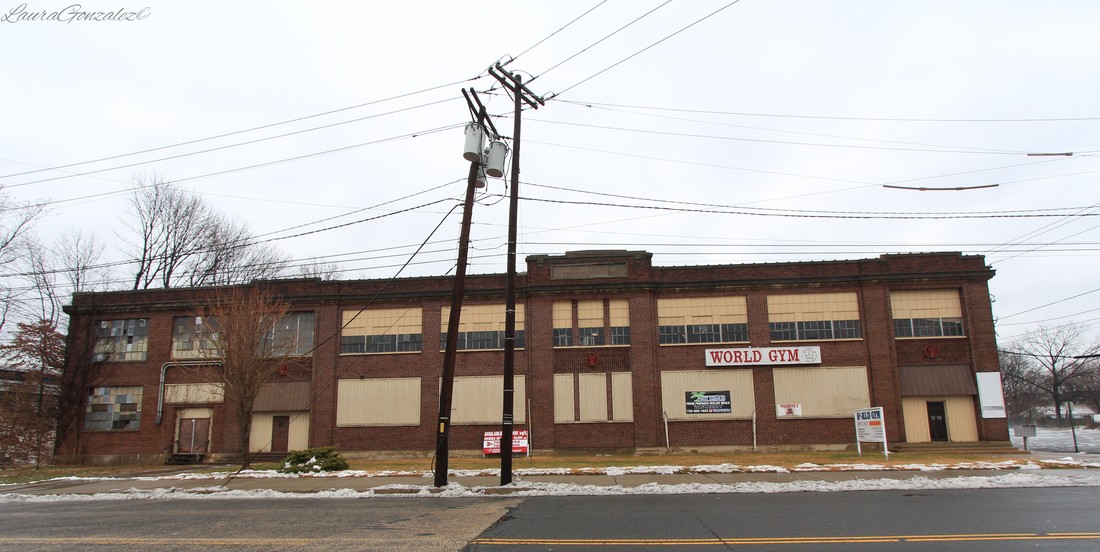
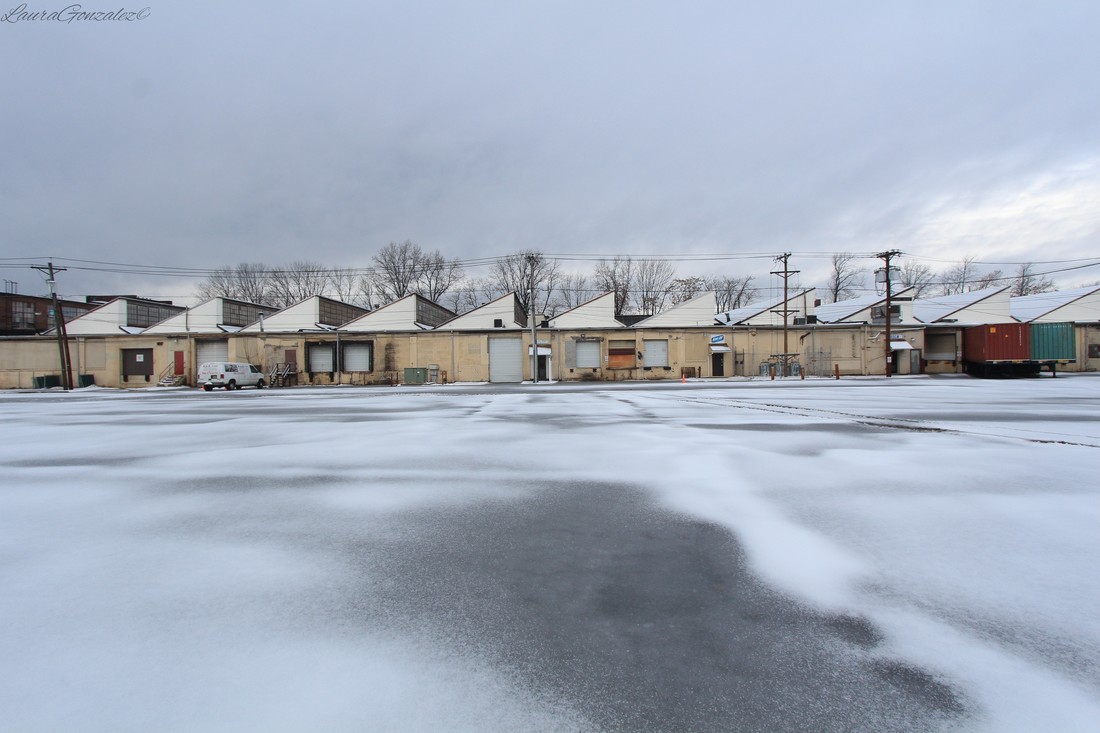
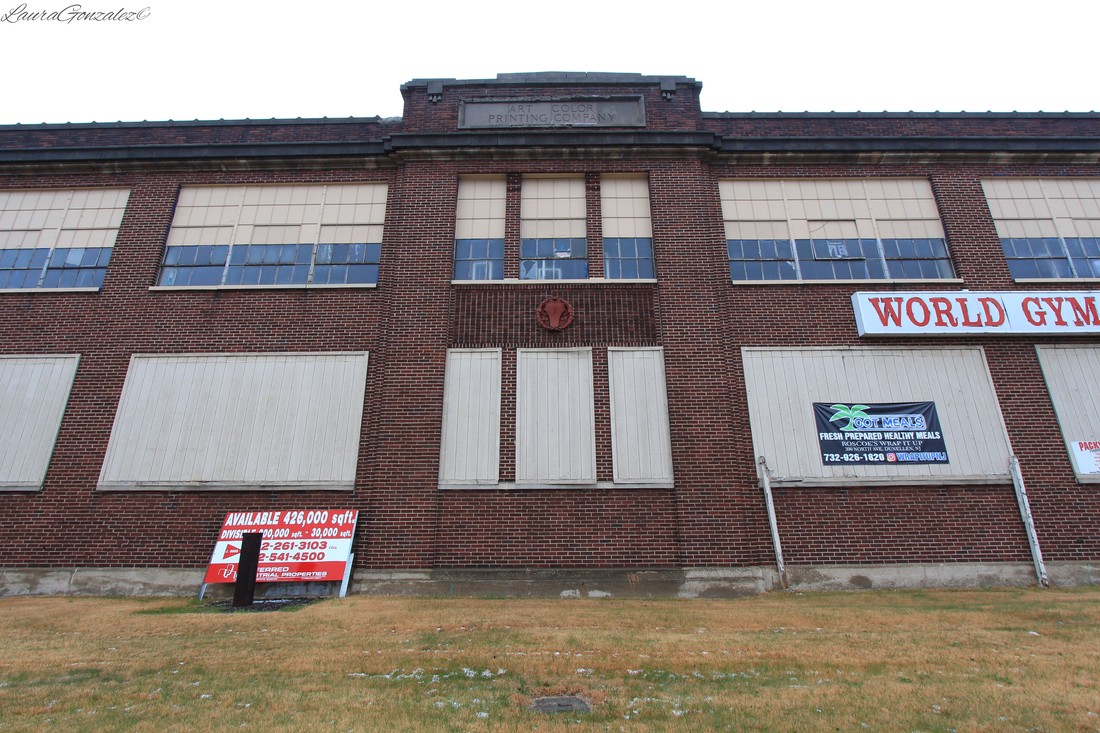
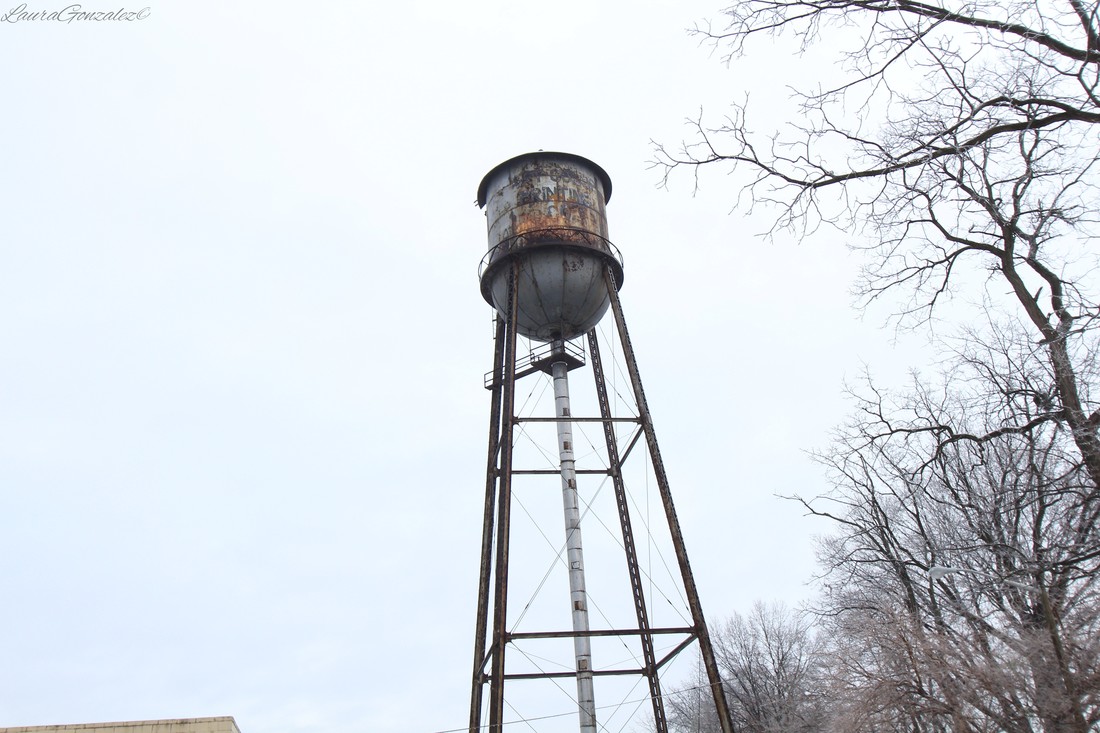

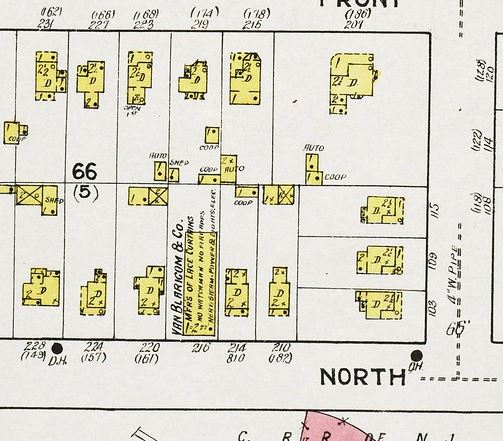
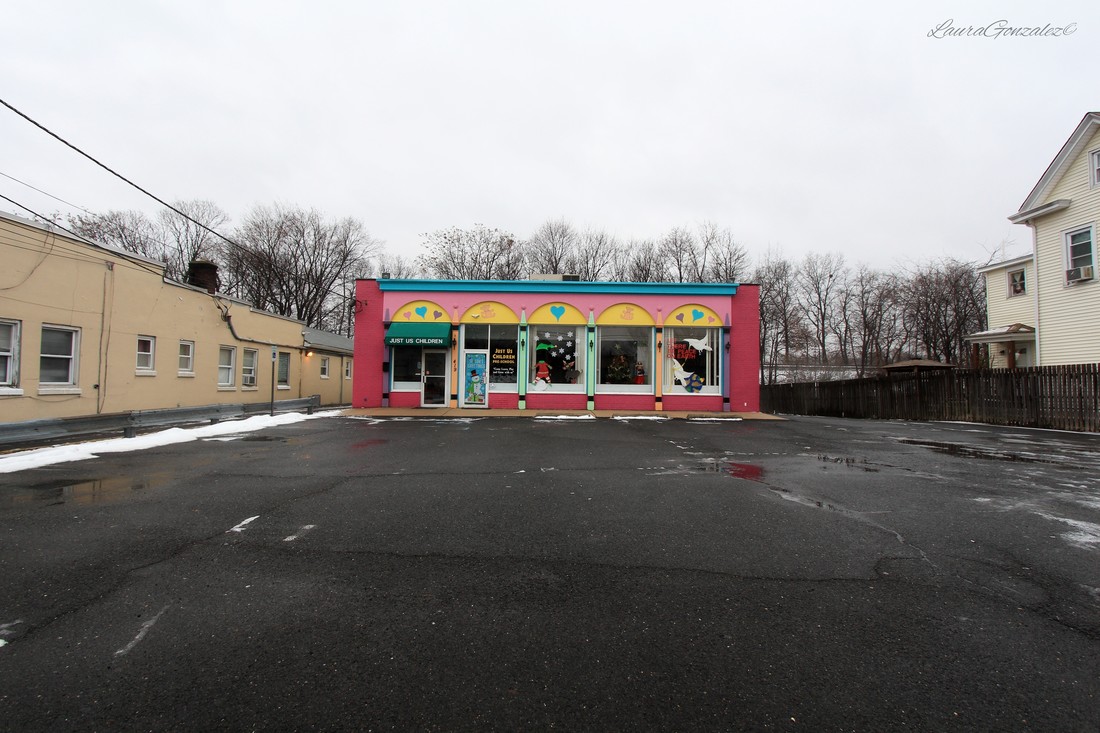
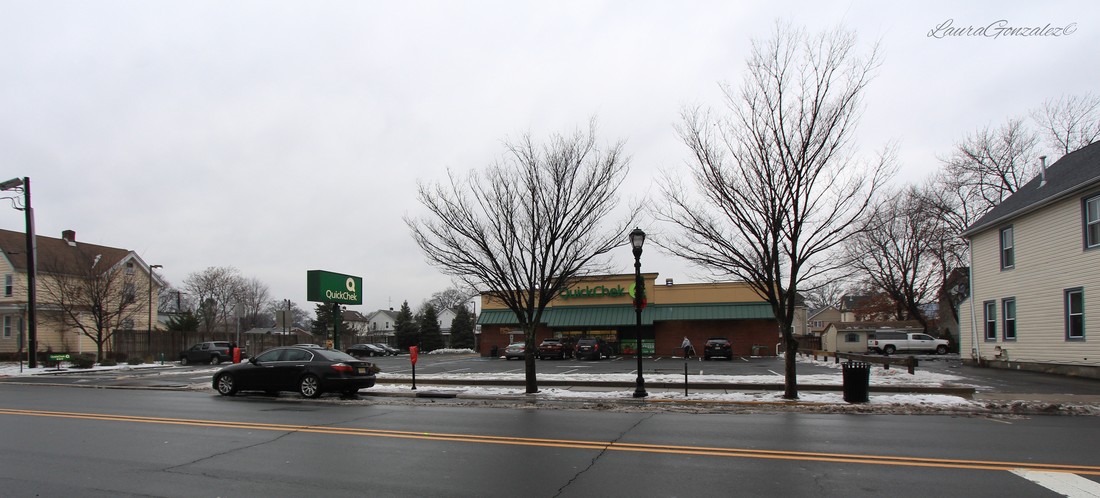
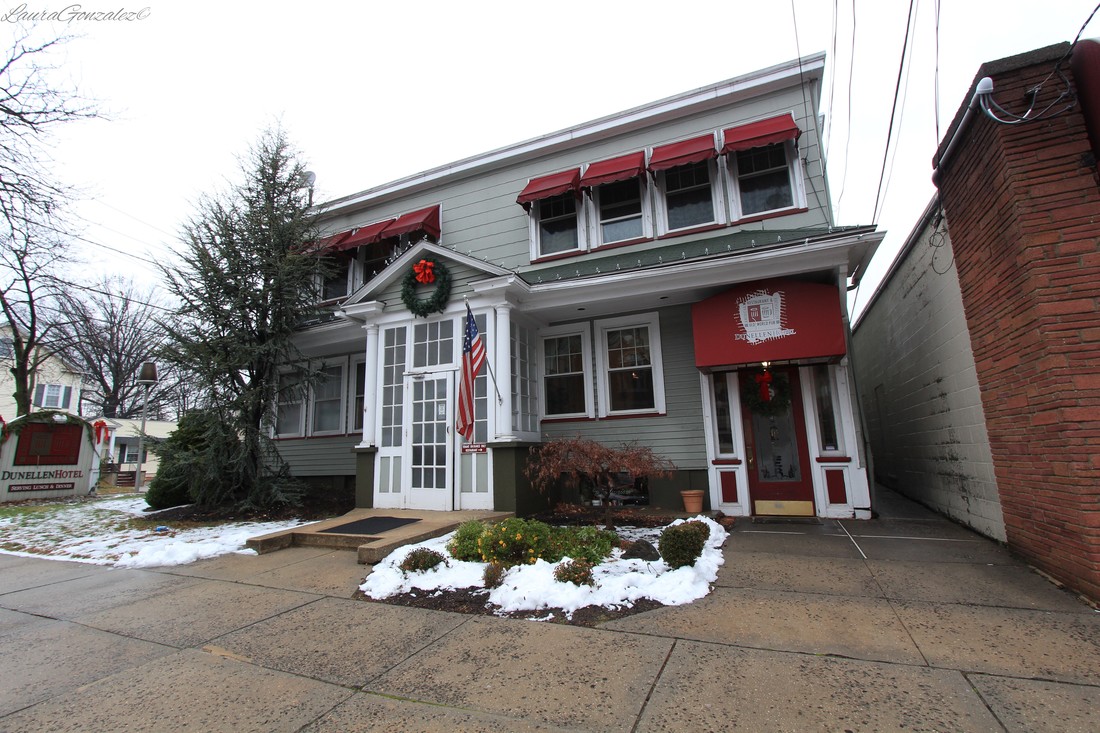
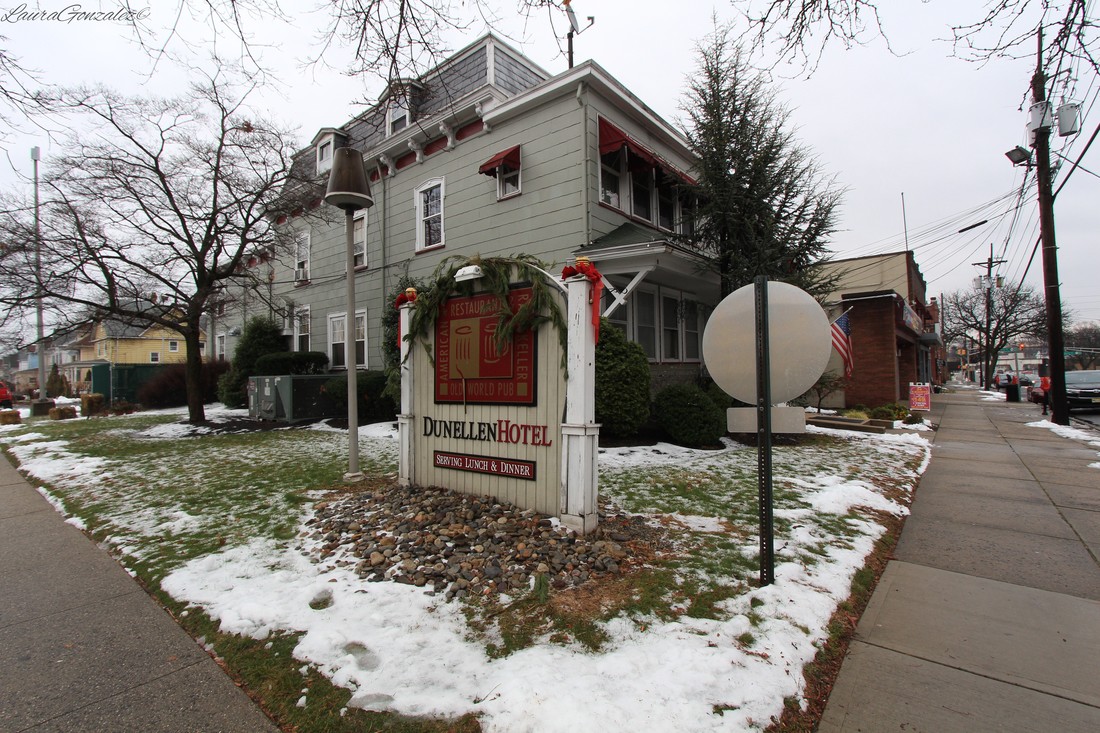
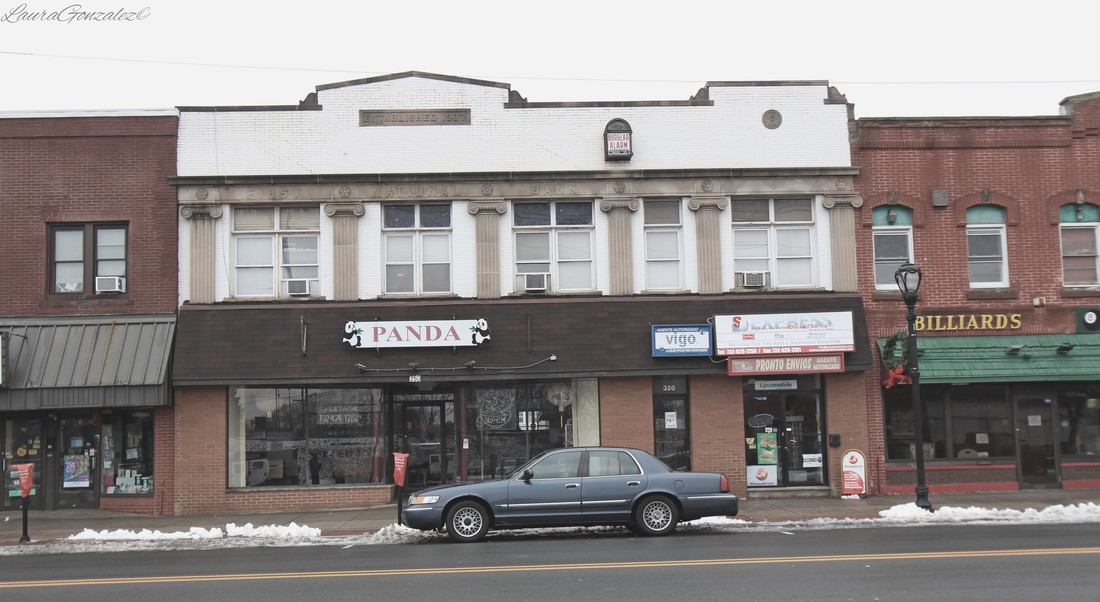
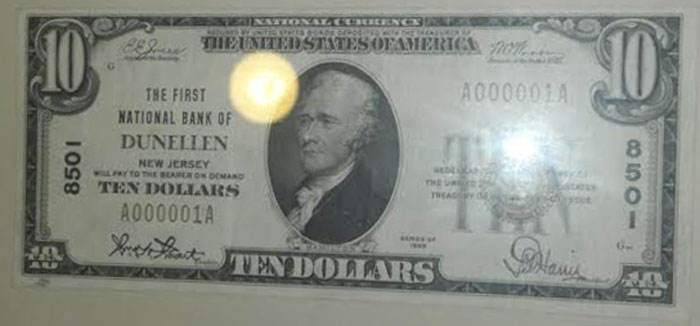
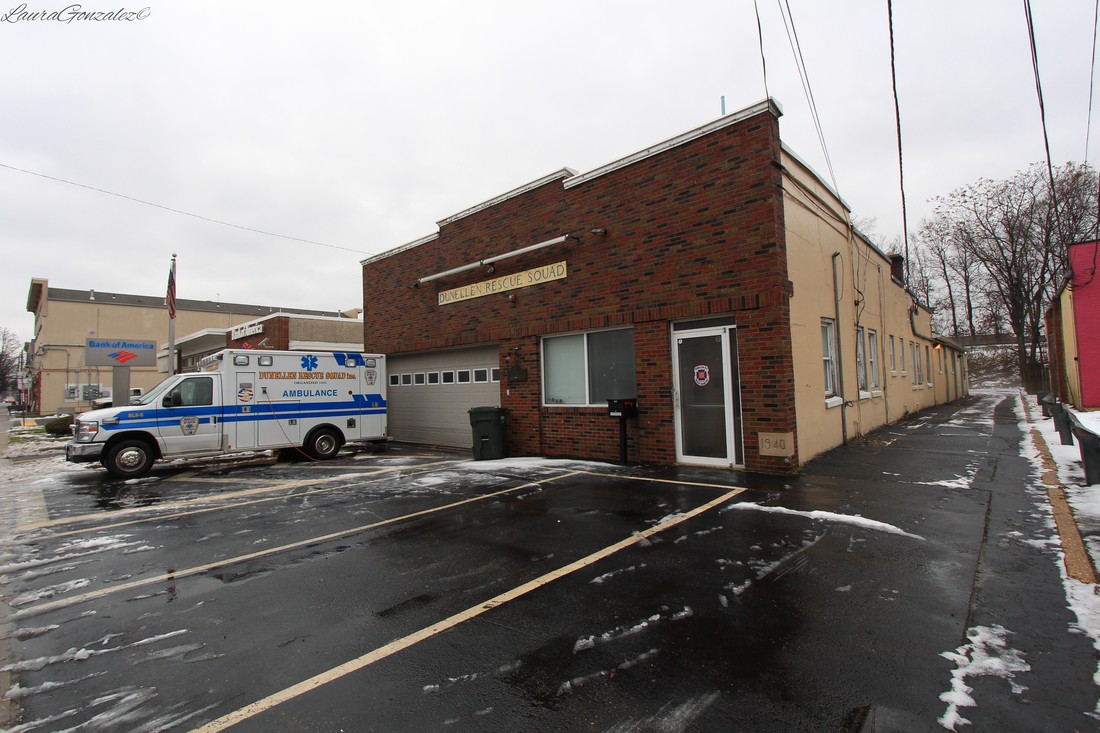
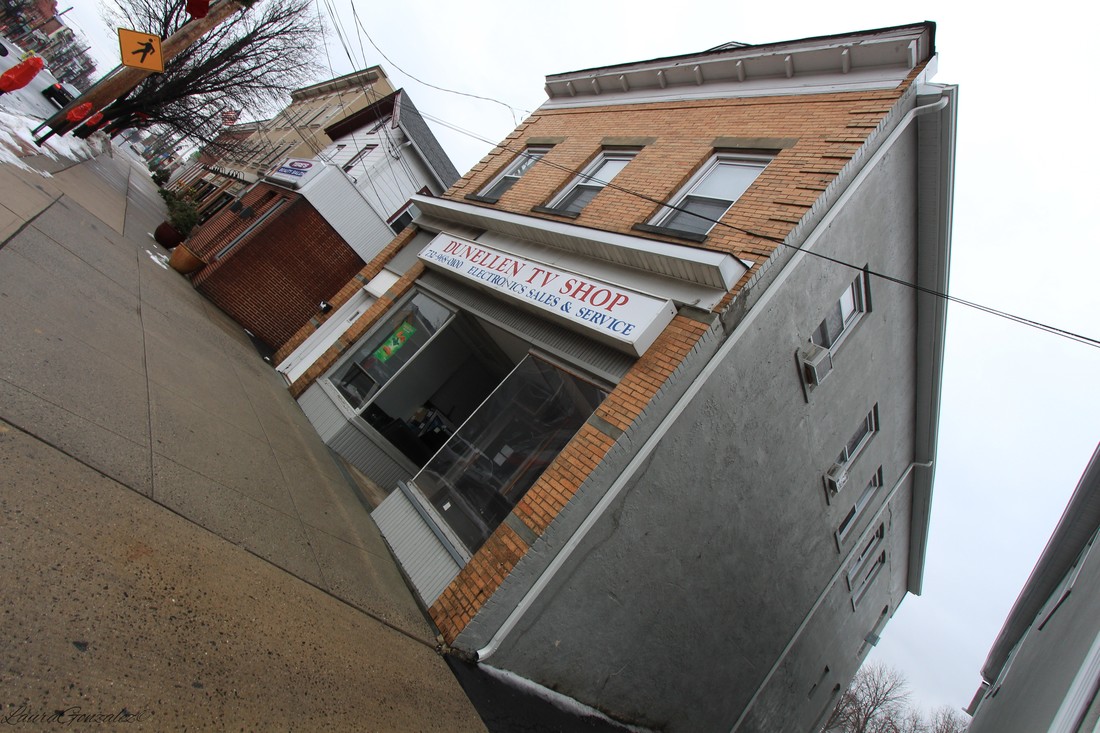
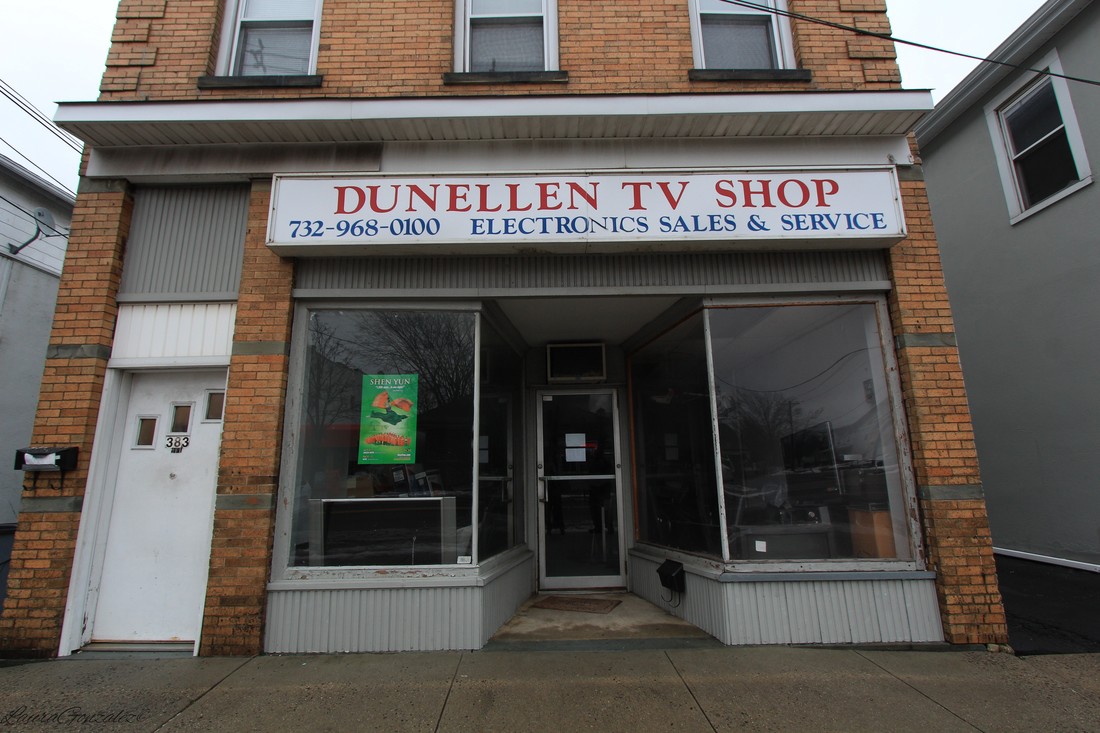
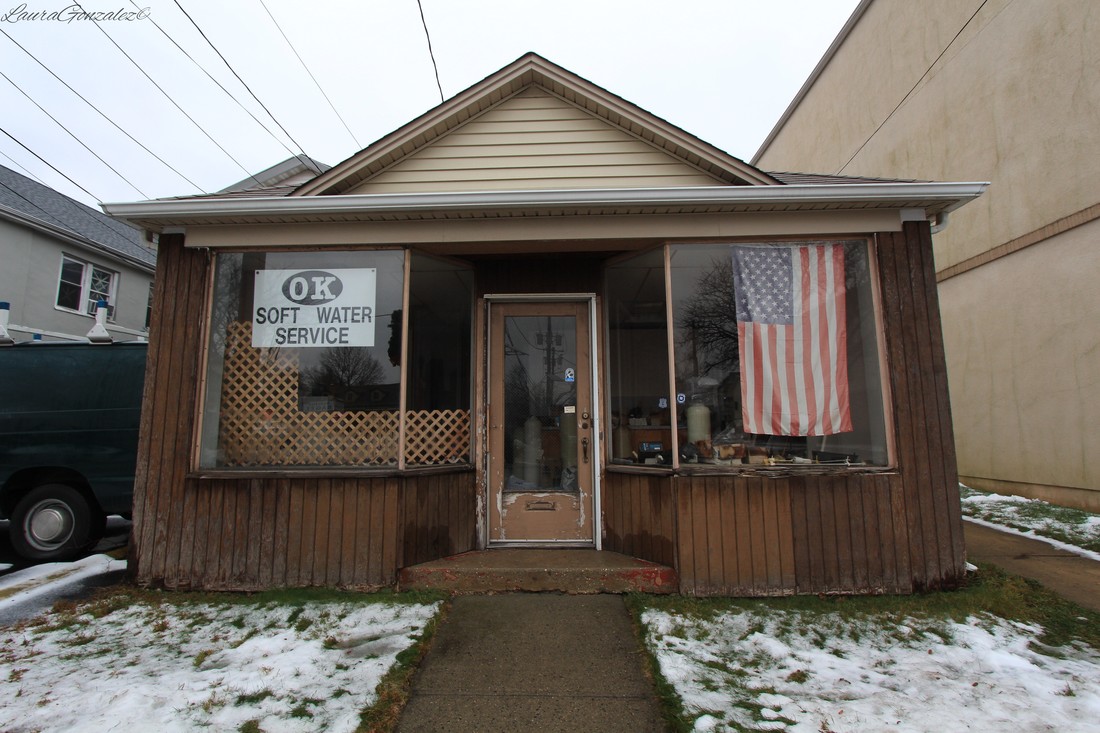
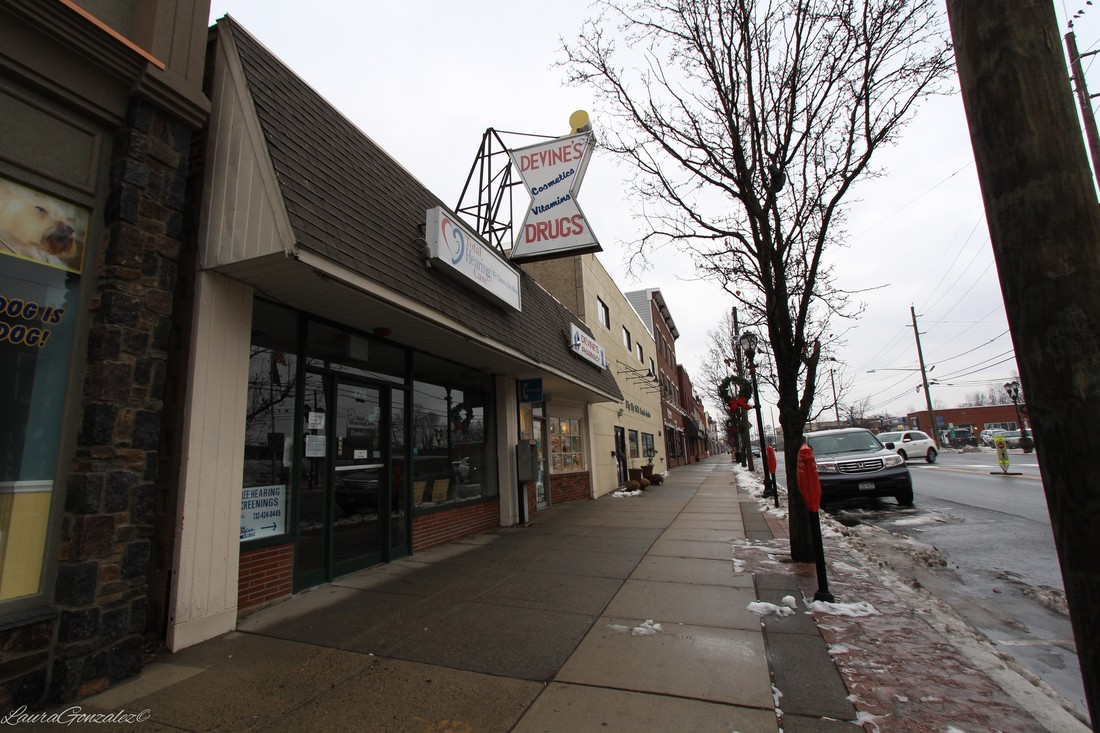
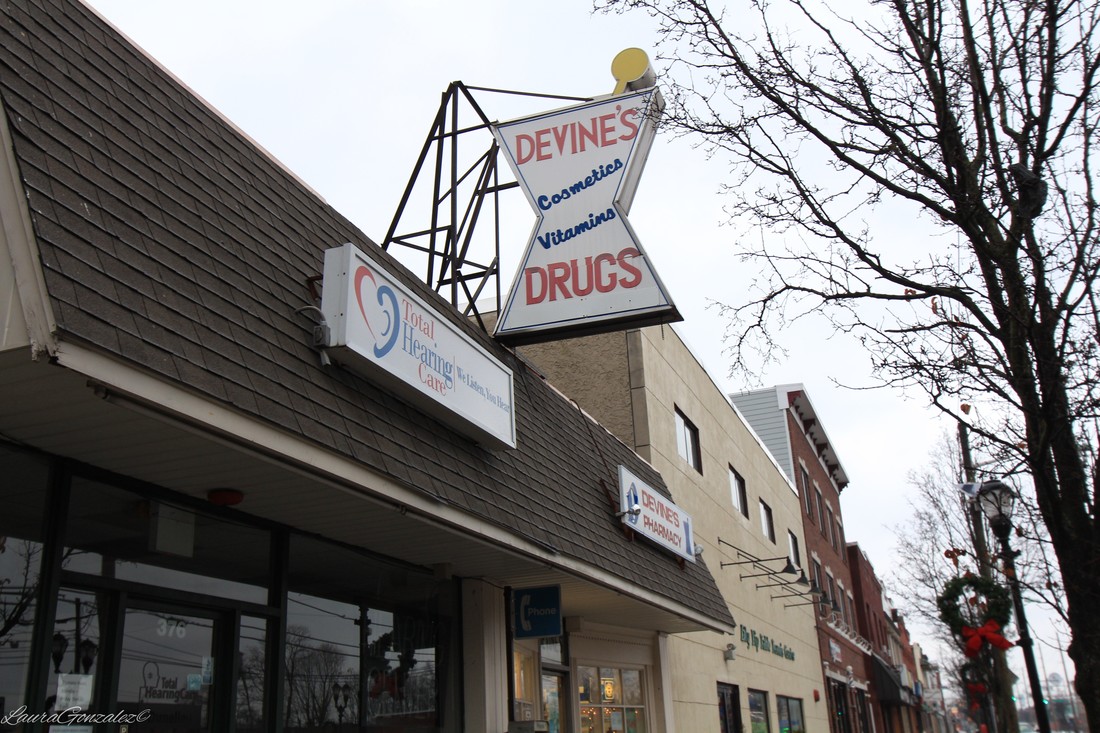
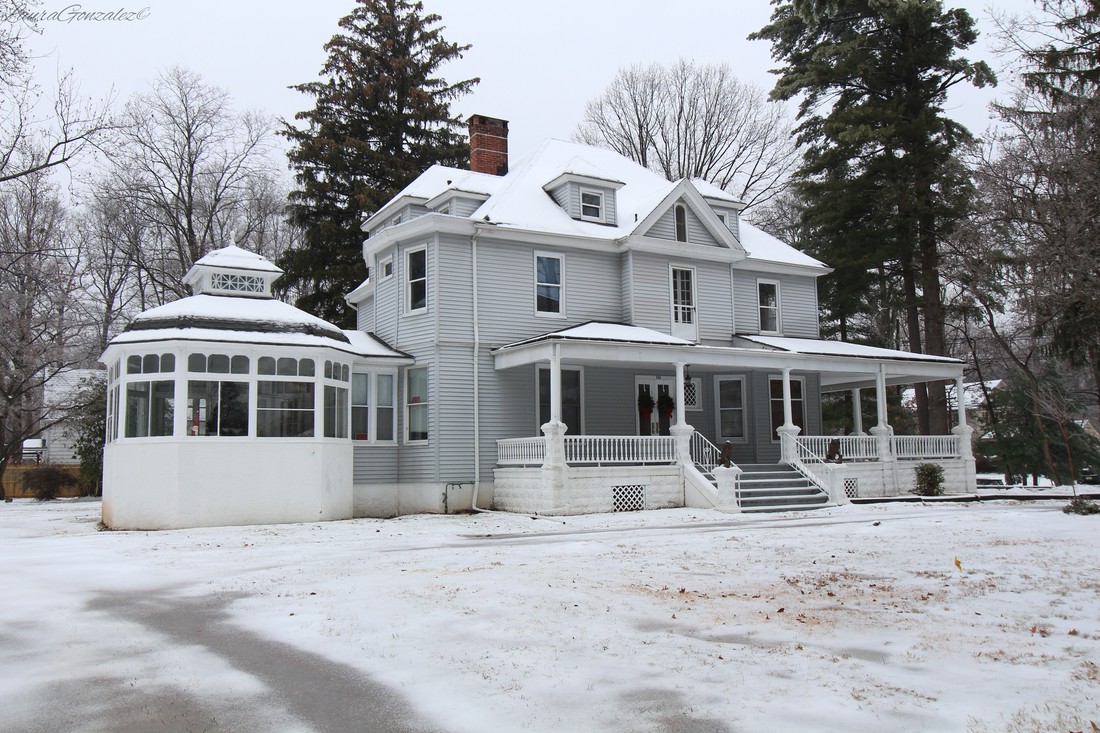
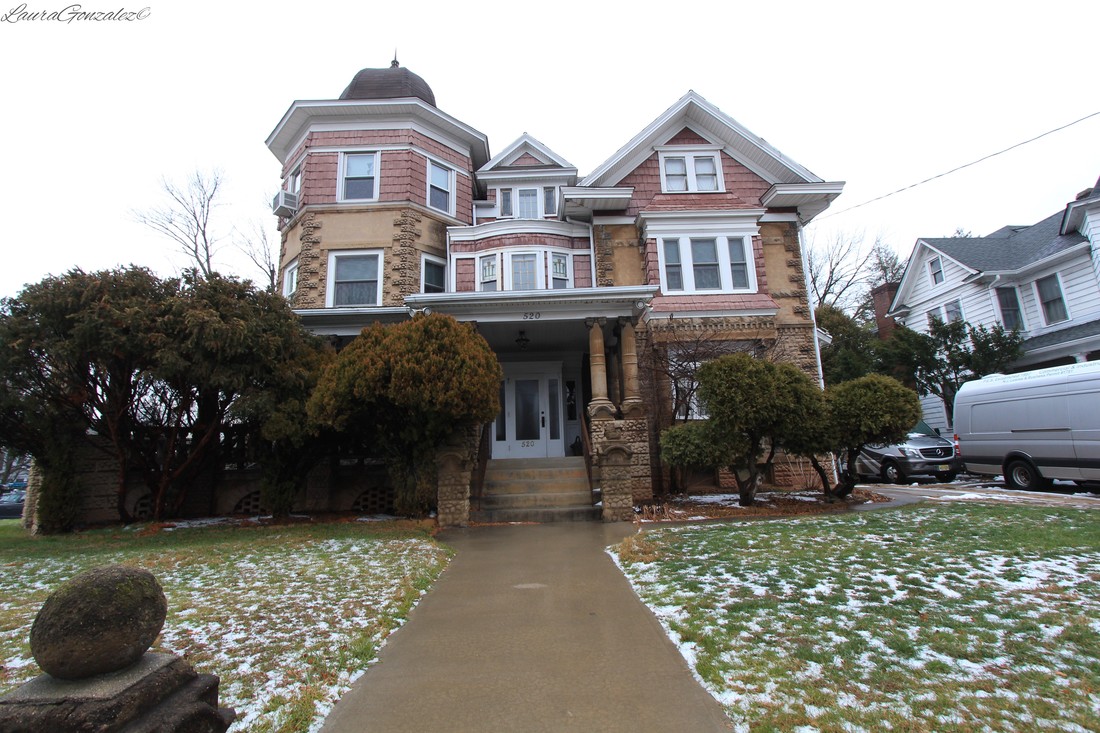
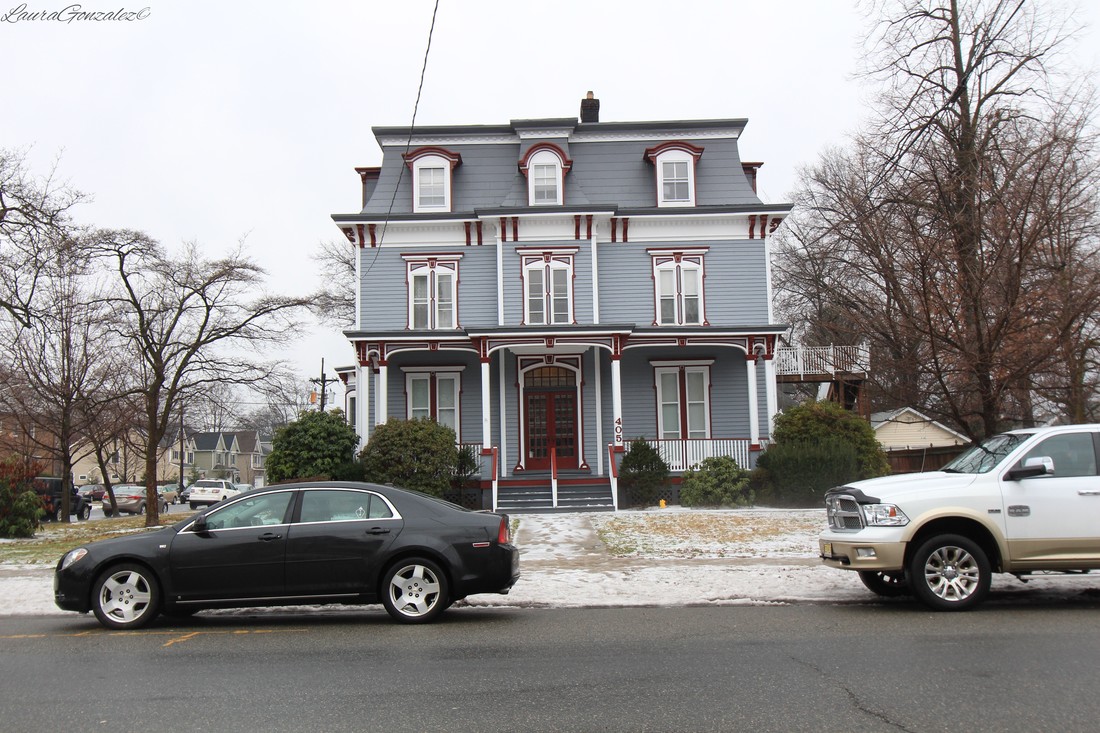

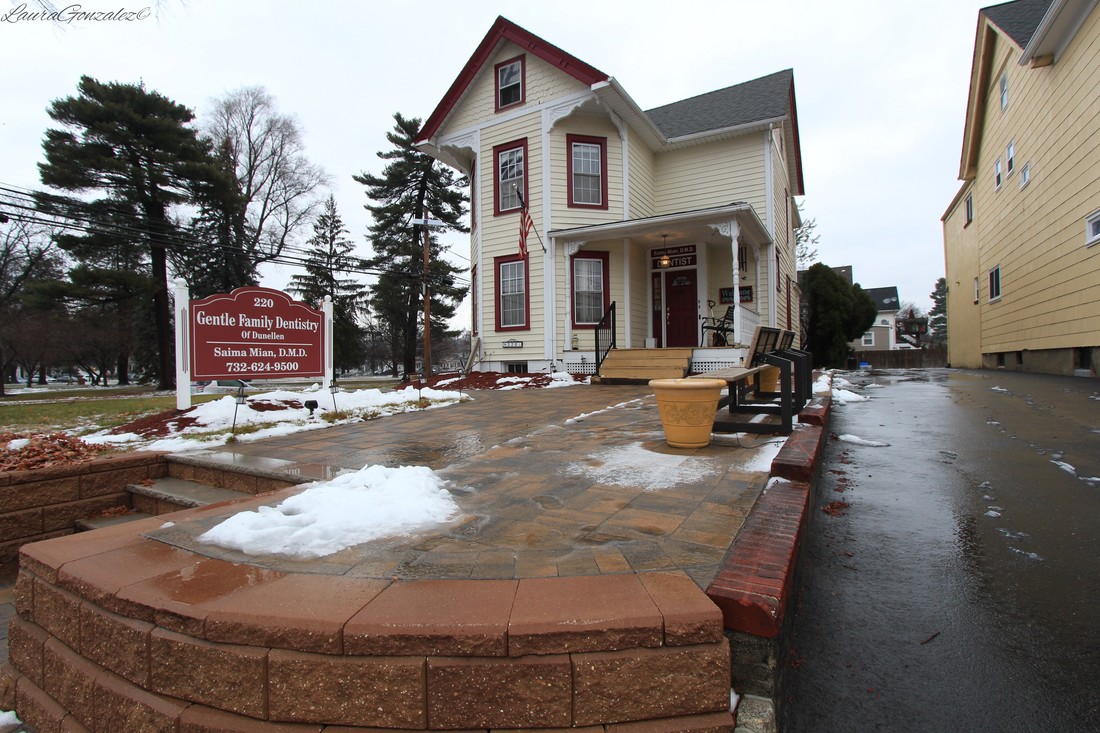
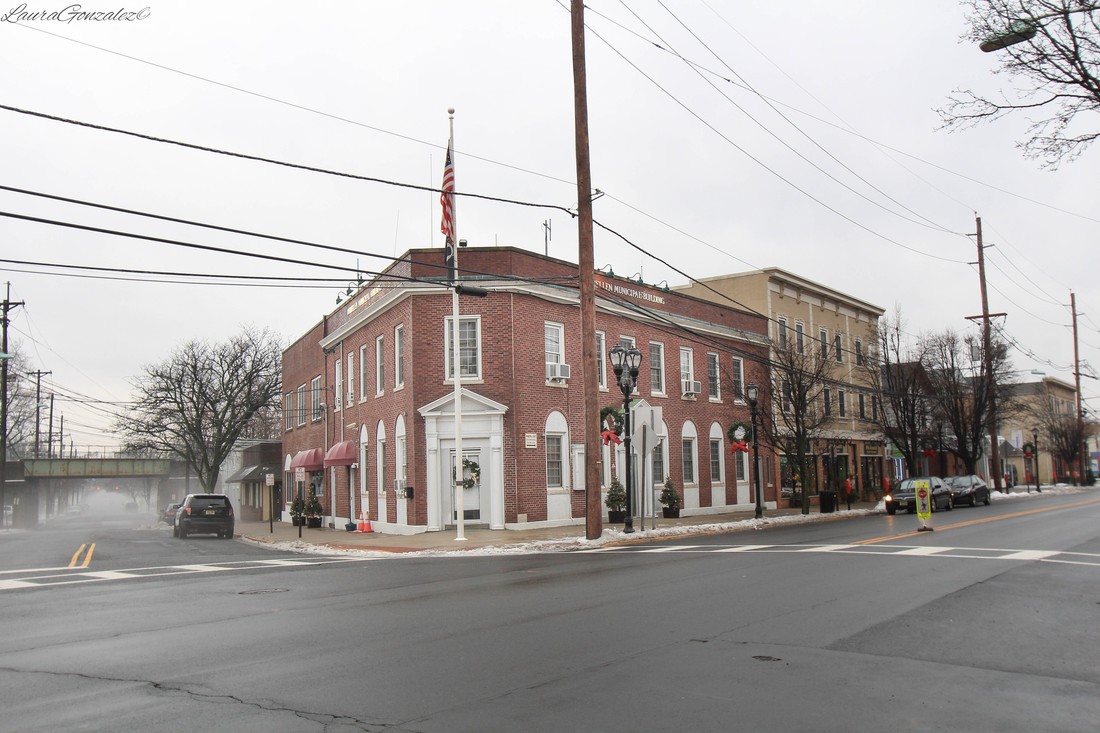
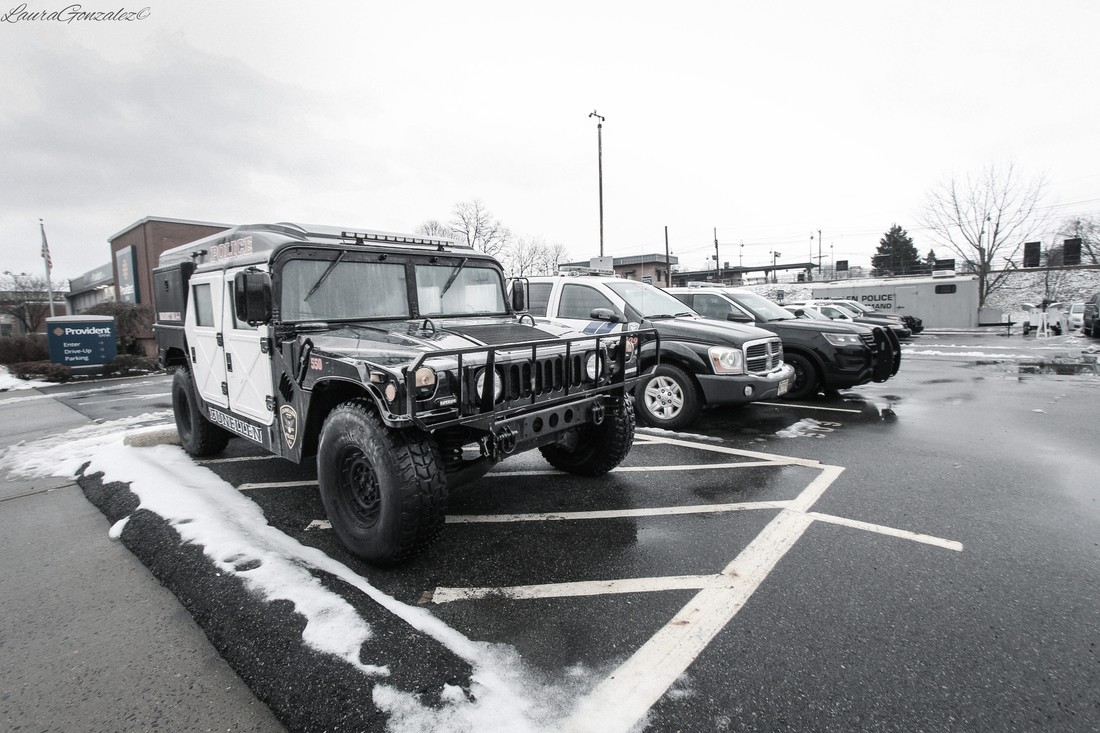
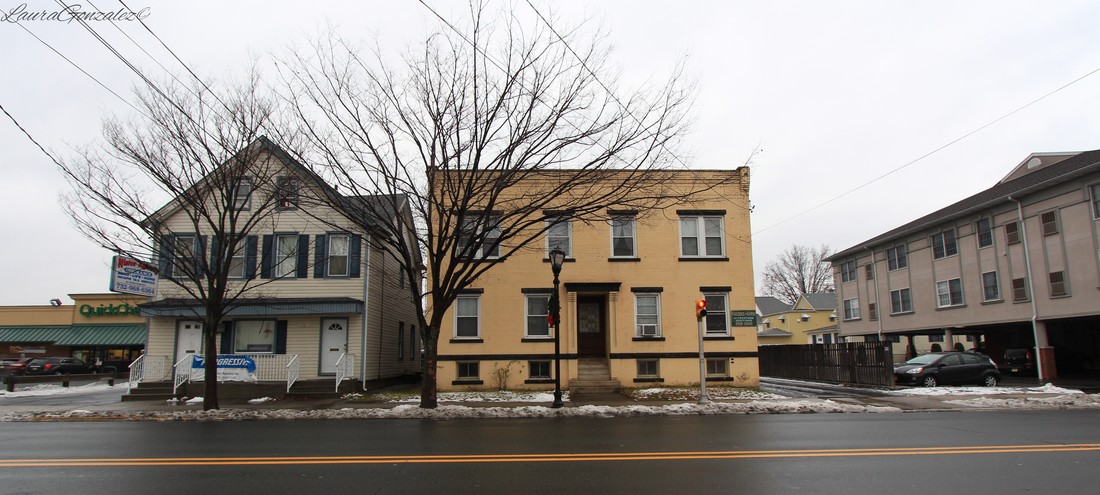
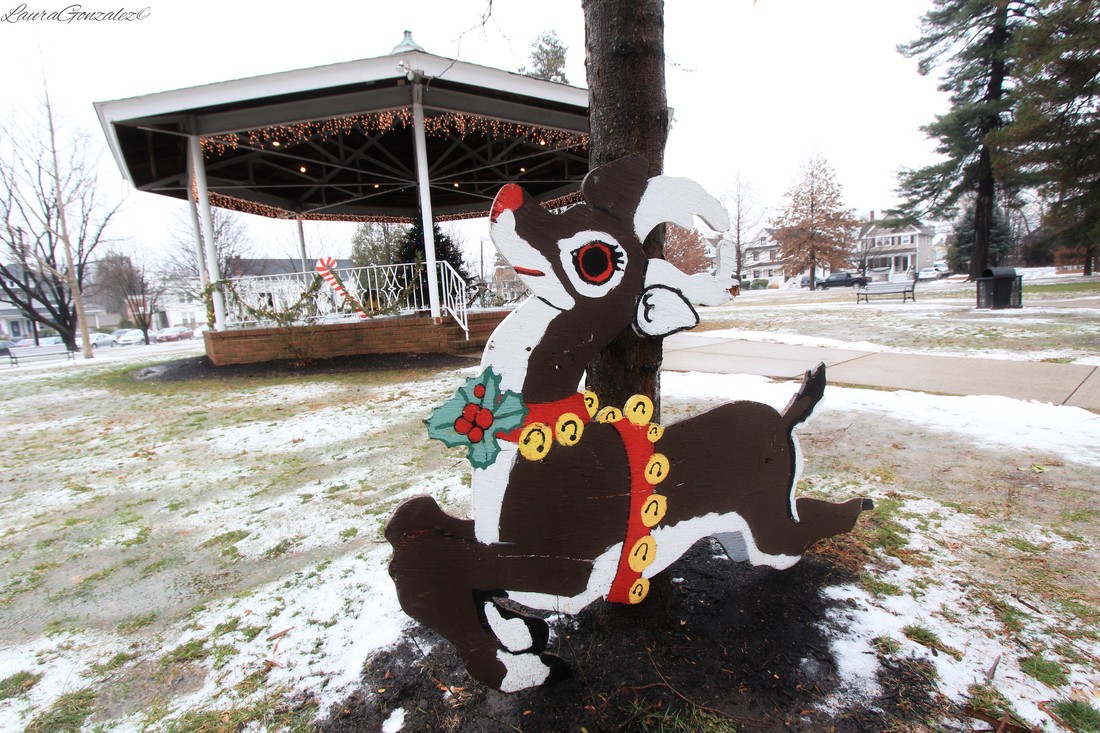
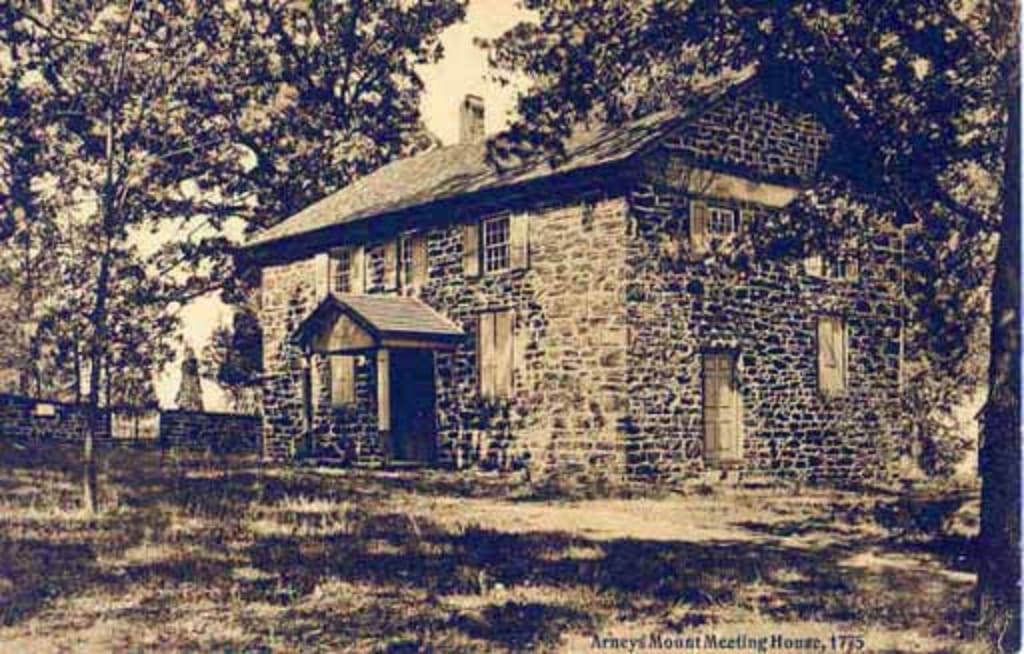
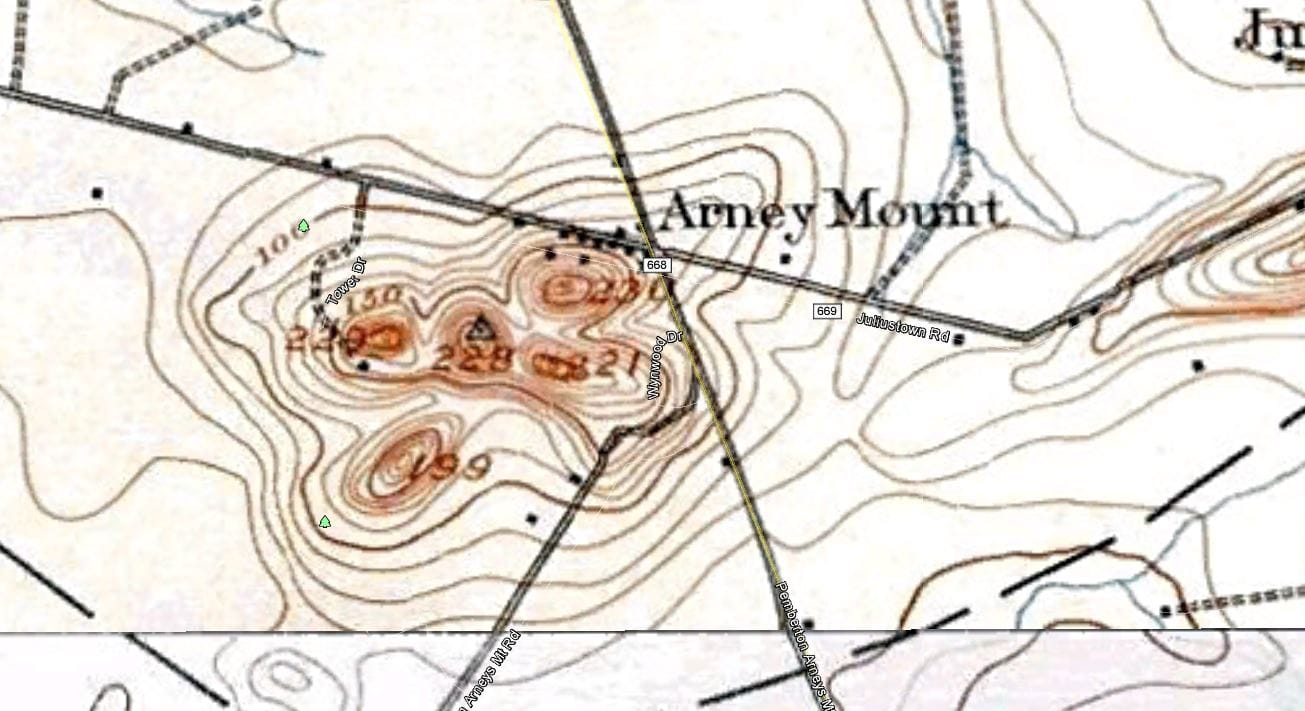
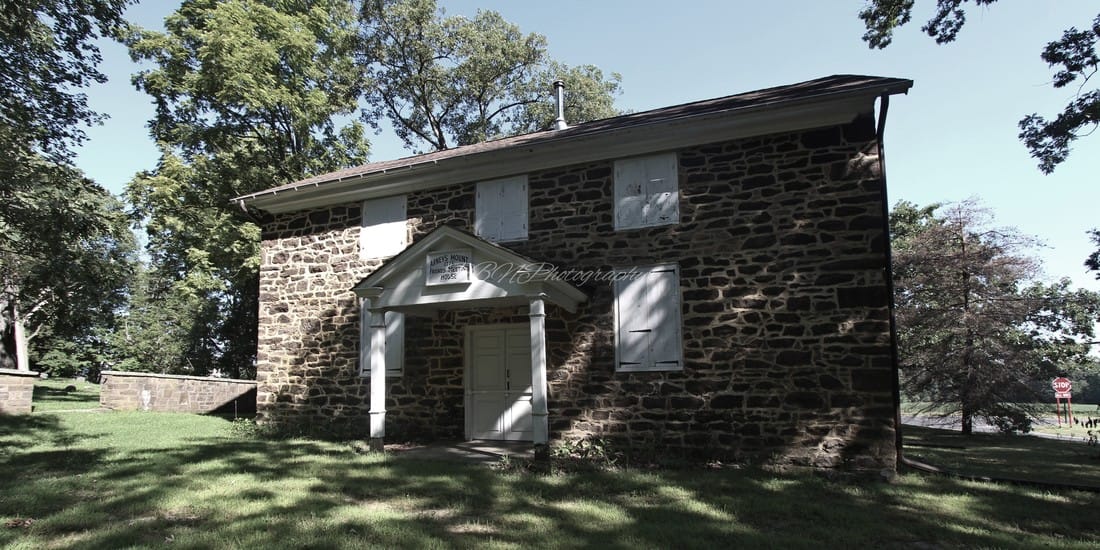
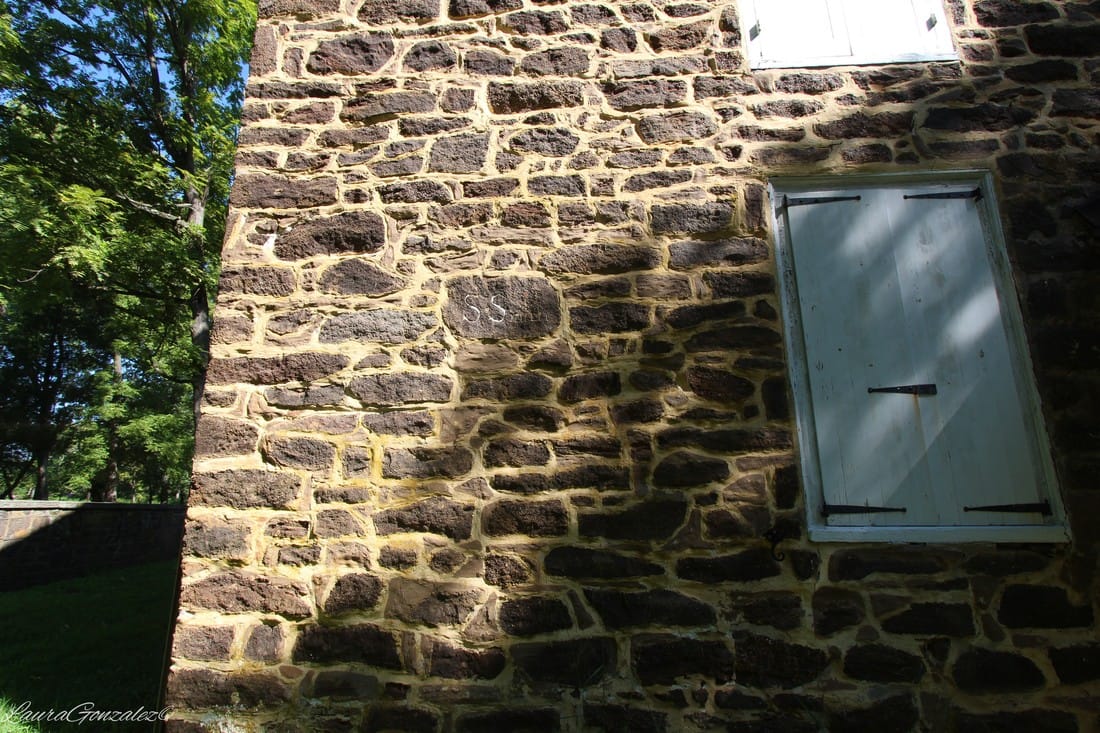
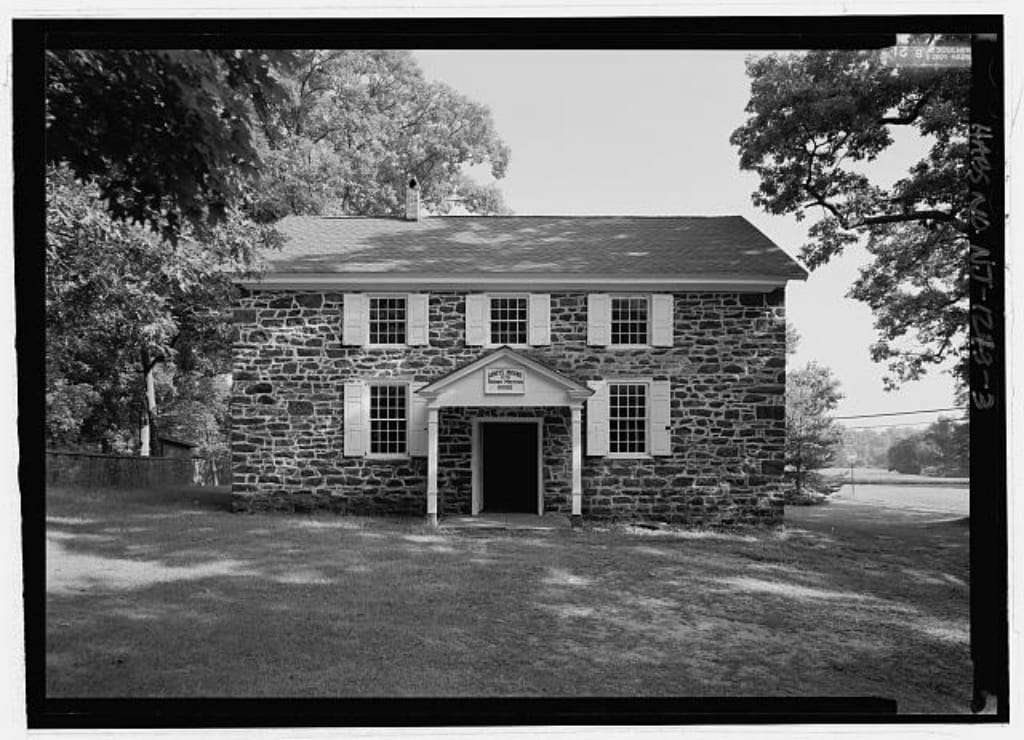
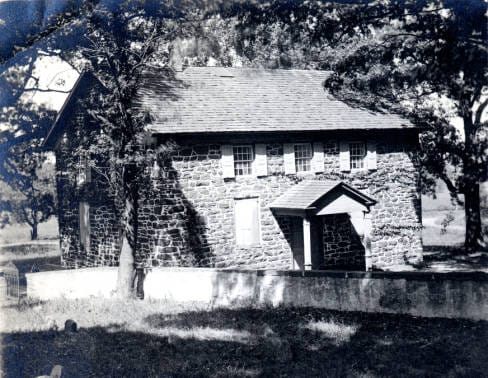
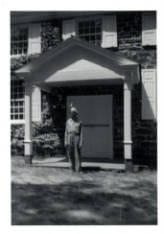
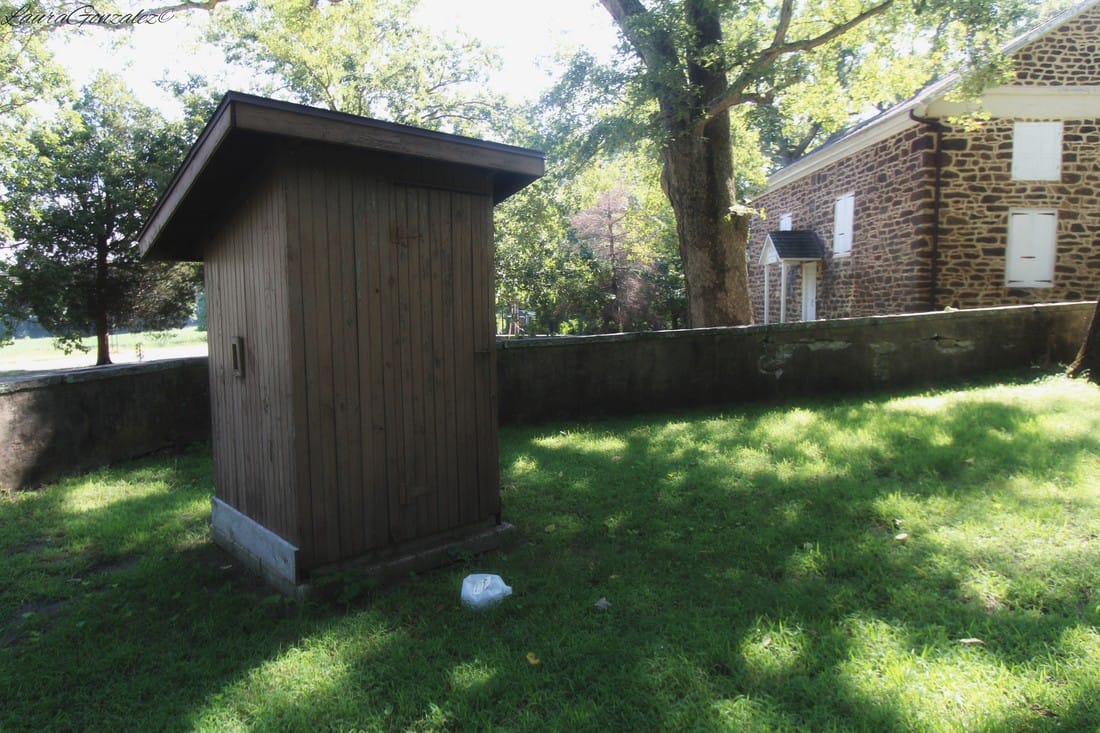
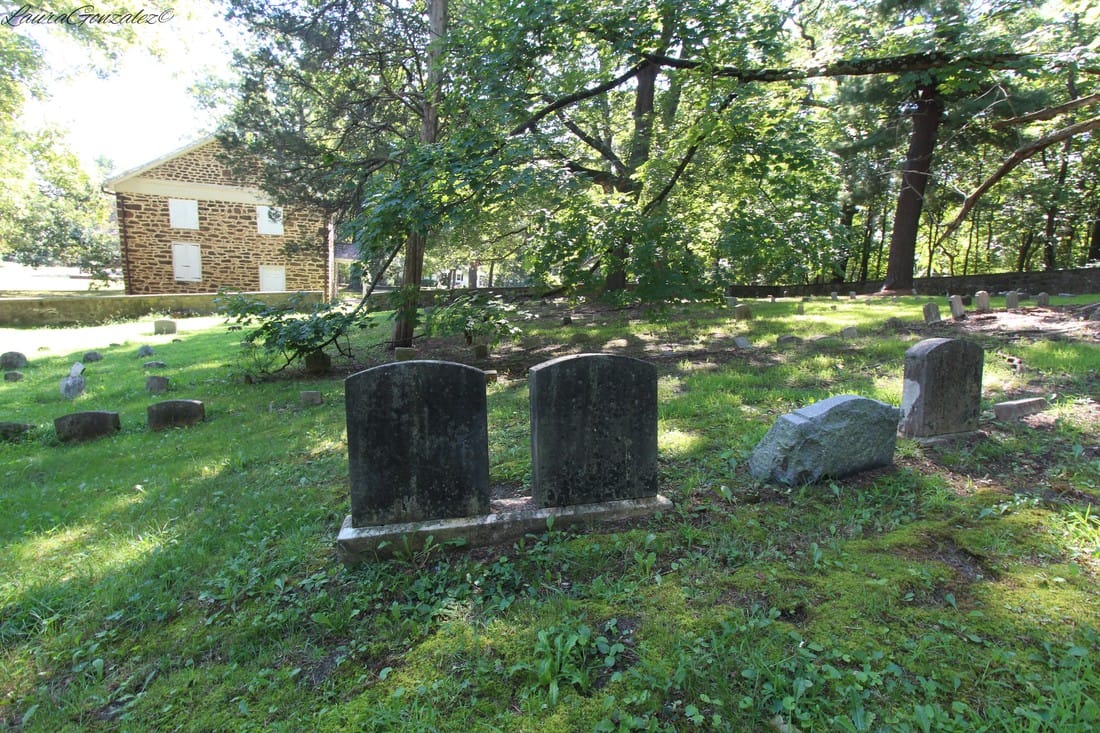
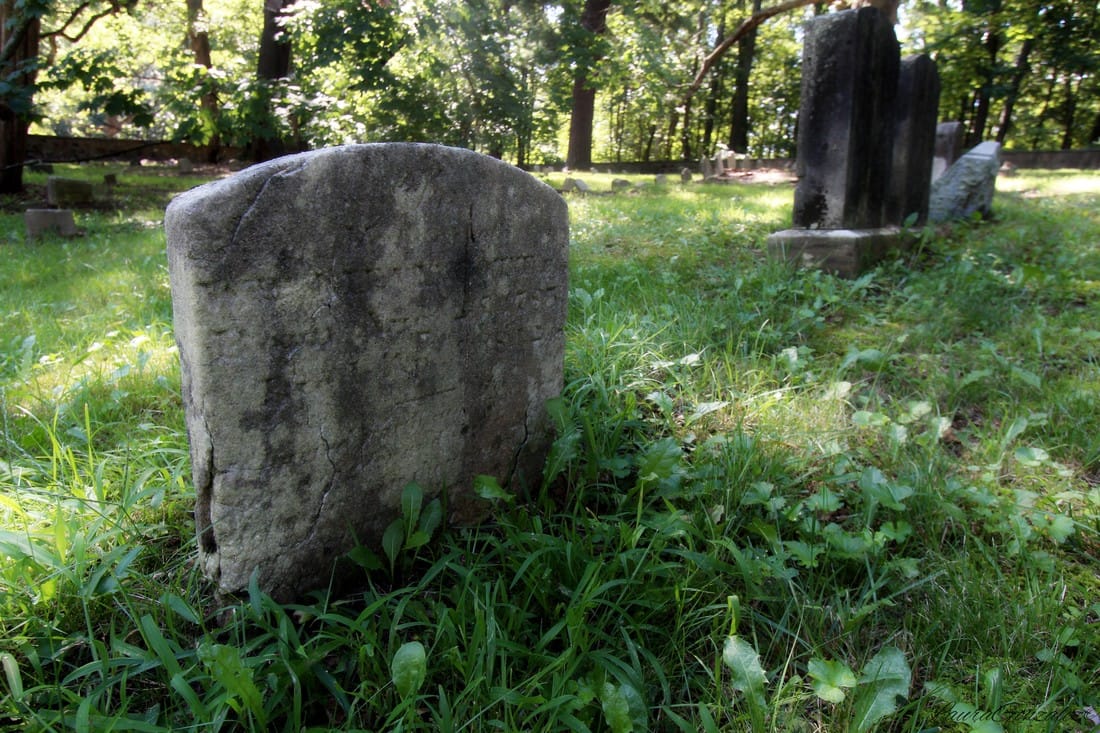
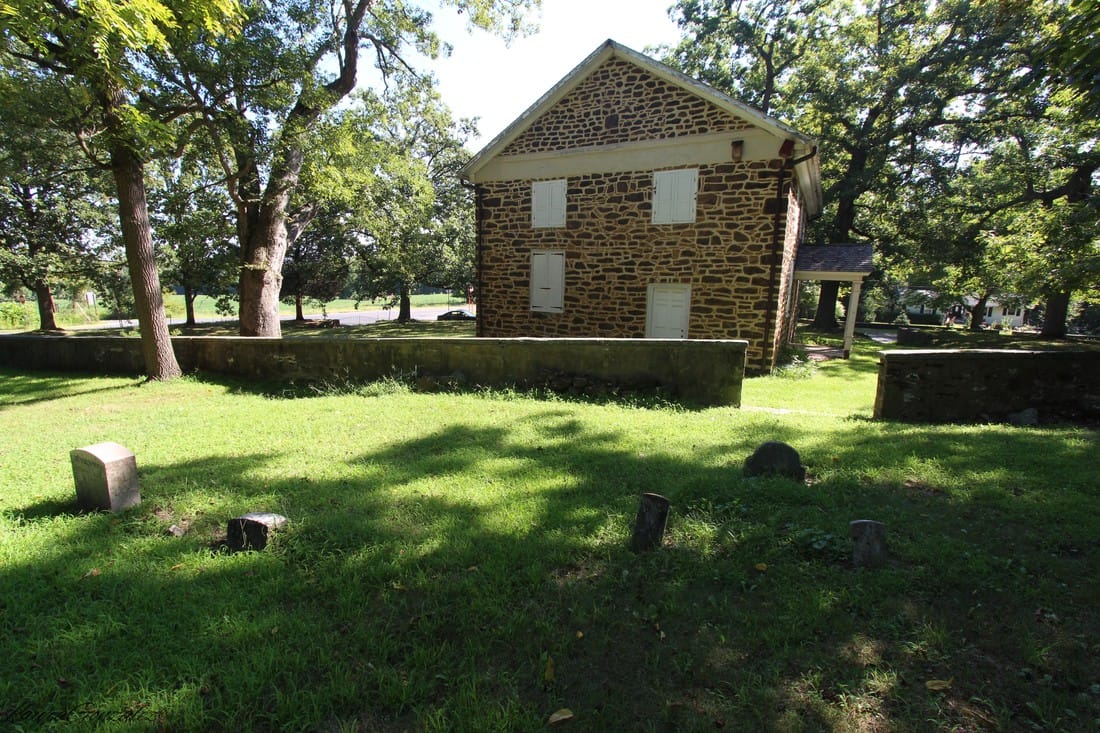
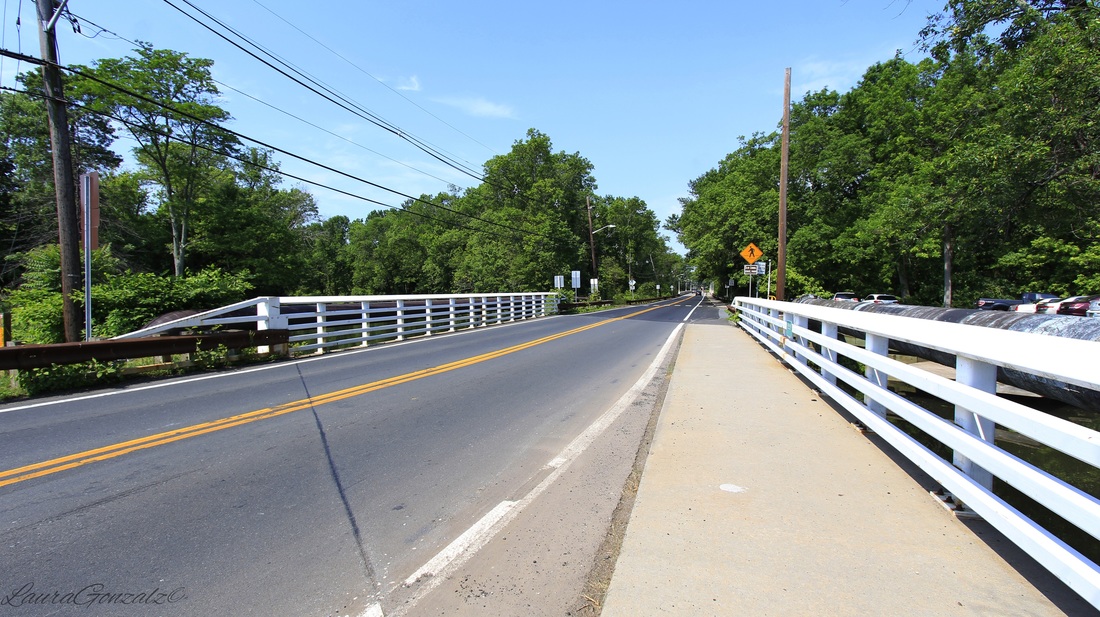
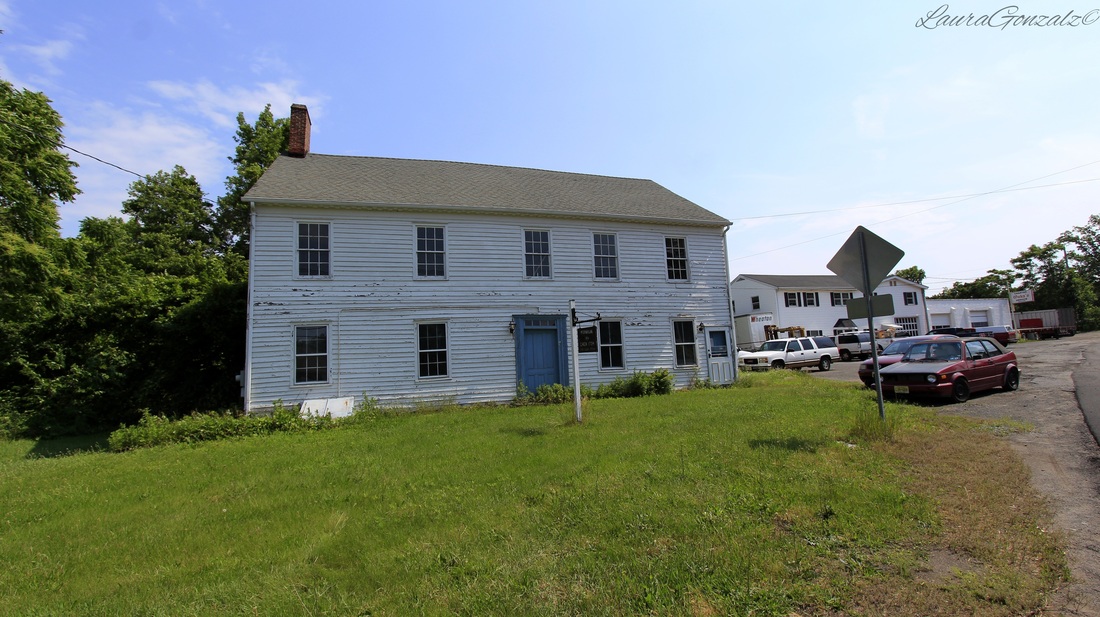
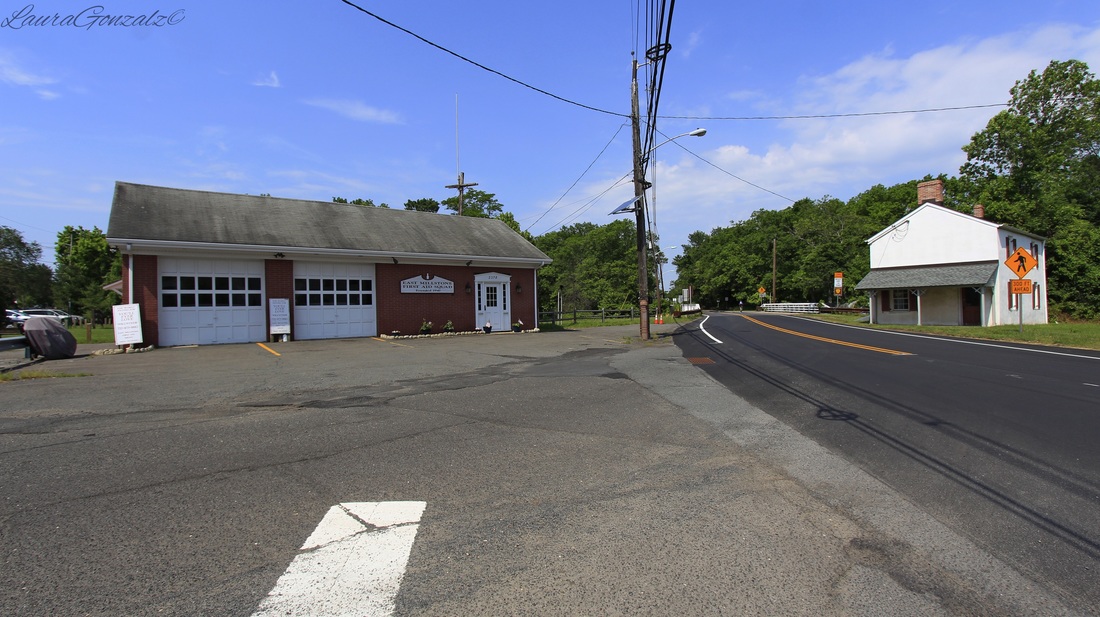
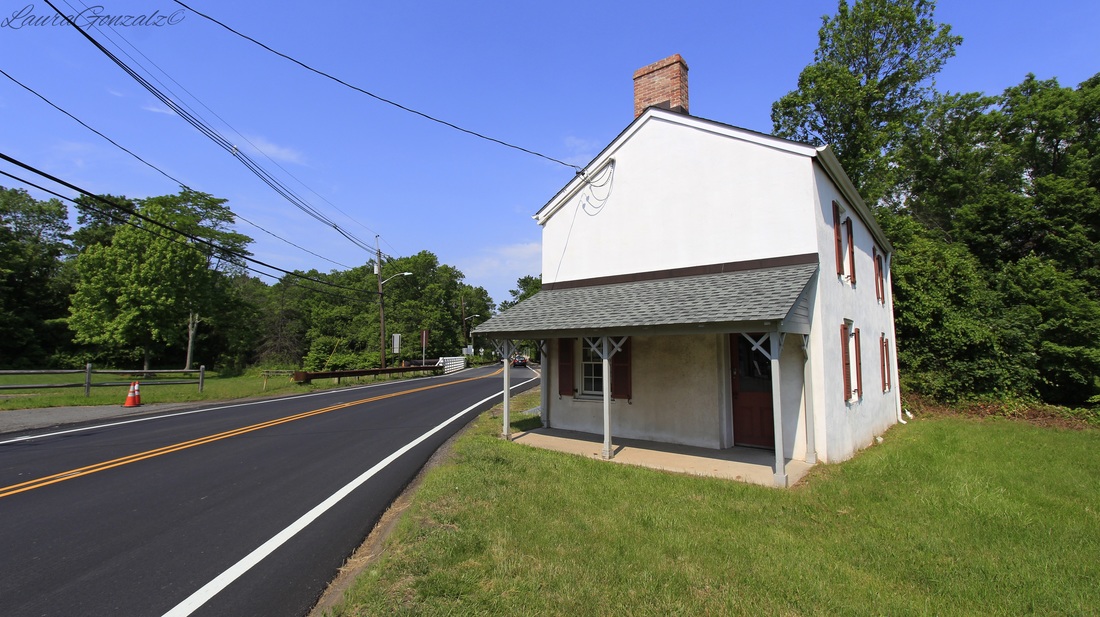
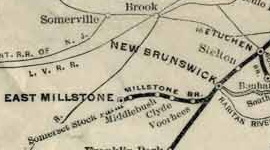
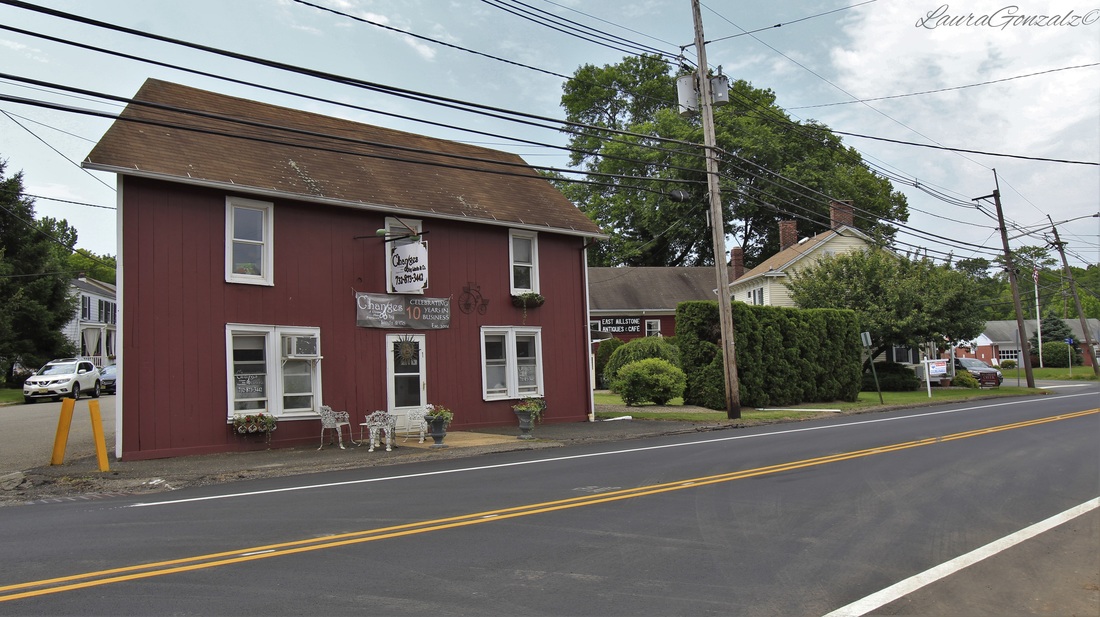
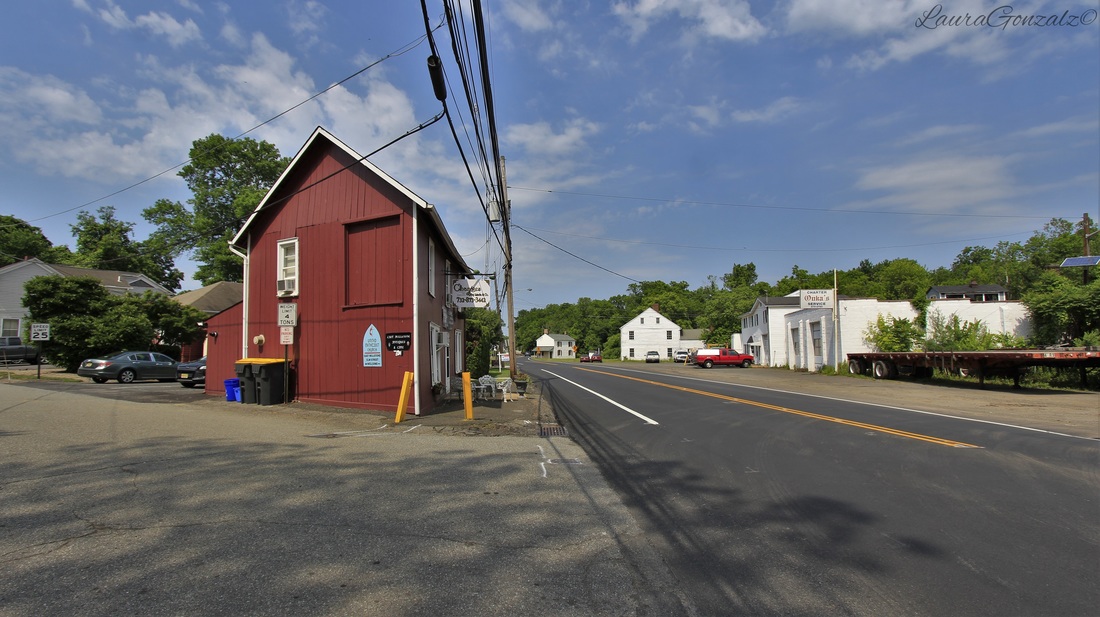
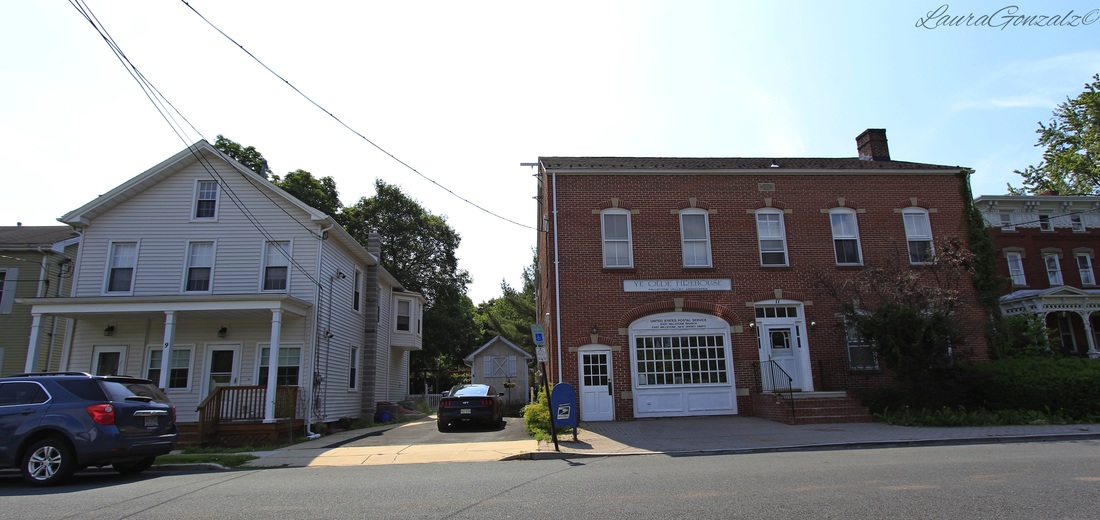
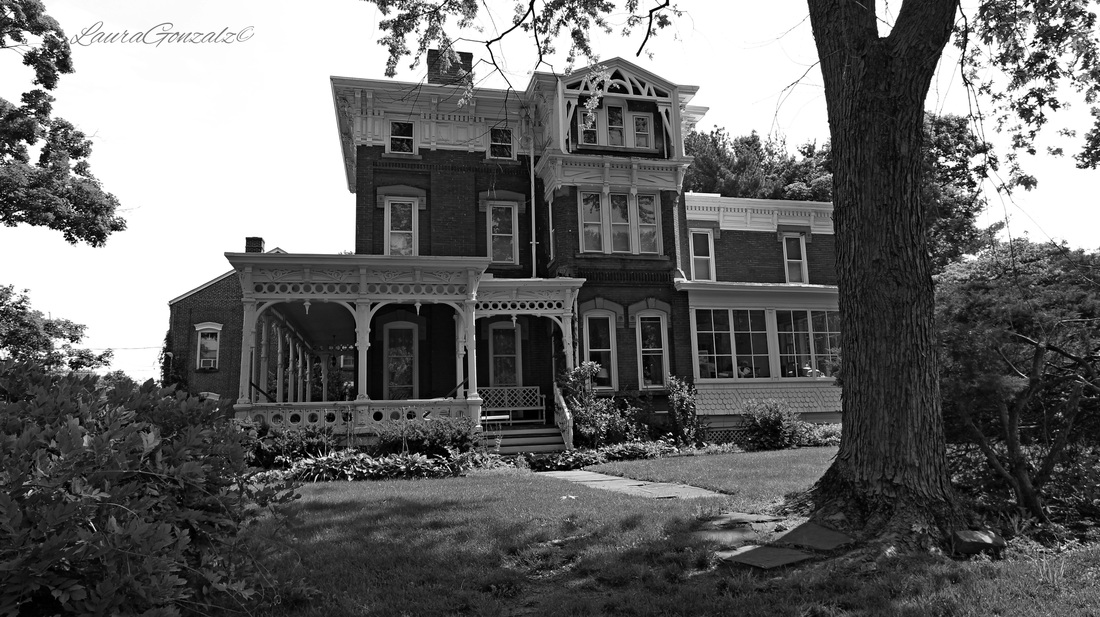
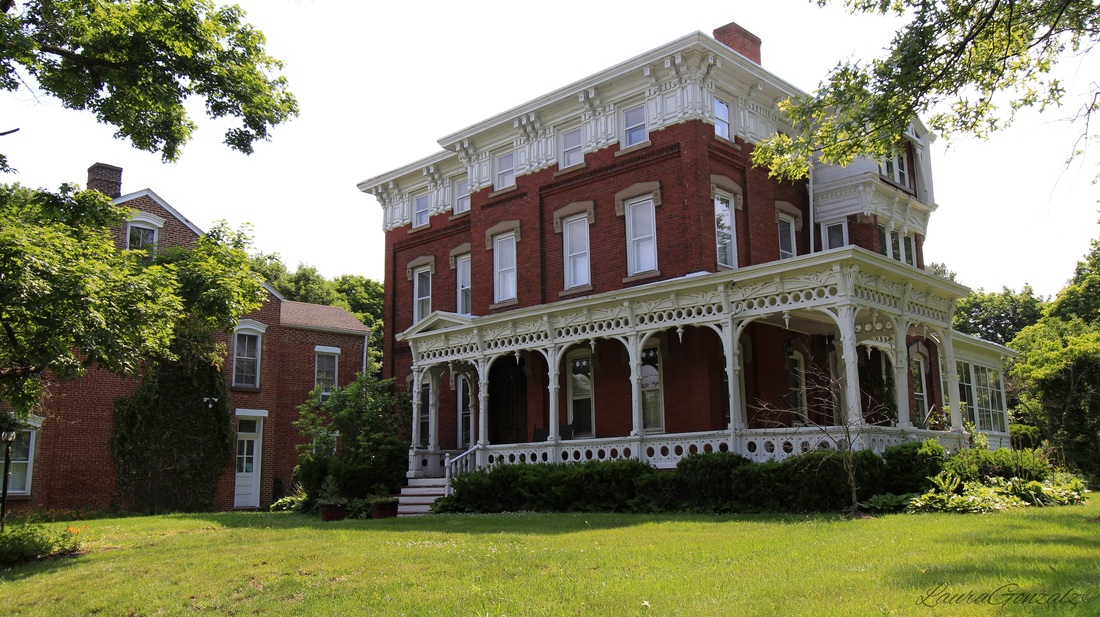
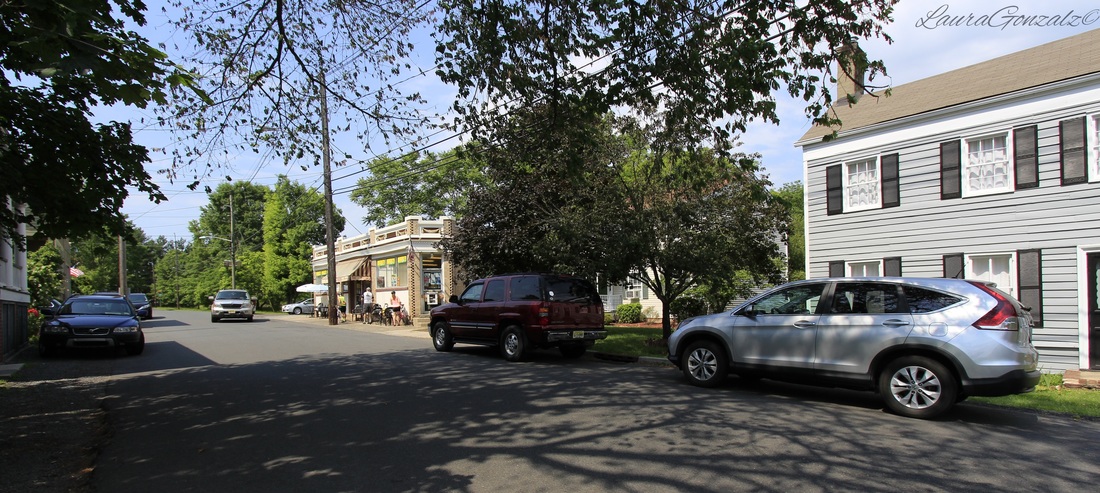
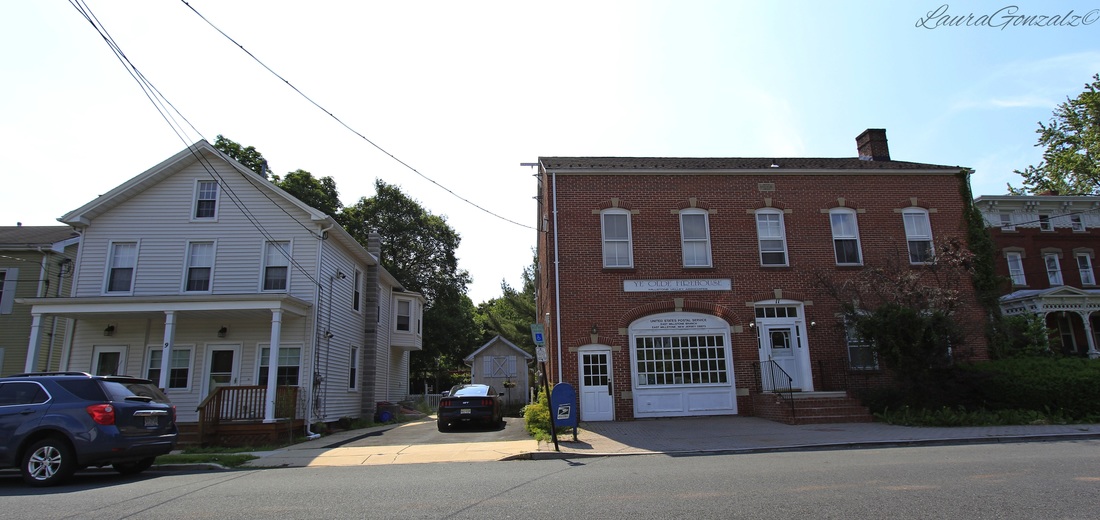
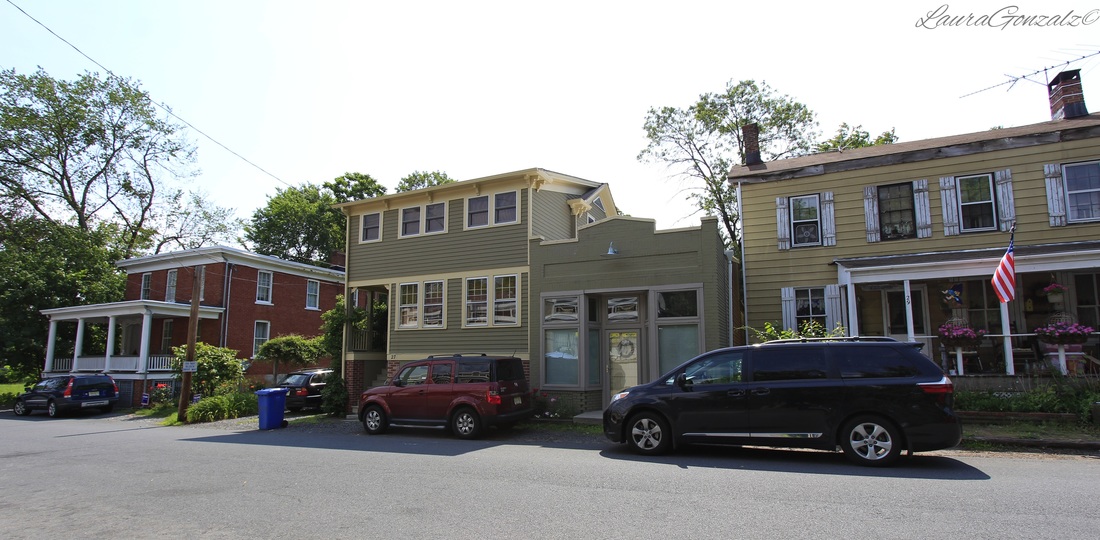
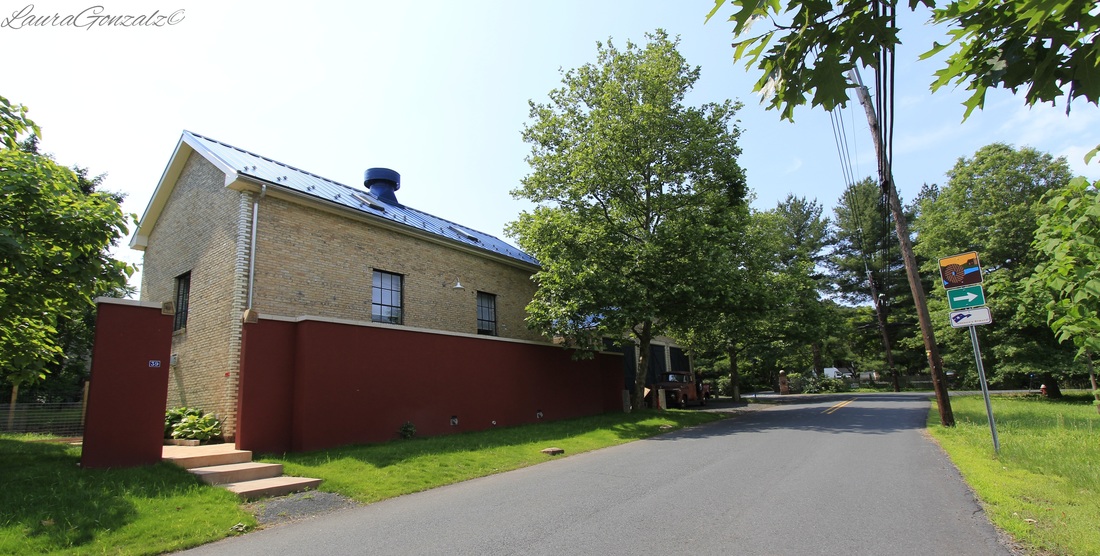
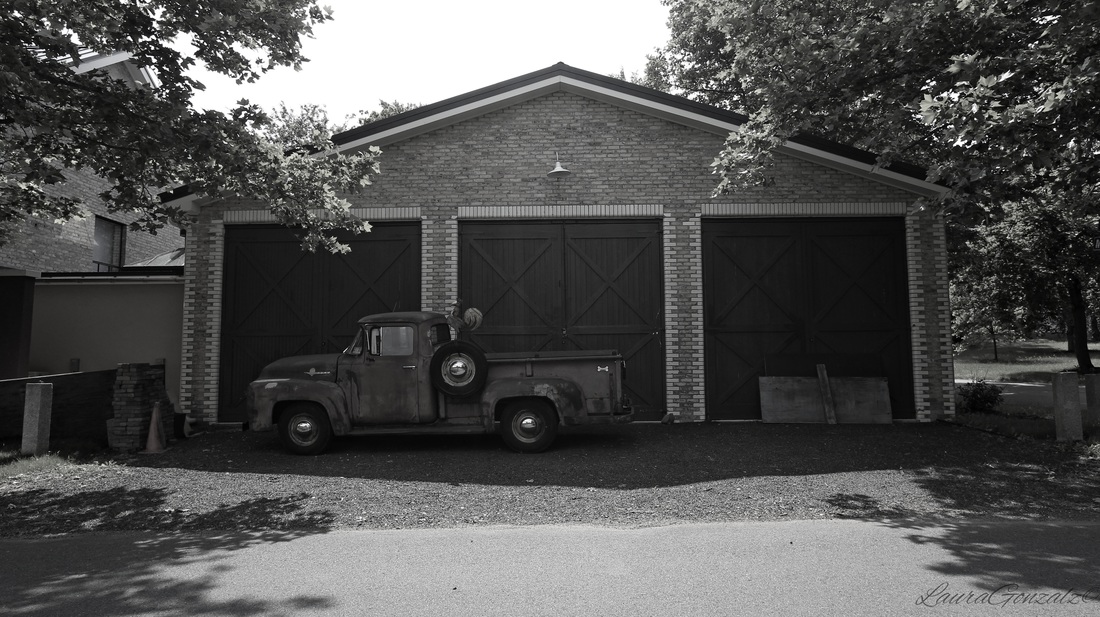
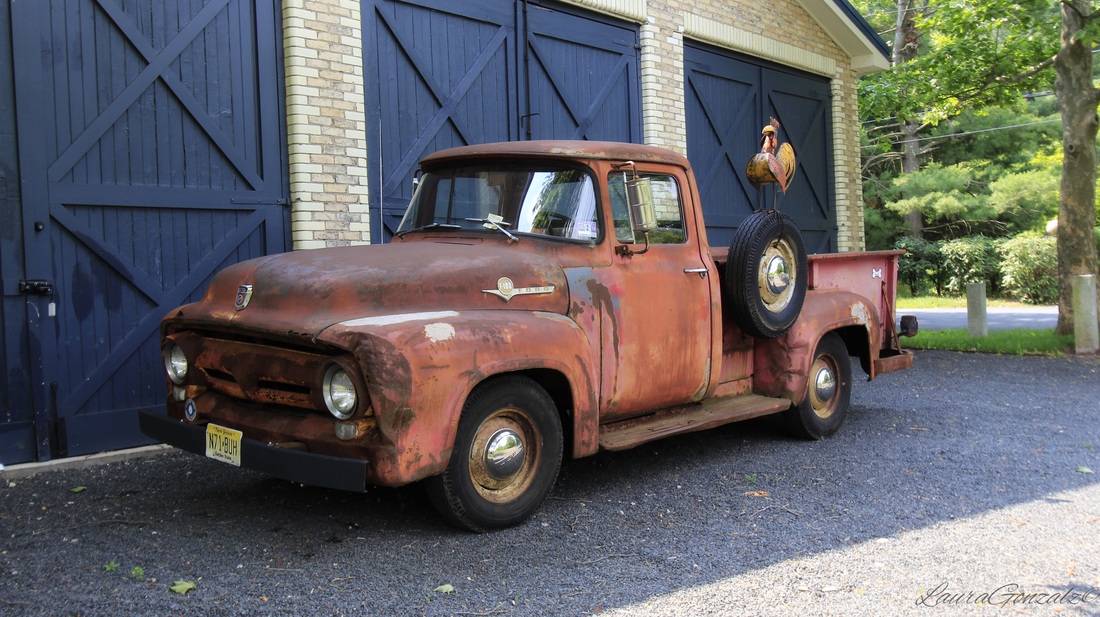
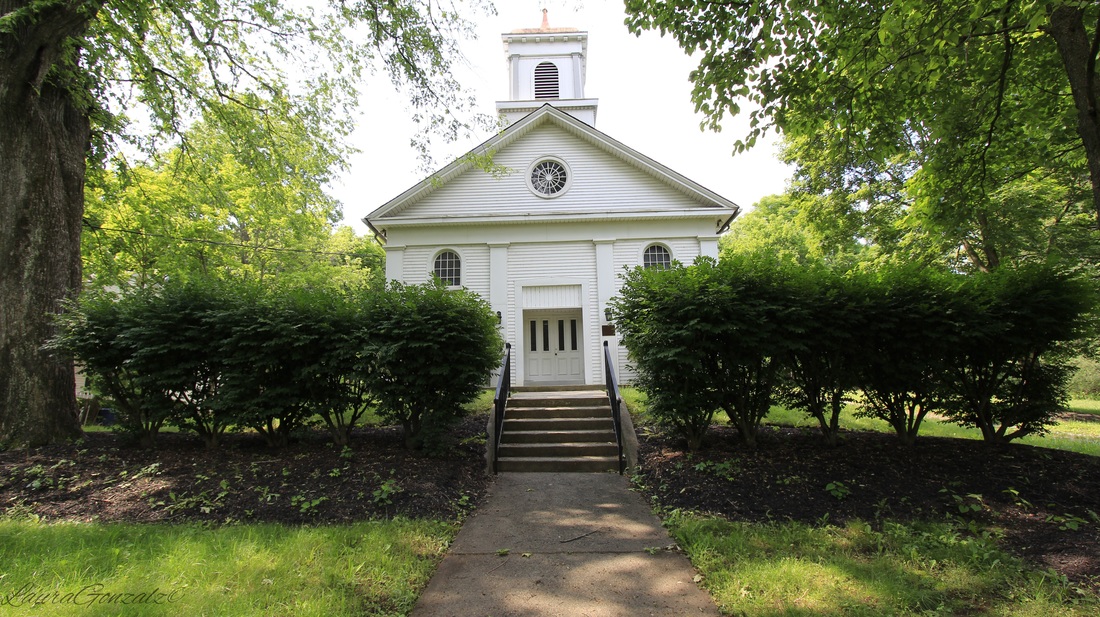
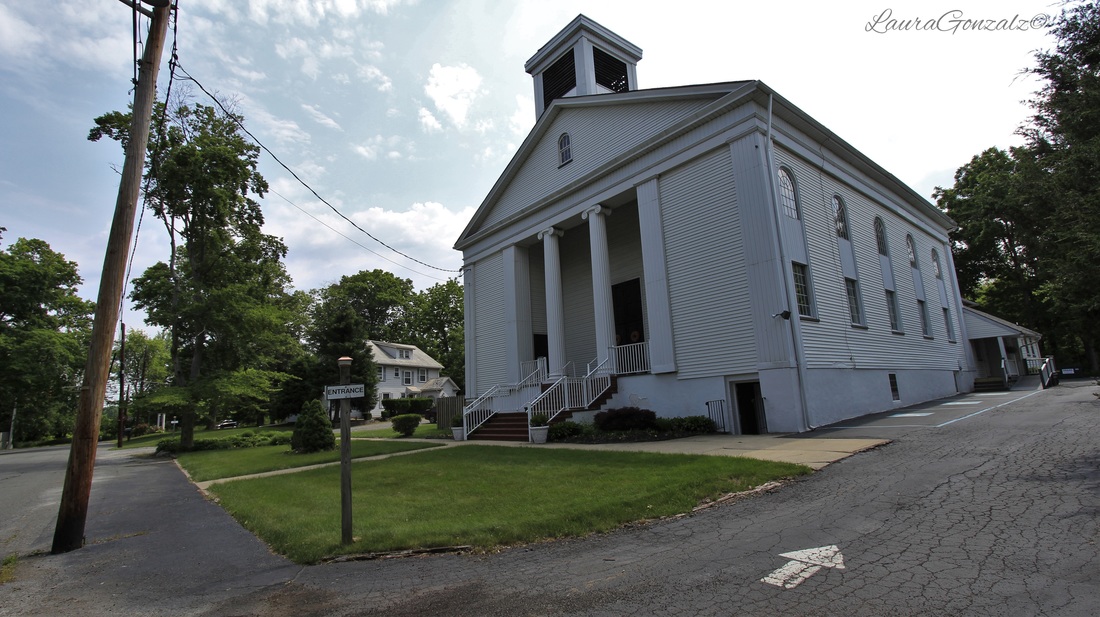
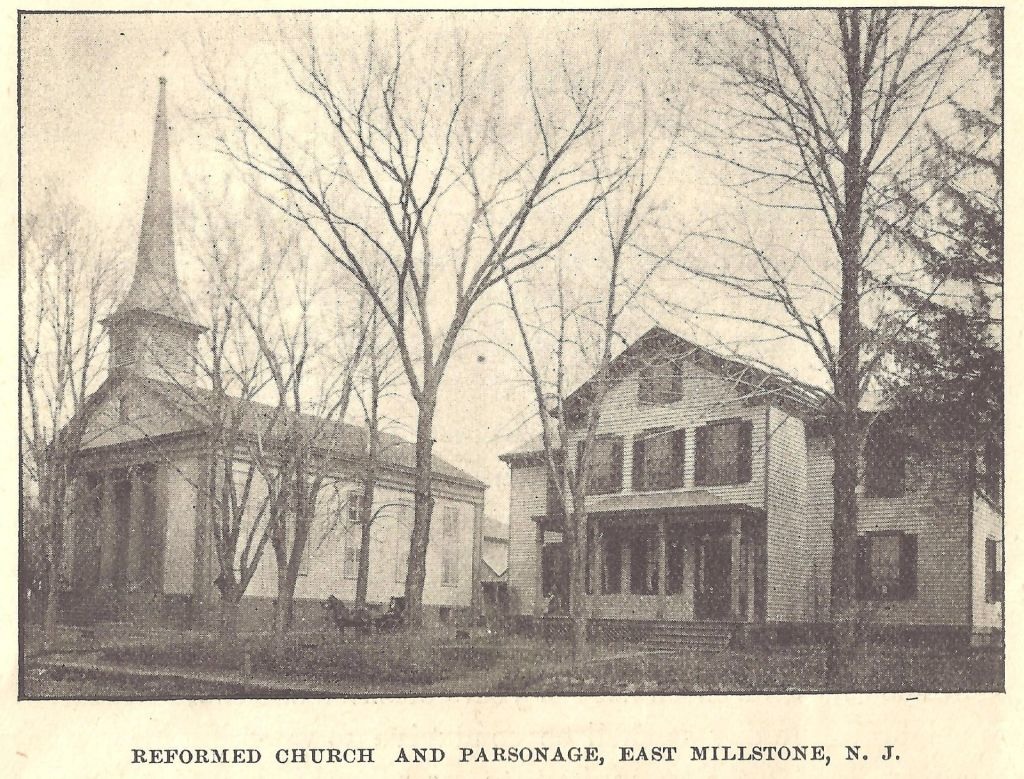
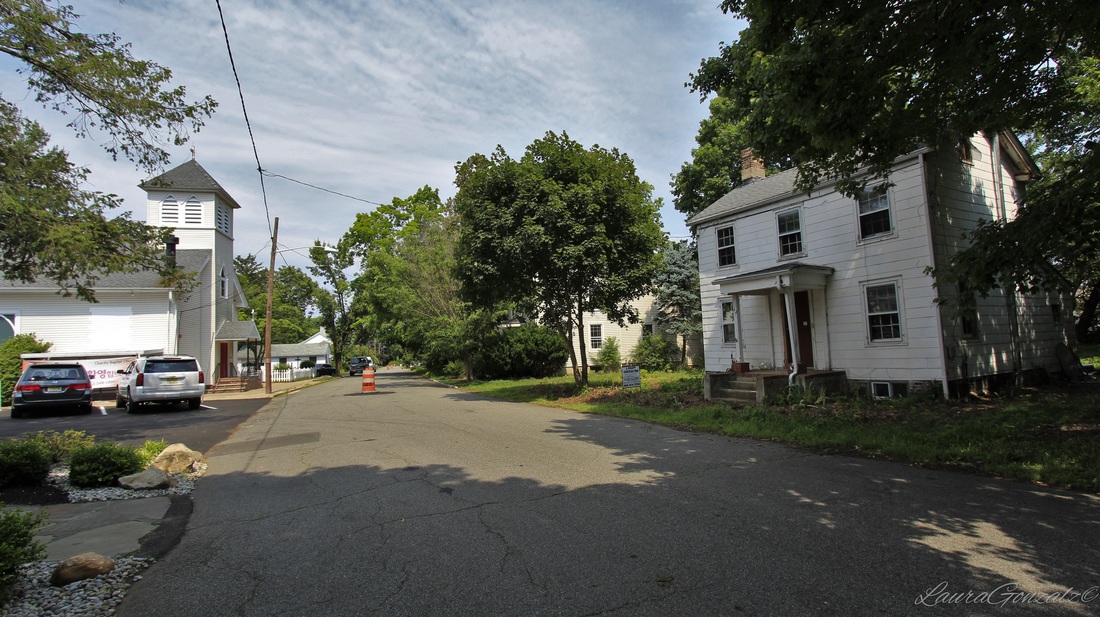
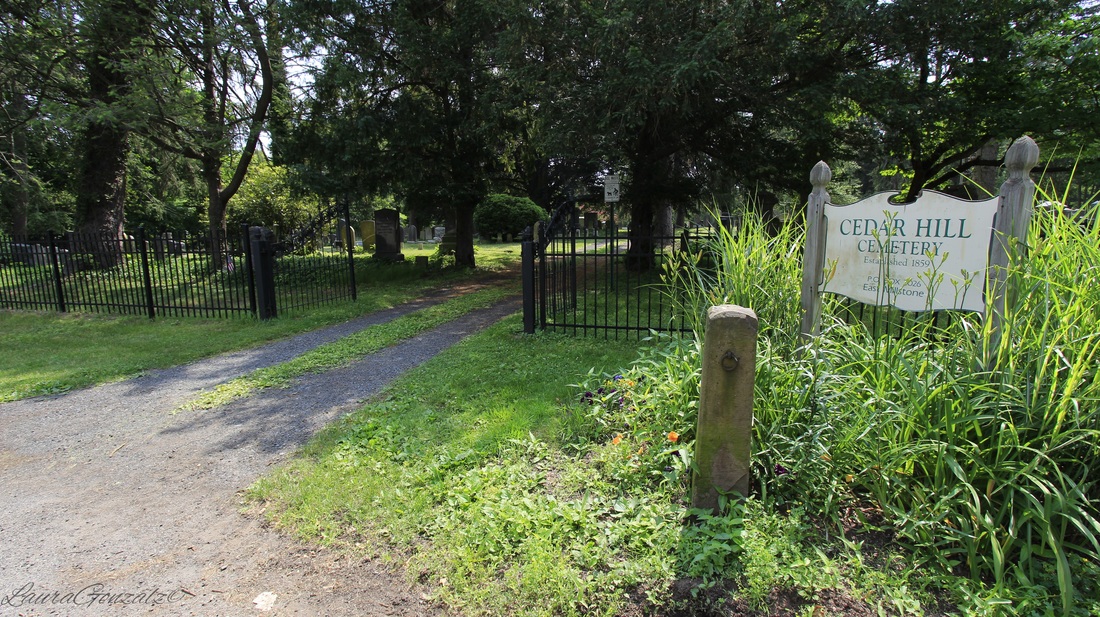
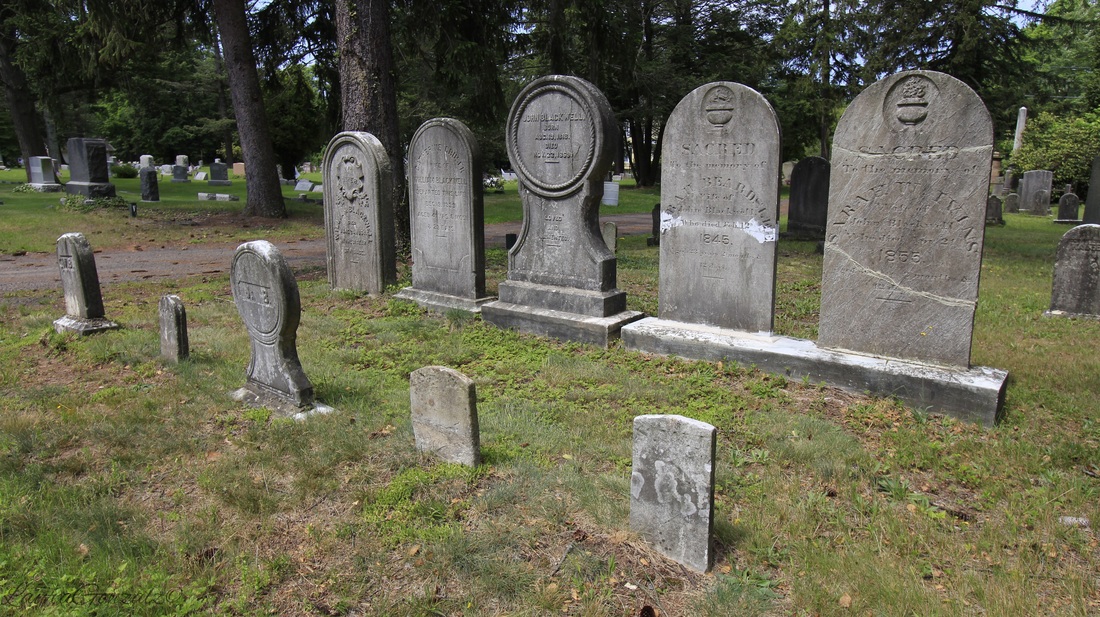
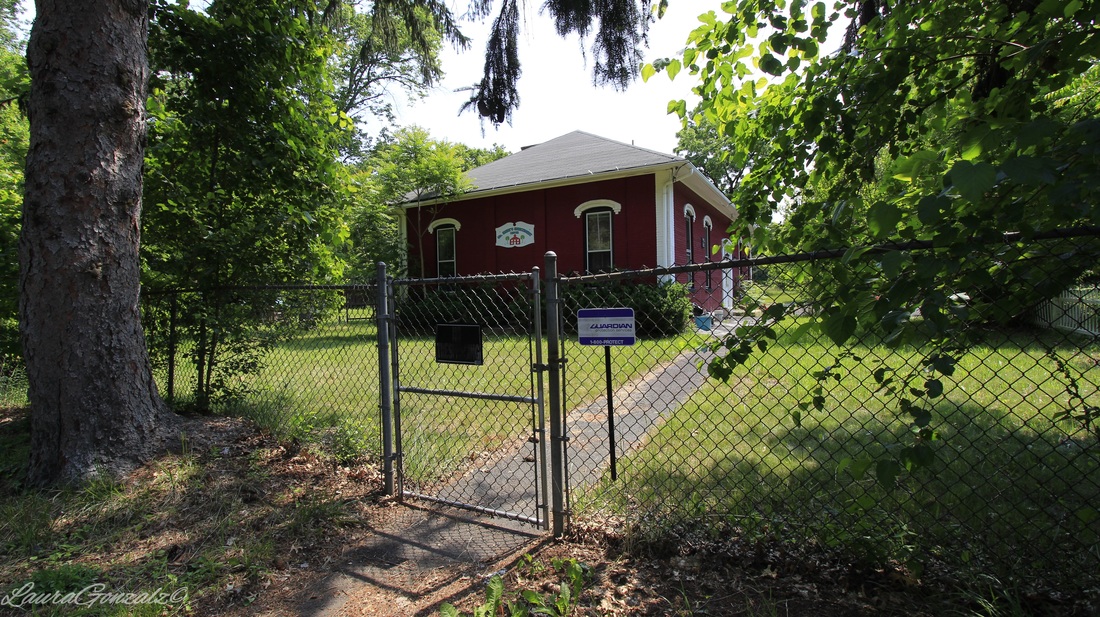
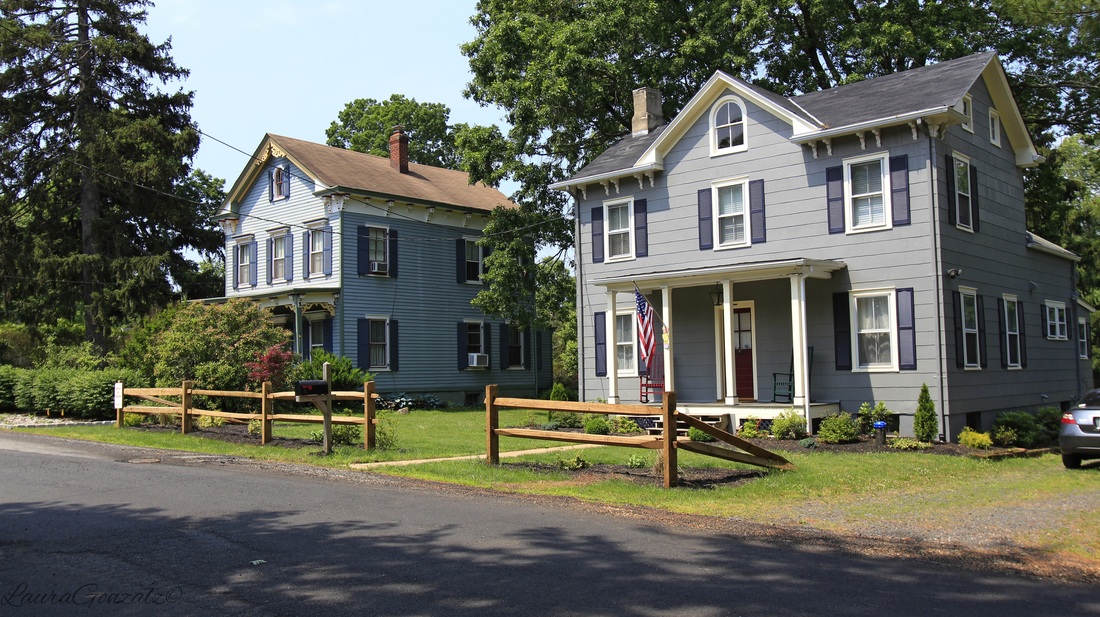
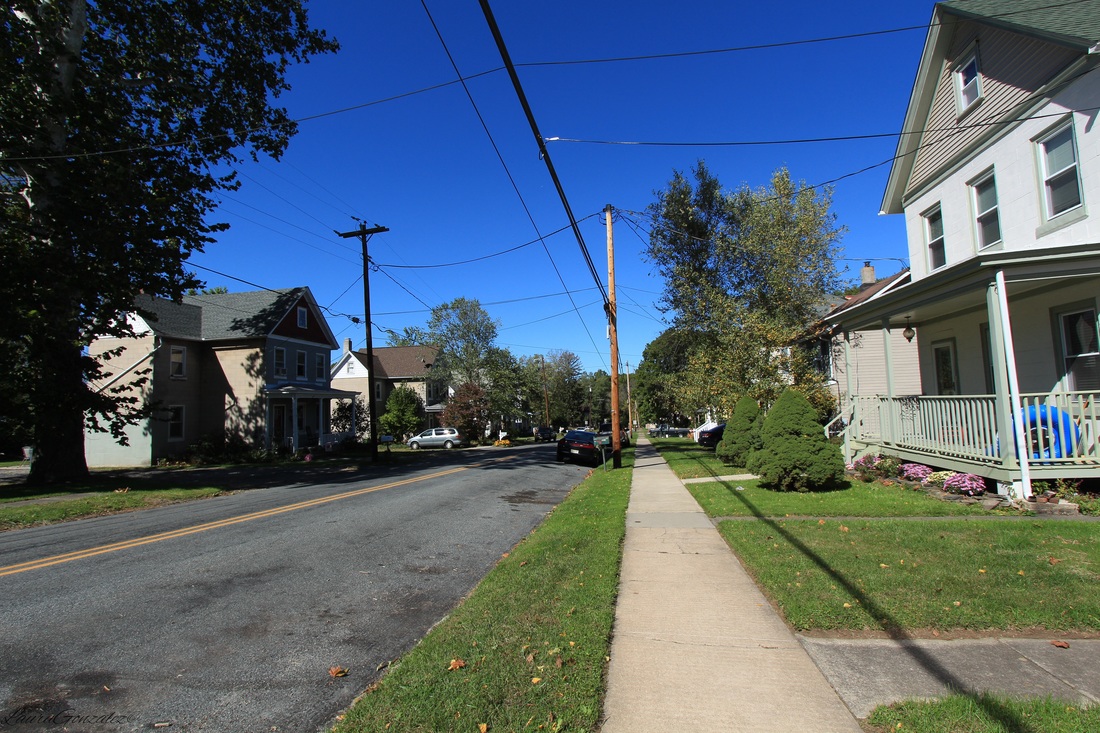
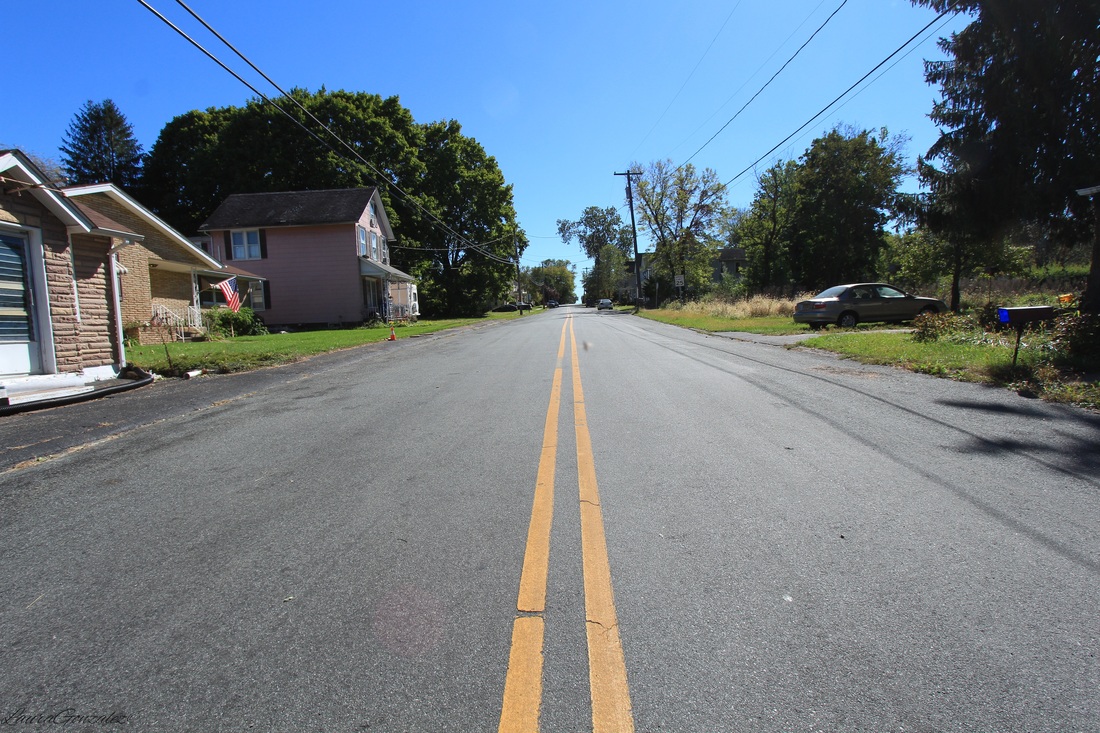
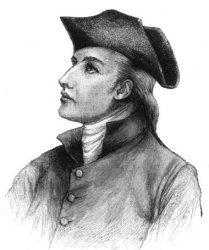
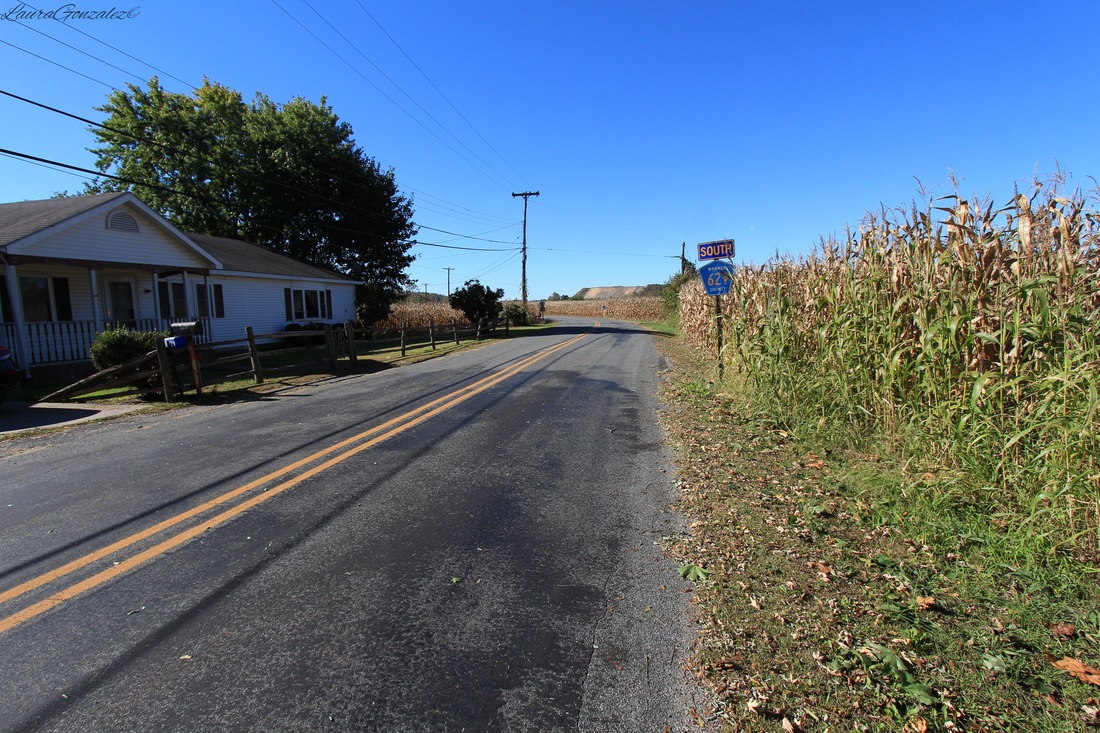
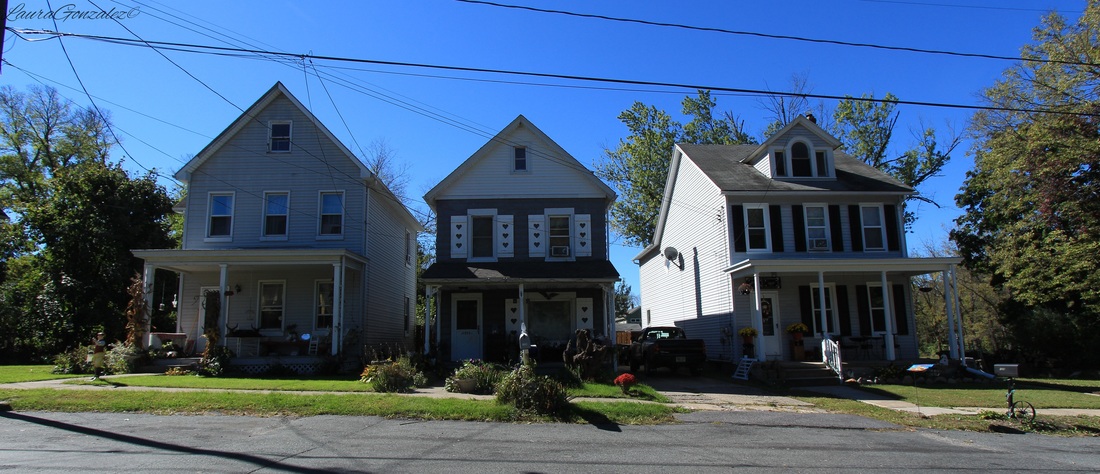
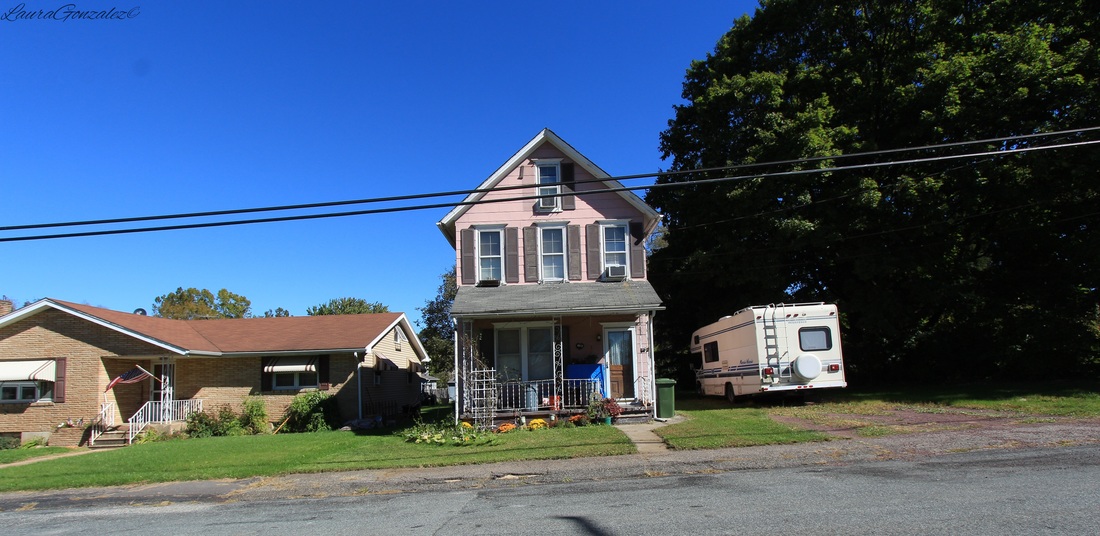
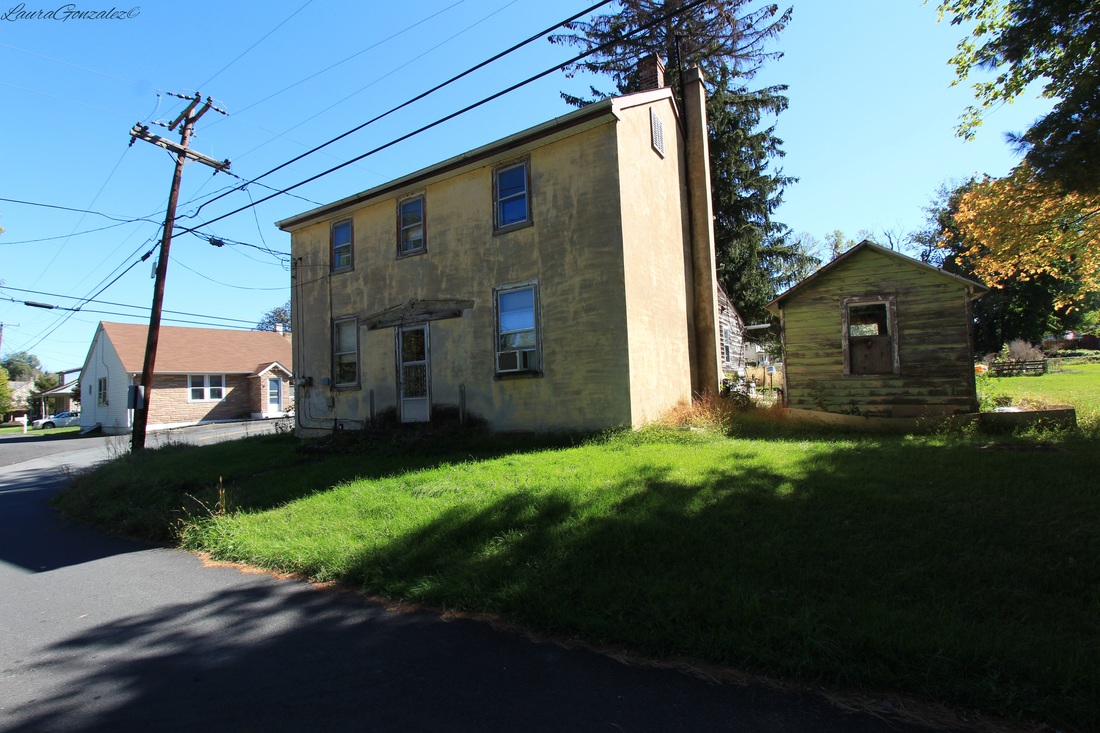
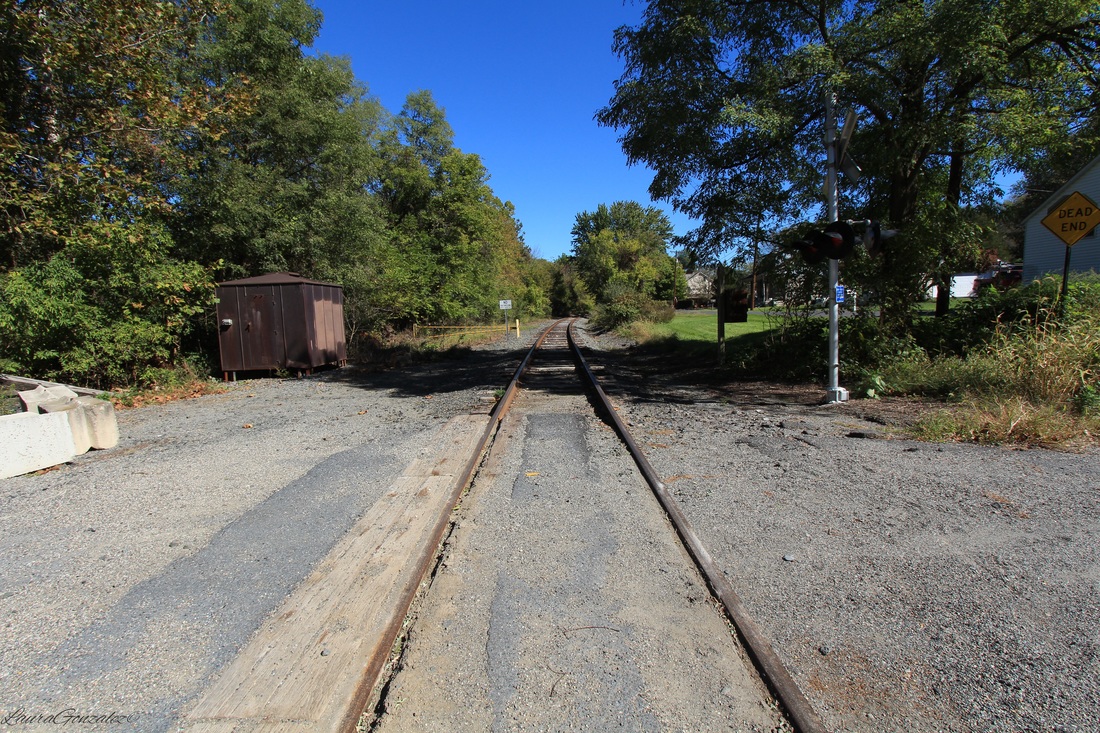
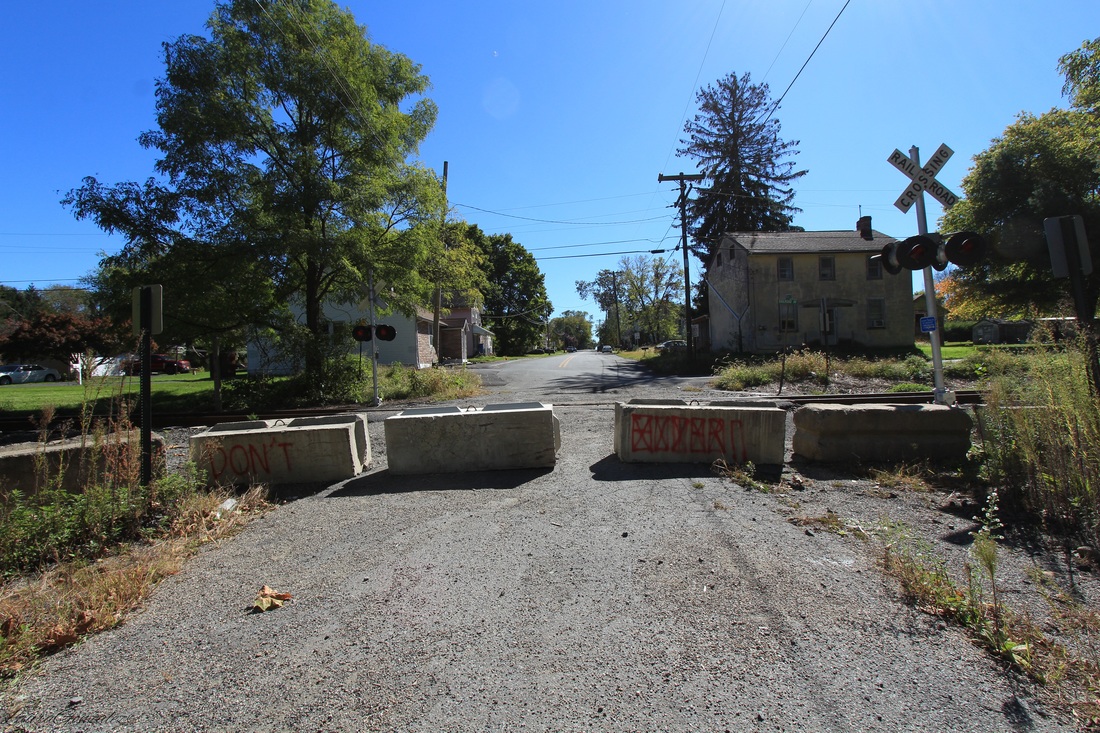
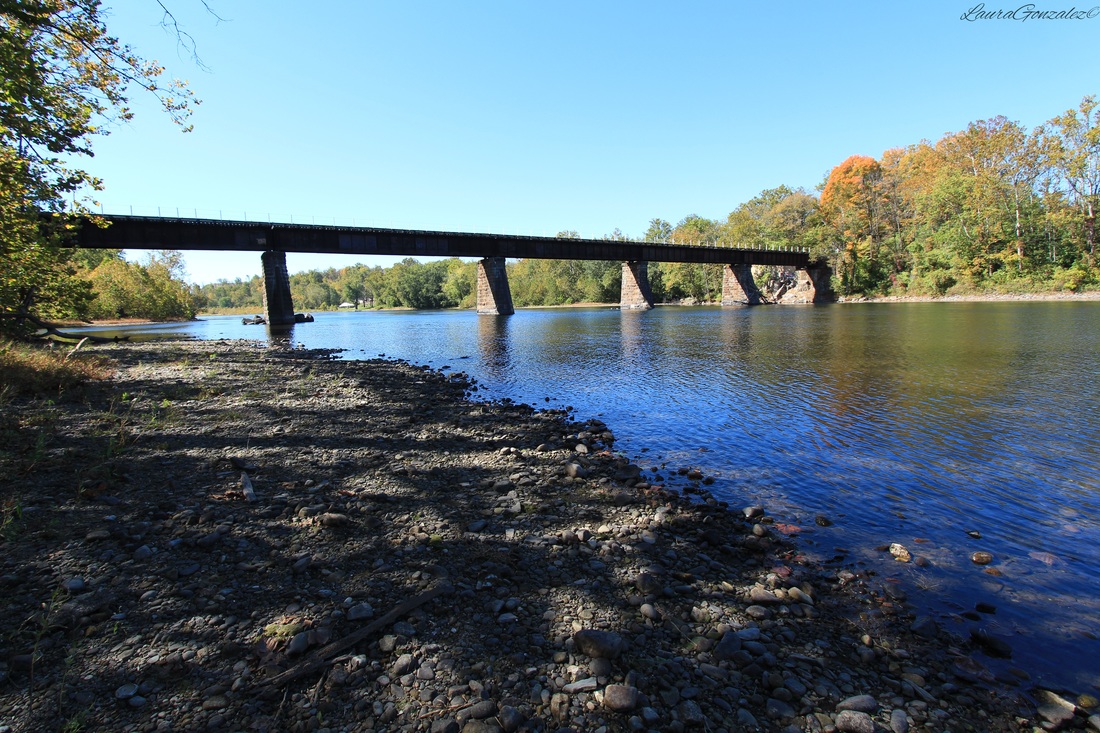
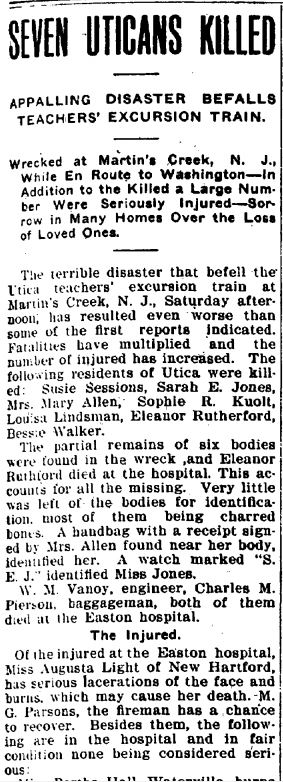
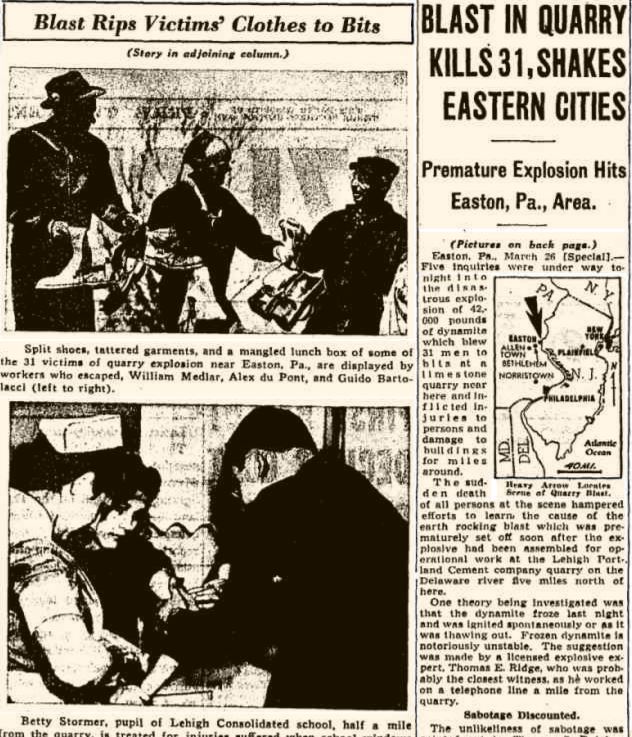
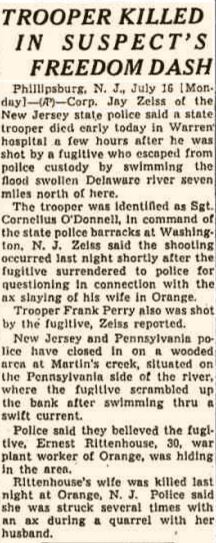
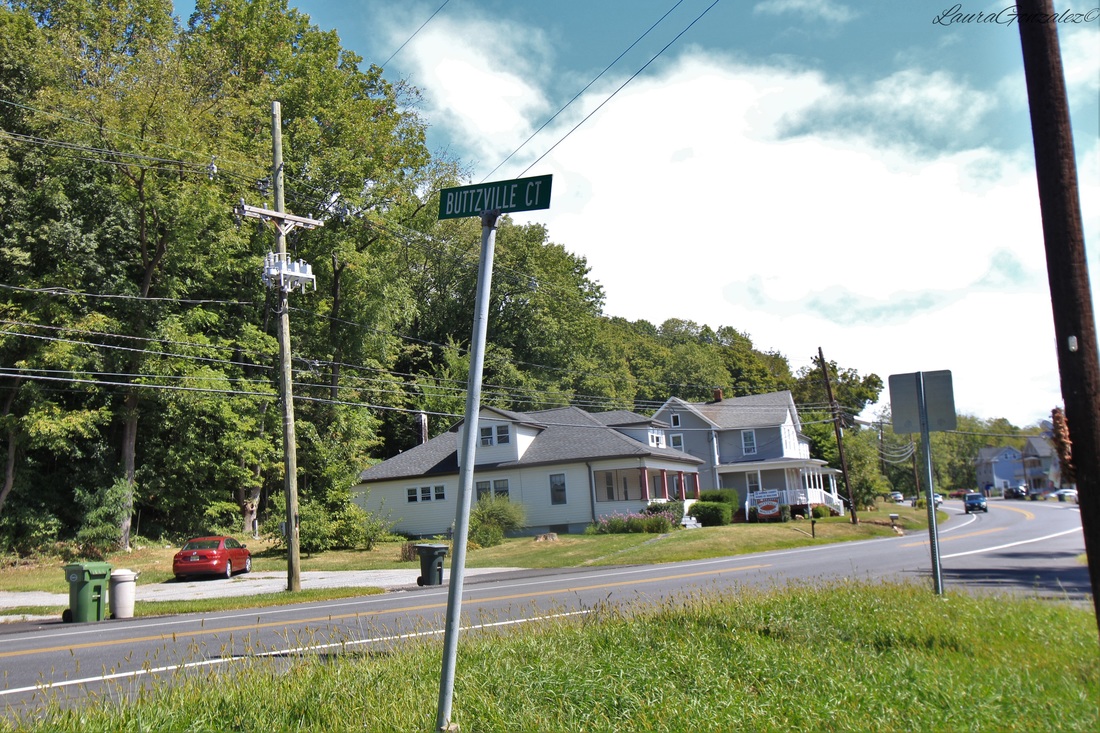
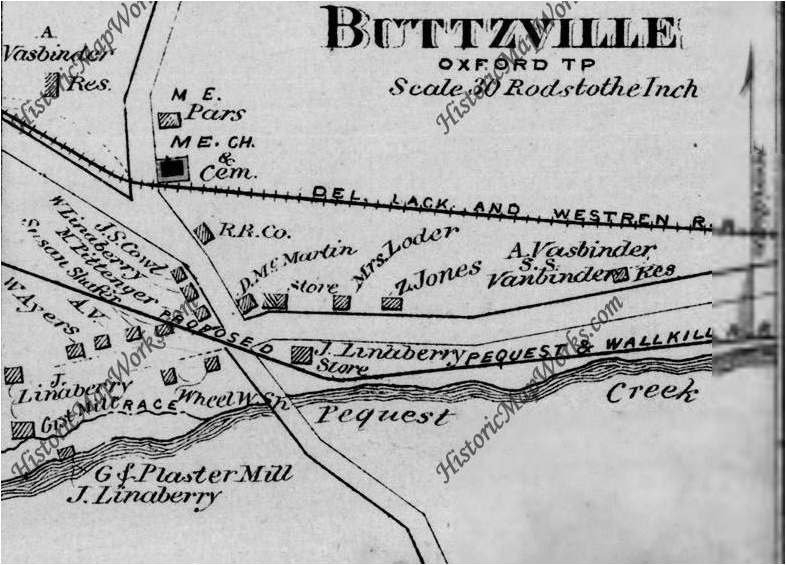
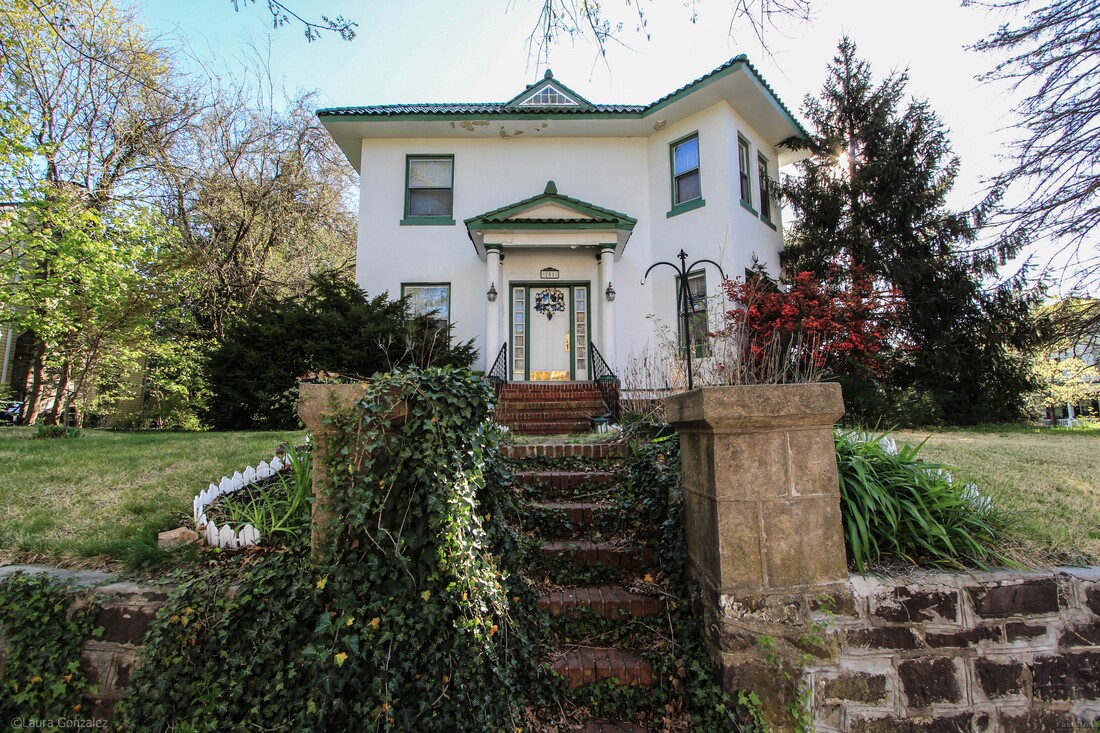
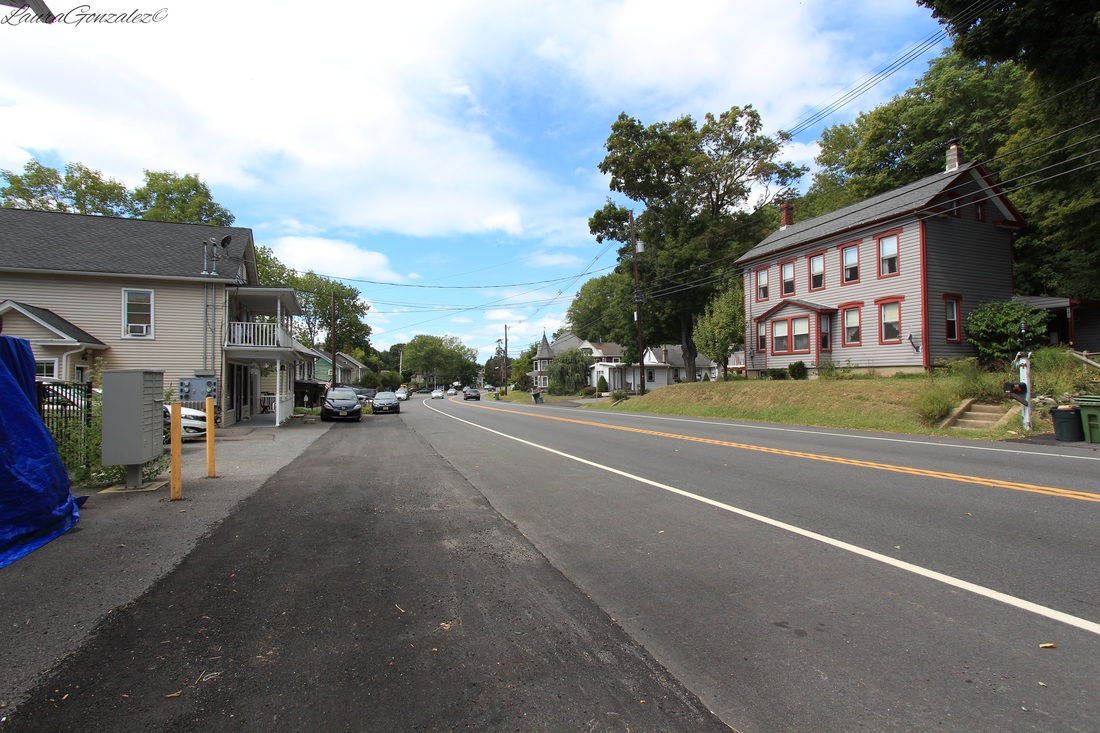
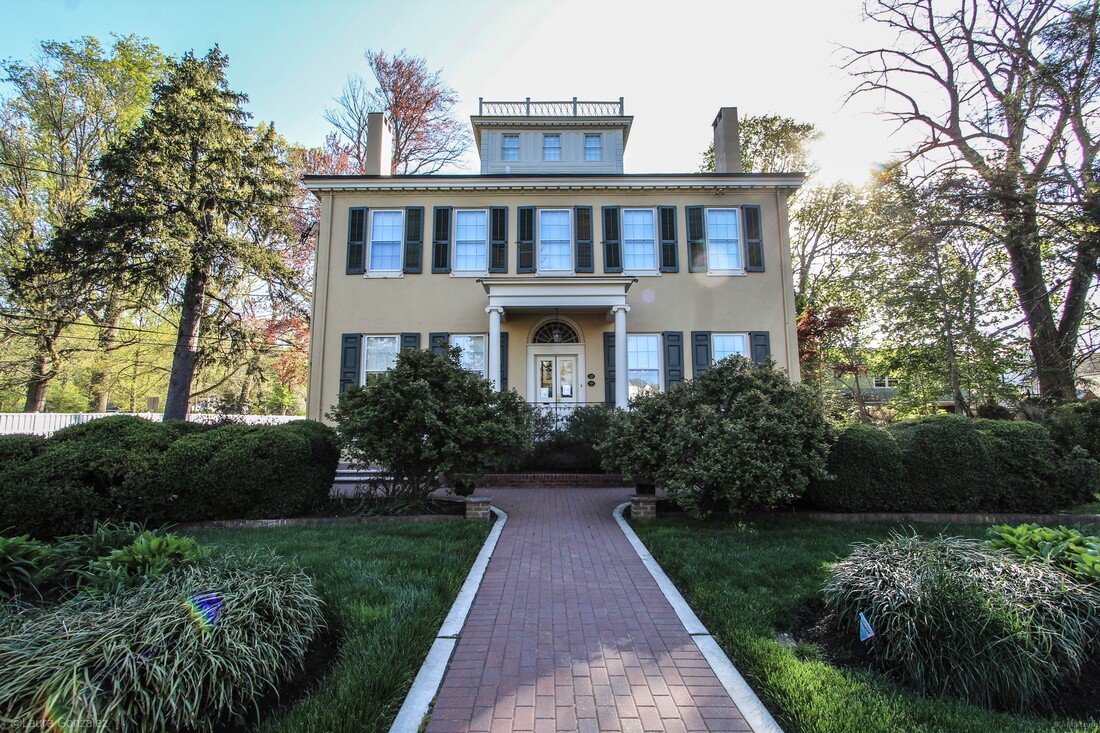
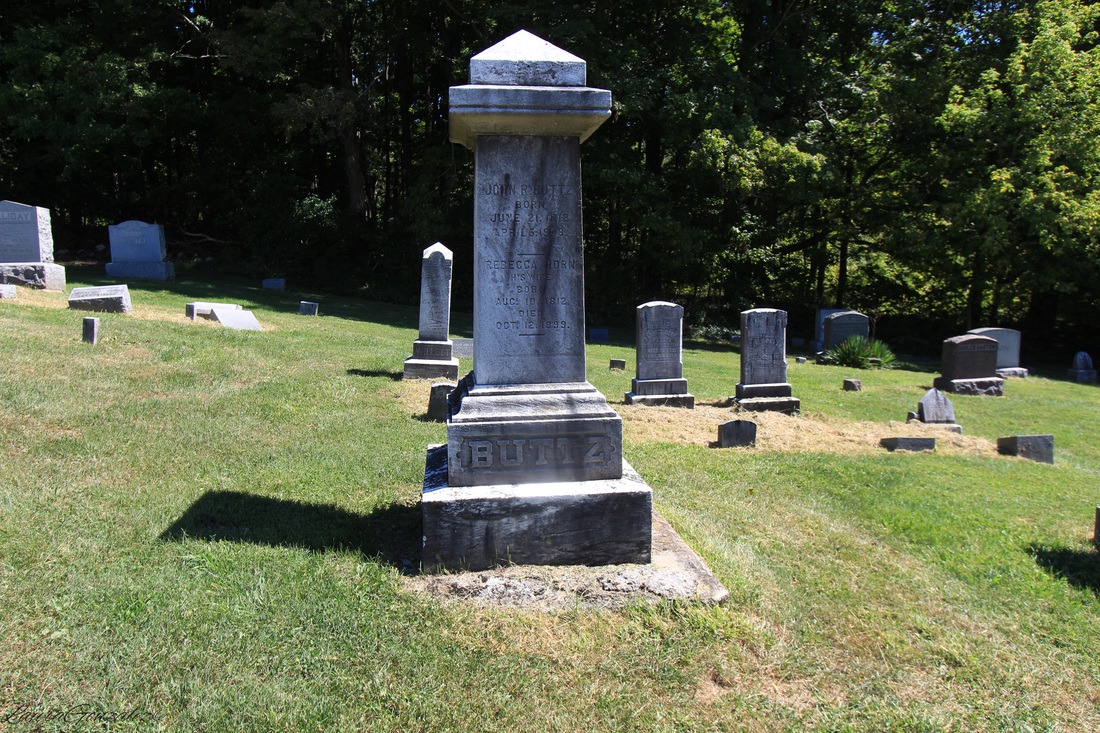
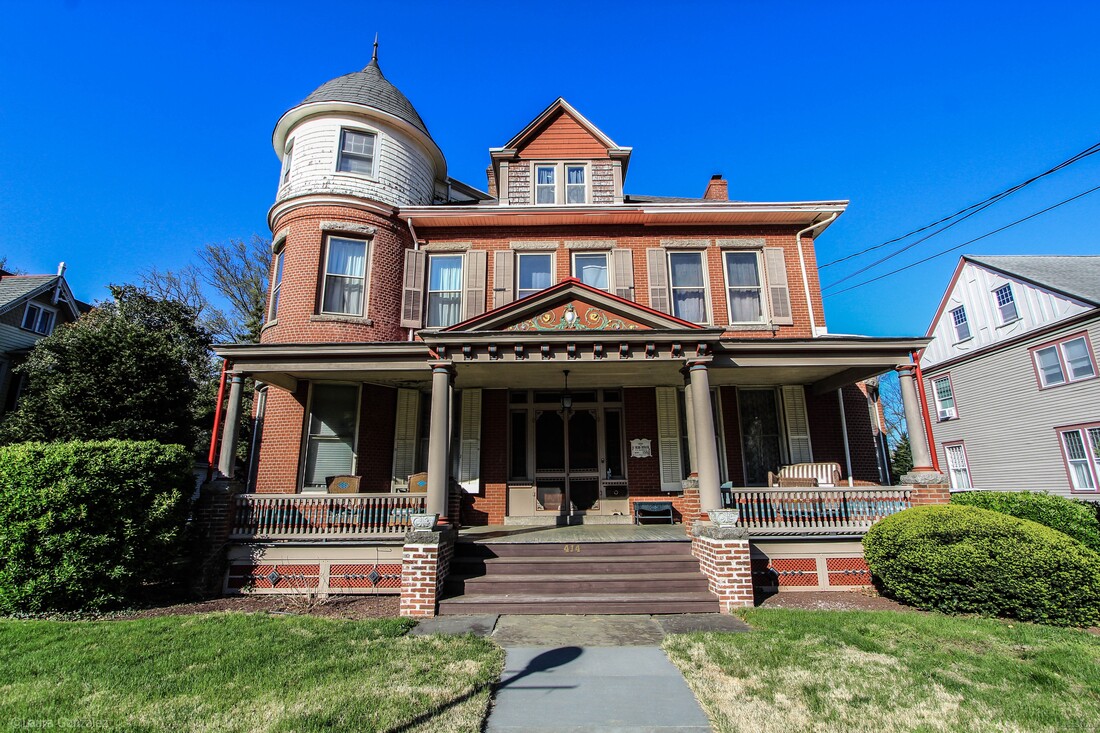
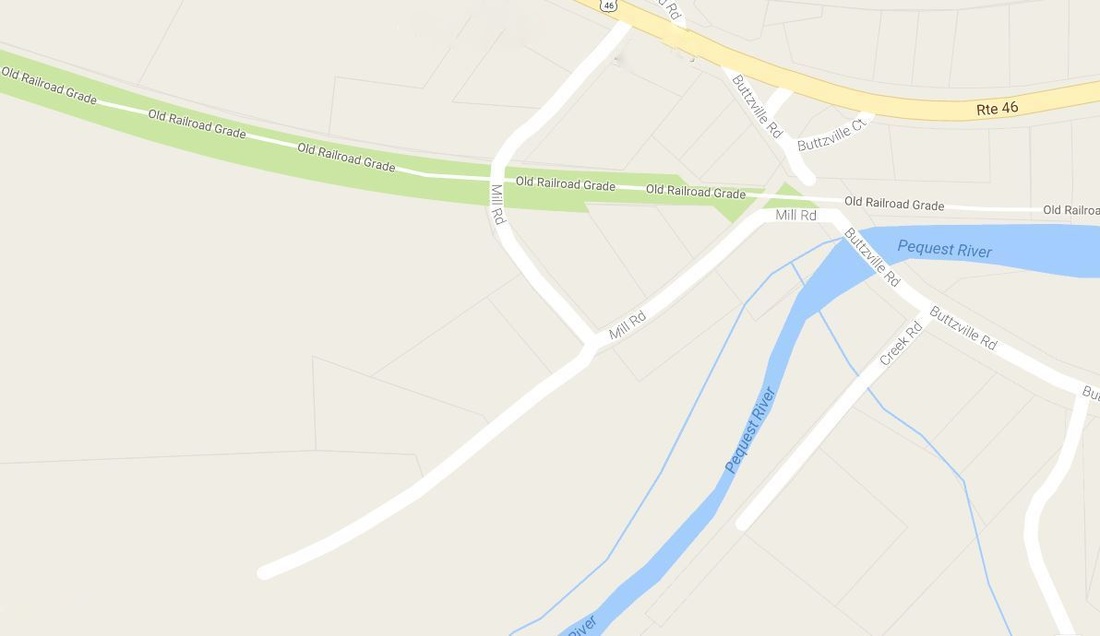

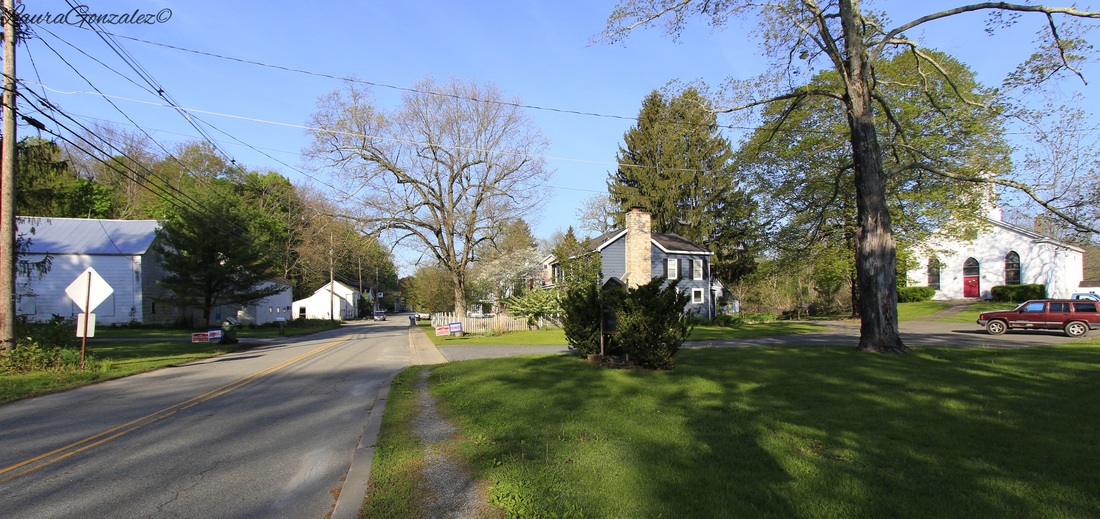
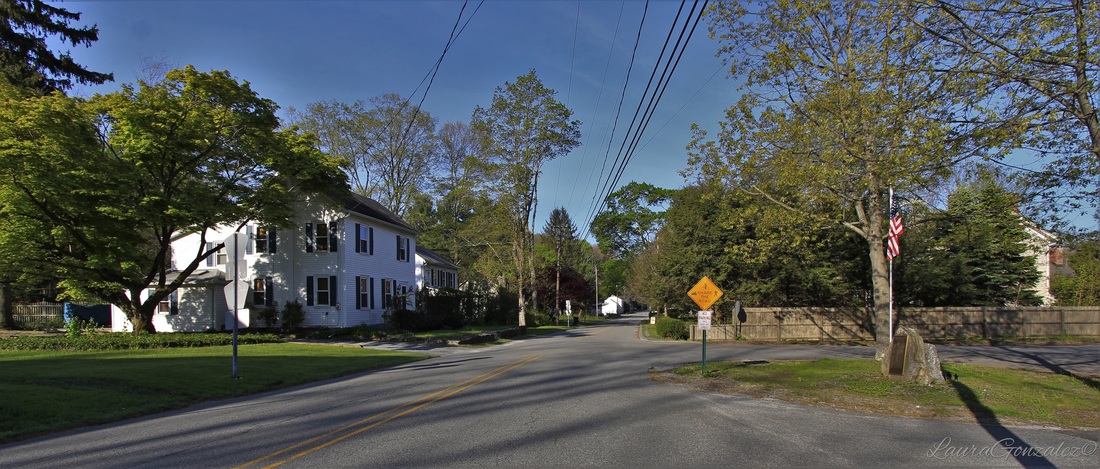
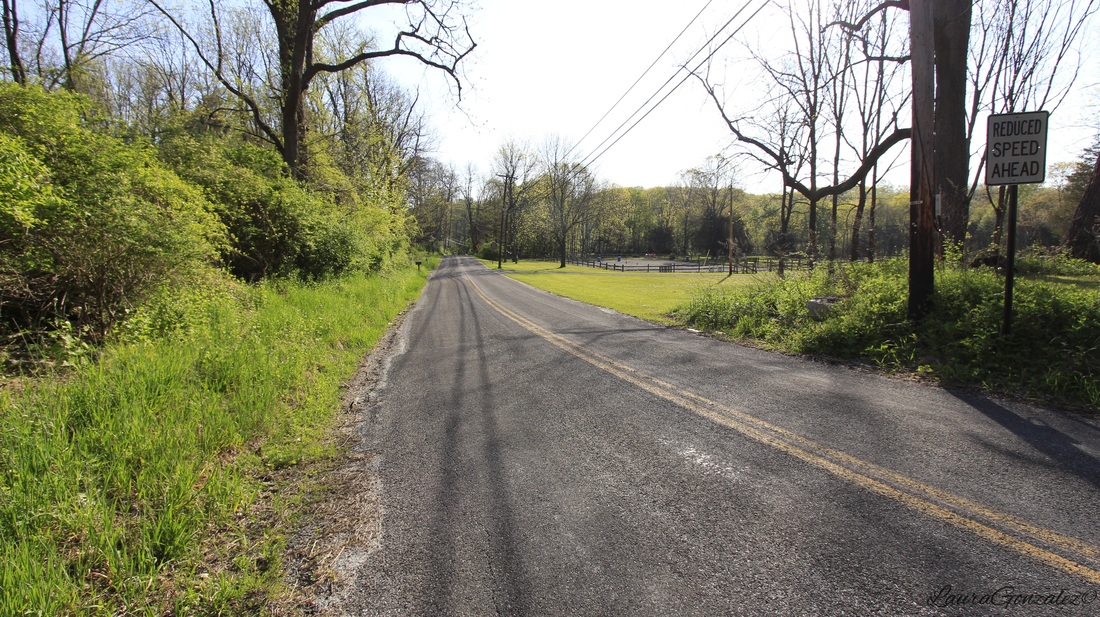
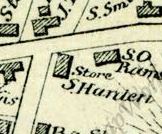
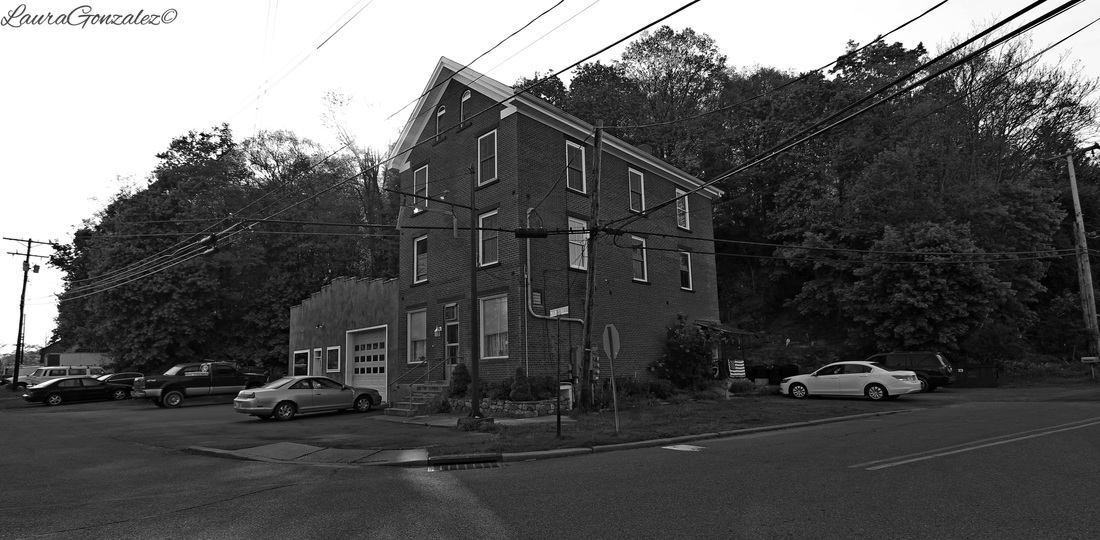
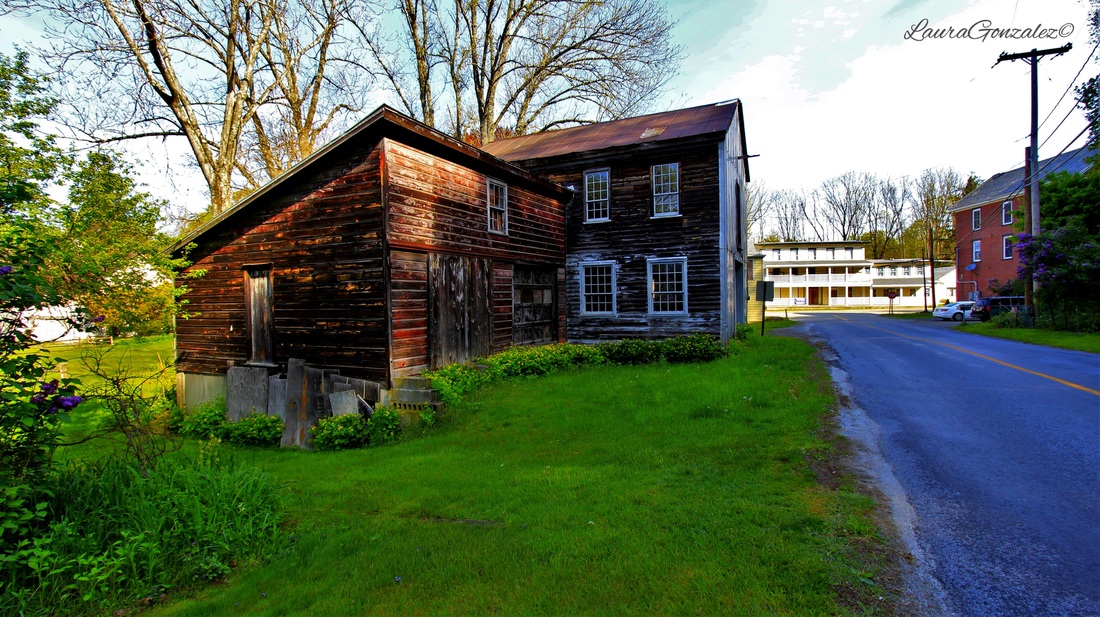
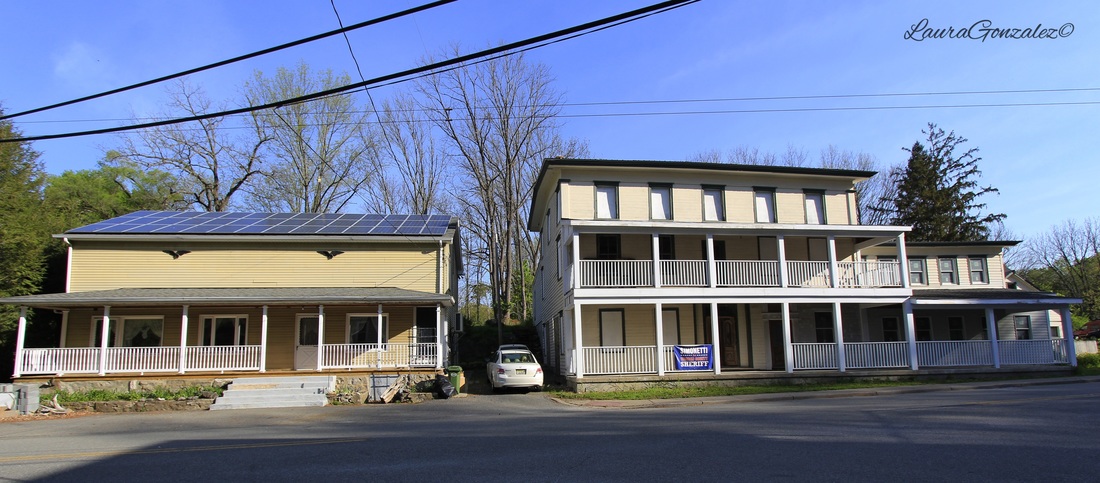
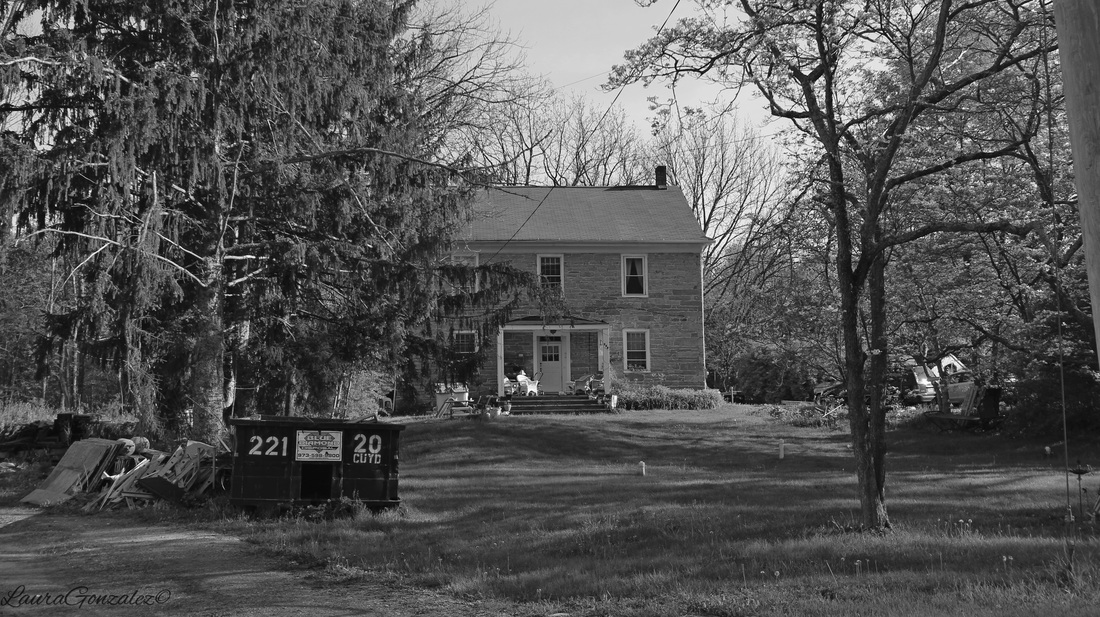
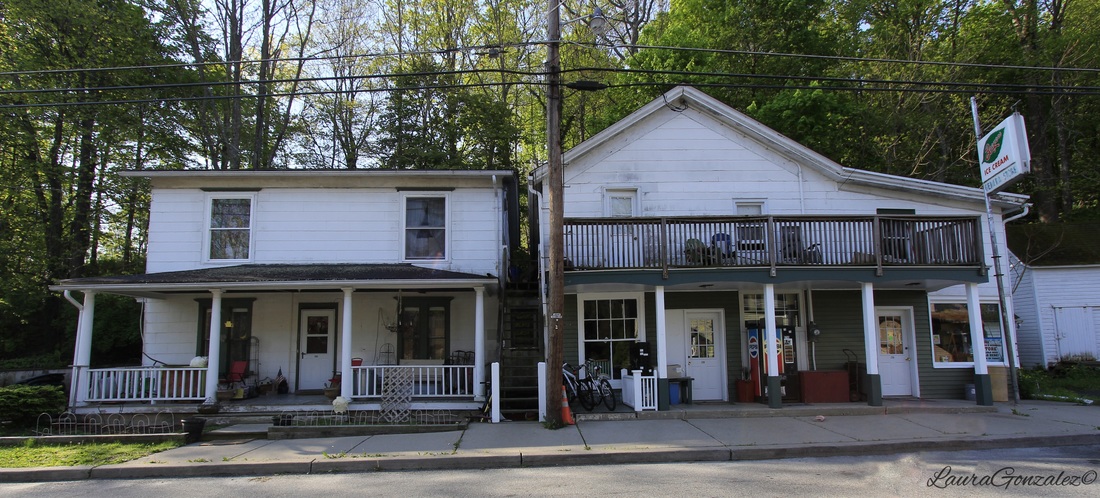
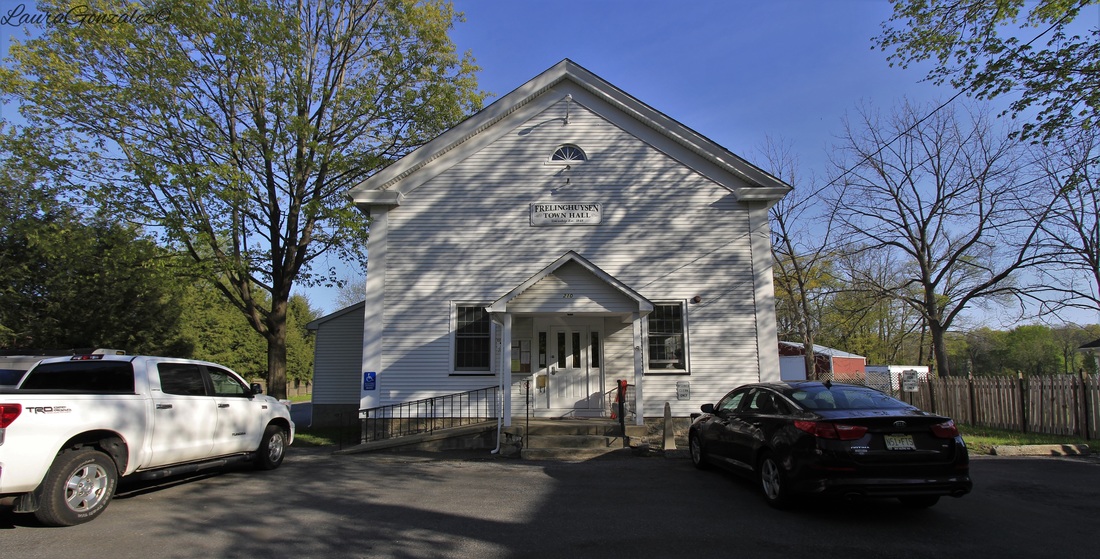
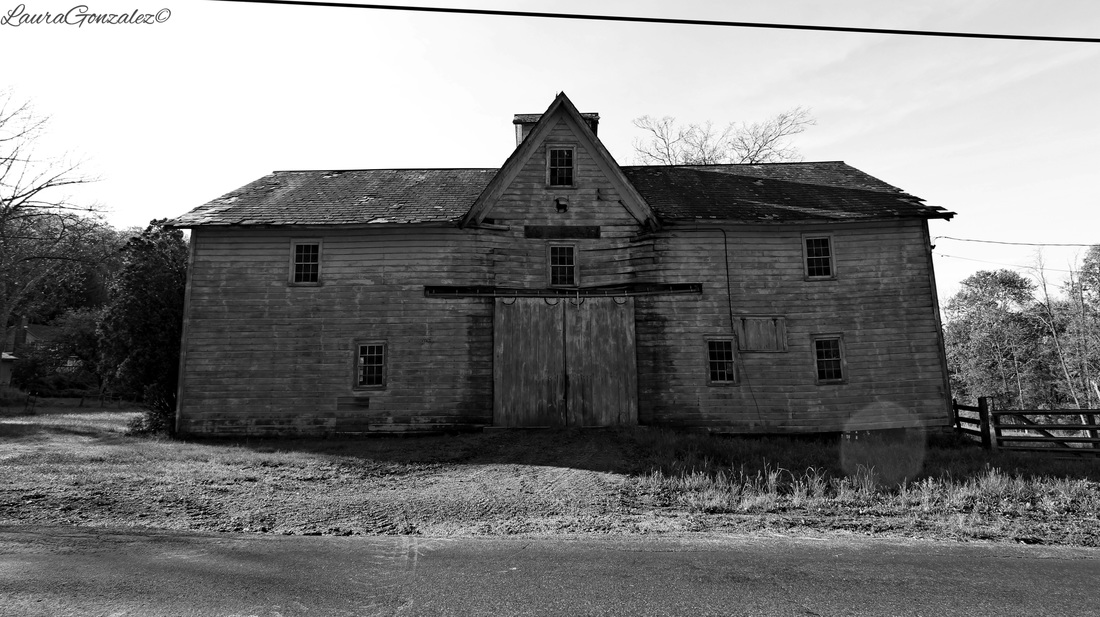
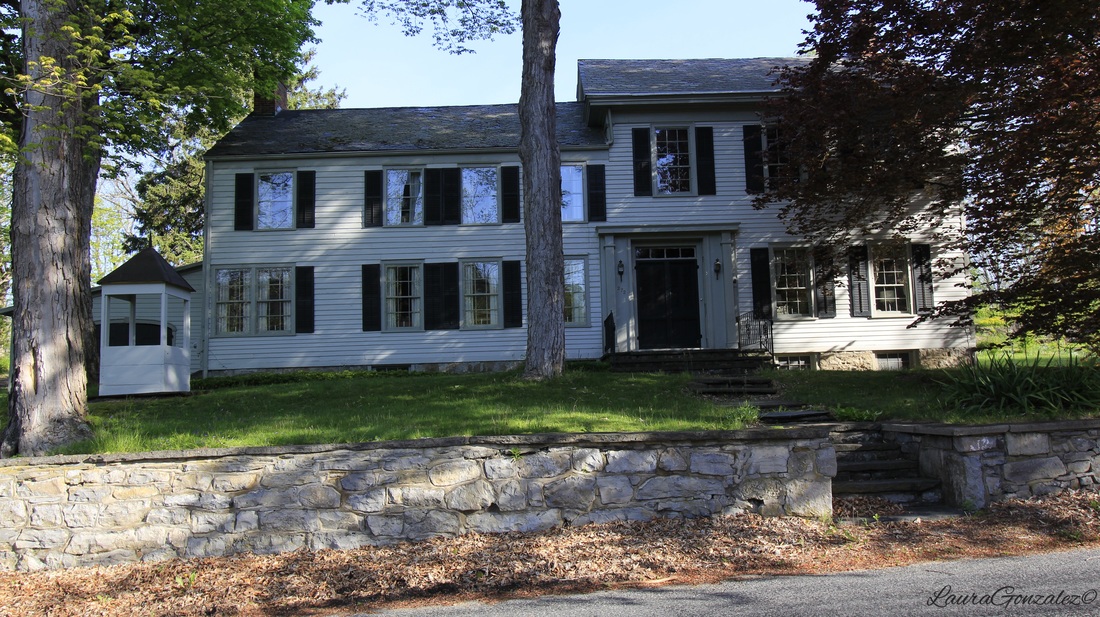
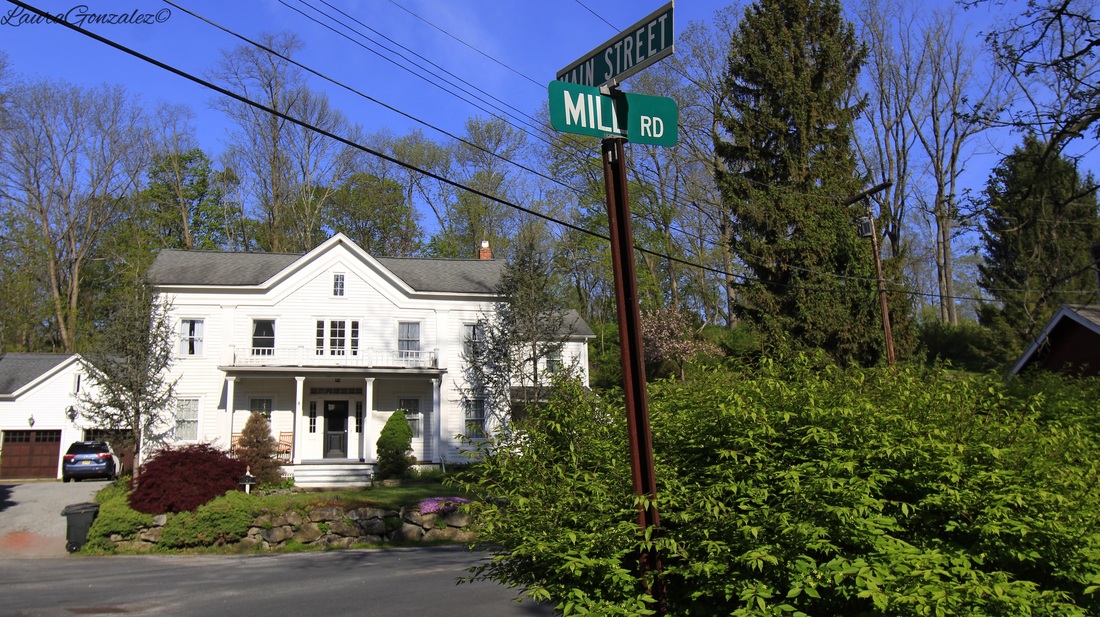
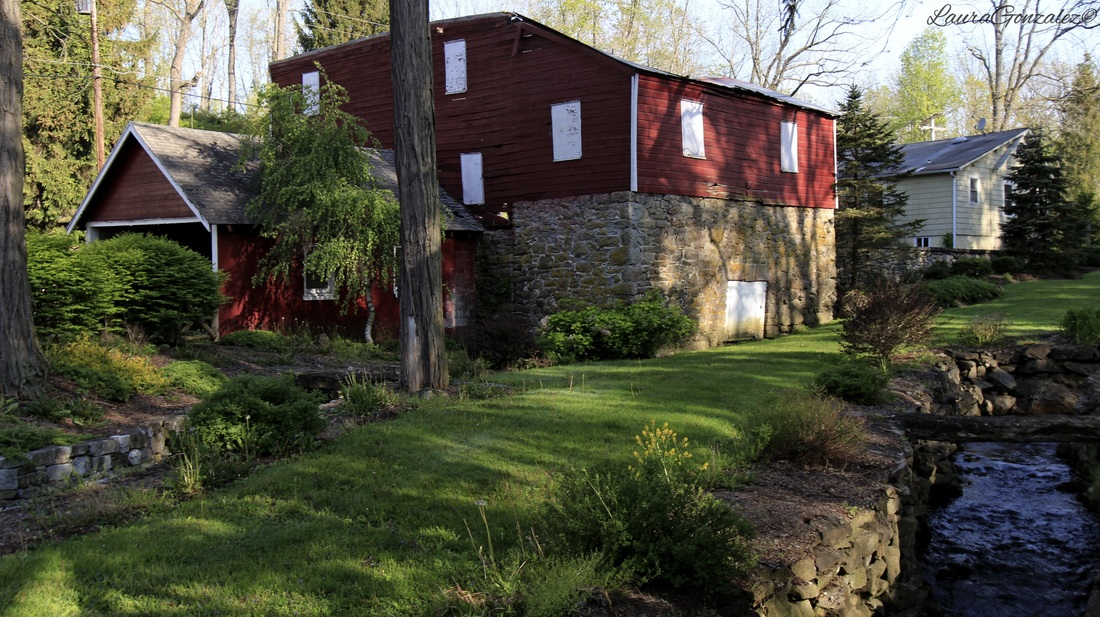
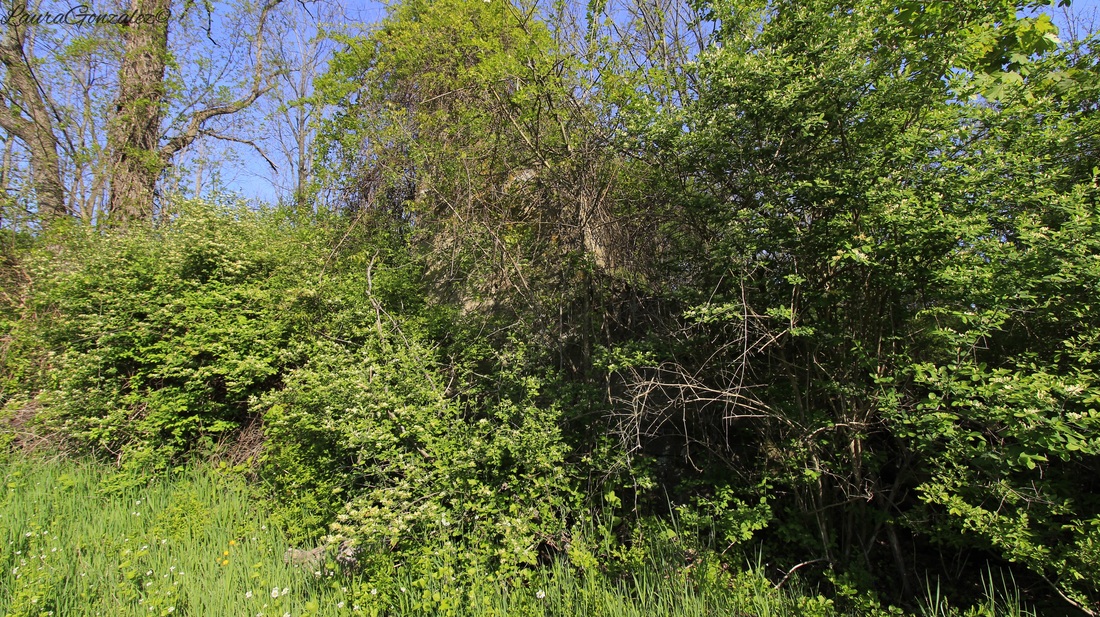
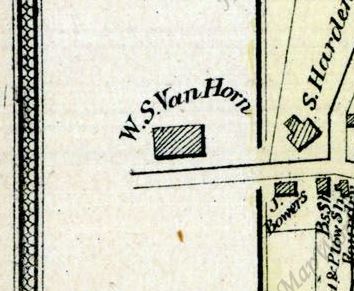
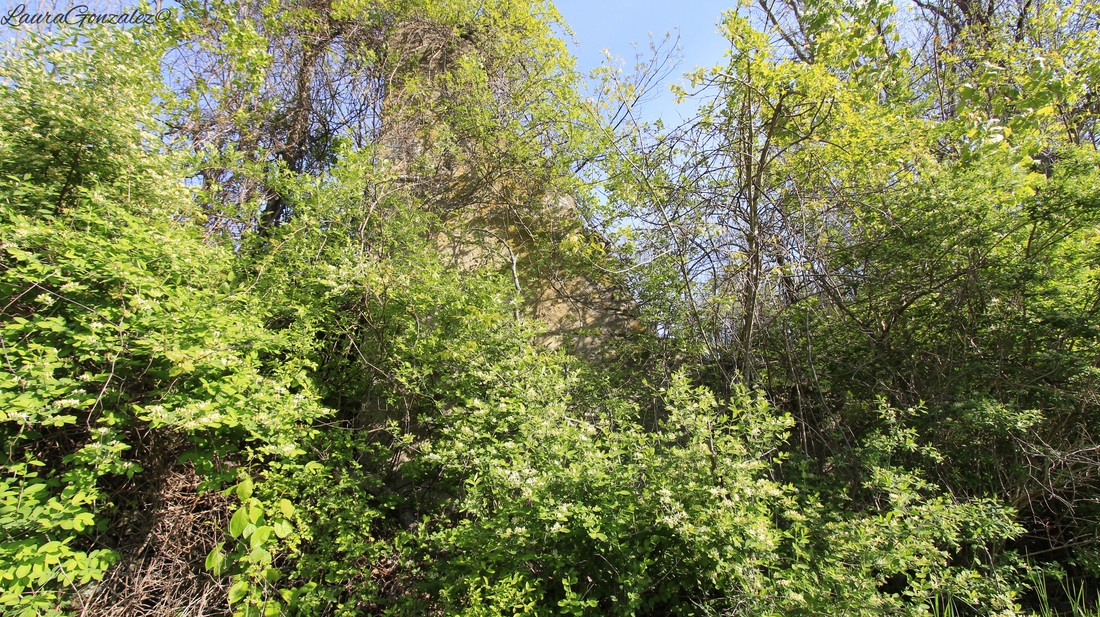
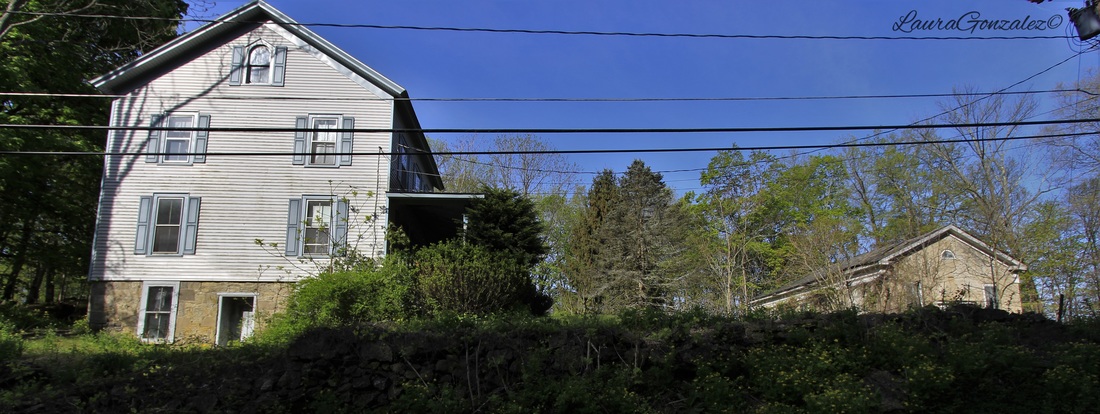
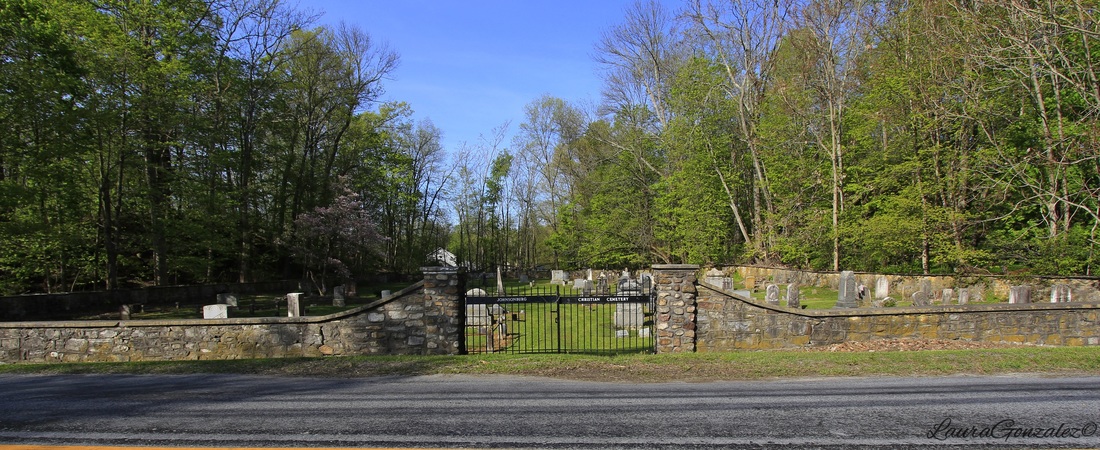
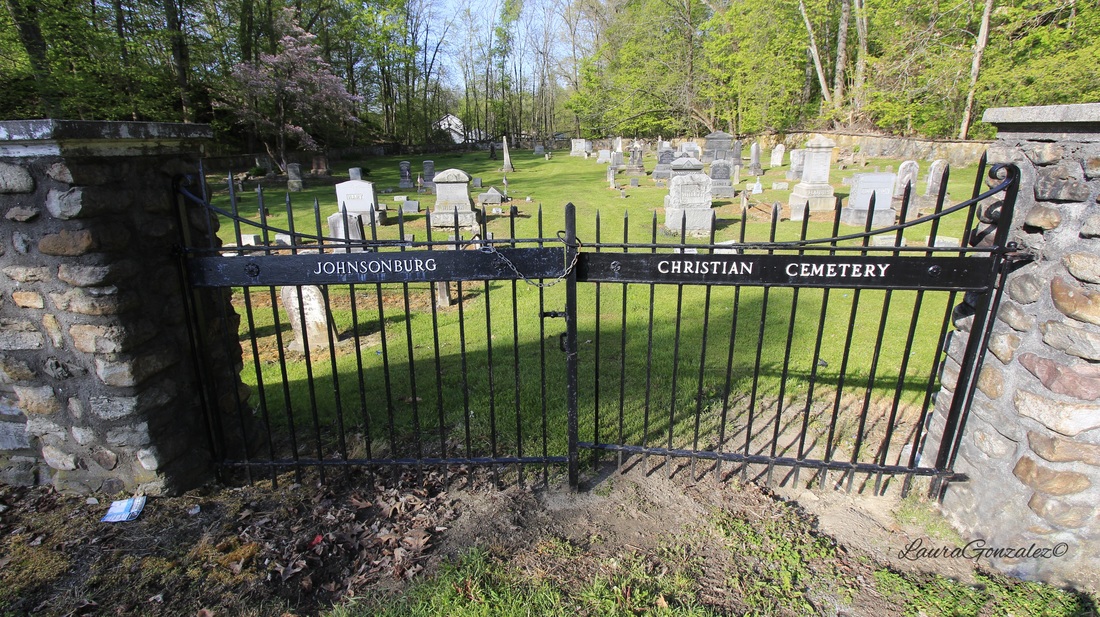
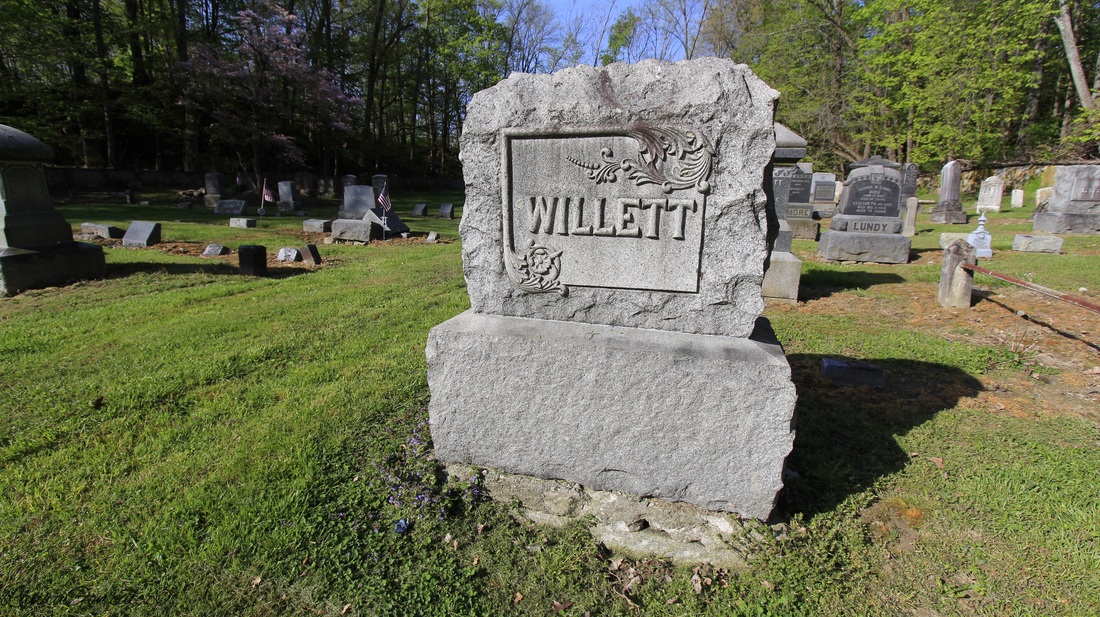
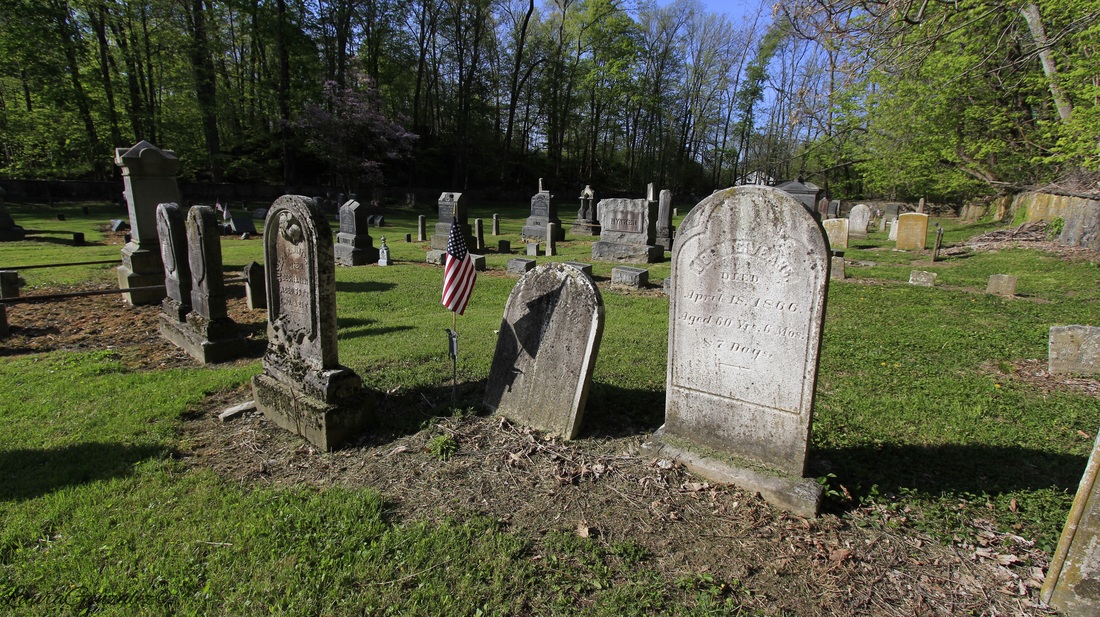
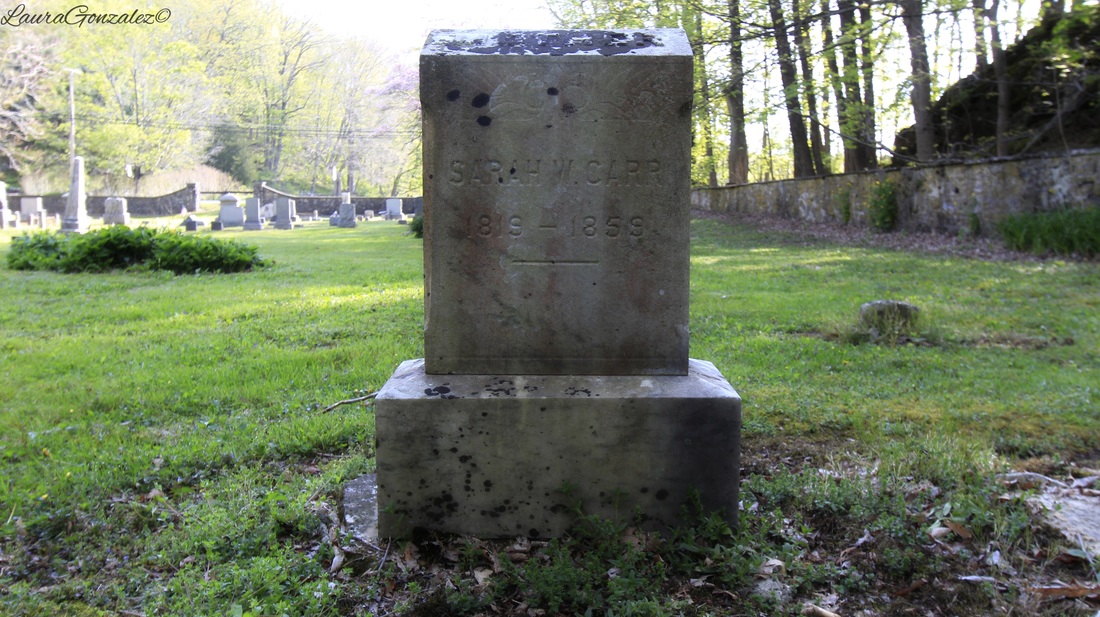
 RSS Feed
RSS Feed
